The Scope and Purpose of a Home Inspection
Buying and selling a property involves risk
The purpose of a home inspection is to help reduce the risk associated with the purchase or sale of a structure by providing a professional opinion about the overall condition of the structure. A home inspection is a limited visual inspection and it cannot eliminate this risk. Some homes present more risks than others. We cannot control this, but we try to help educate you about what we don’t know during the inspection process.
A home inspection is not an insurance policy
This report does not substitute for or serve as a warranty or guarantee of any kind. Home warranties can be purchased separately from insuring firms that provide this service.
A home inspection is visual and not destructive
The descriptions and observations in this report are based on a visual inspection of the structure. We inspect the aspects of the structure that can be viewed without dismantling, damaging or disfiguring the structure and without moving furniture and interior furnishings. Areas that are concealed, hidden or inaccessible to view are not covered by this inspection. Some systems cannot be tested during this inspection as testing risks damaging the building. For example, overflow drains on bathtubs are generally not tested because if they were found to be leaking they could damage the finishes below. Our procedures involve non-invasive investigation and non-destructive testing which will limit the scope of the inspection.
This is not an inspection for code compliance
This inspection and report are not intended for city / local code compliance. During the construction process structures are inspected for code compliance by municipal inspectors. Framing is open at this time and conditions can be fully viewed. Framing is not open during inspections of finished homes, and this limits the inspection. All houses fall out of code compliance shortly after they are built, as the codes continually change. National codes are augmented at least every three years for all of the varying disciplines. Municipalities can choose to adopt and phase in sections of the codes on their own timetables. There are generally no requirements to bring older homes into compliance unless substantial renovation is being done.
This is just our opinion
Construction techniques and standards vary. There is no one way to build a house or install a system in a house. The observations in this report are the opinions of the home inspector. Other inspectors and contractors are likely to have some differing opinions. You are welcome to seek opinions from other professionals.
The scope of this inspection
This inspection will include the following systems: exterior, roof, structure, drainage, foundation, attic, interior, plumbing, electrical and heating. The evaluation will be based on limited observations that are primarily visual and non-invasive. This inspection and report are not intended to be technically exhaustive.
Your expectations
The overall goal of a home inspection is to help ensure that your expectations are appropriate with the house you are proposing to buy. To this end we assist with discovery by showing and documenting observations during the home inspection. This should not be mistaken for a technically exhaustive inspection designed to uncover every defect with a building. Such inspections are available but they are generally cost-prohibitive to most homebuyers.
Your participation is requested
Your presence is requested during this inspection. A written report will not substitute for all the possible information that can be conveyed verbally by a shared visual observation of the conditions of the property.
How to Read This Report
Getting the Information to You
This report is designed to deliver important and technical information in a way that is easy for anyone to access and understand. If you are in a hurry, you can take a quick look at our "Summary Page” and quickly get critical information for important decision making. However, we strongly recommend that you take the time to read the full Report, which includes digital photographs, captions, diagrams, descriptions, videos and hot links to additional information.
The best way to get the layers of information that are presented in this report is to read your report online (the HTML version), which will allow you to expand your learning about your house. You will notice some words or series of words highlighted in blue and underlined – clicking on these will provide you with a link to additional information. The HTML version of this report also contains streaming videos. Short video clips often contain important information and critical context and sounds that can be difficult to capture in words and still pictures.
For the most reliable viewing experience, I recommend viewing the report on as large a screen as practical, as much detail can be lost on small devices like smart phones. For similar reasons, reports should only be printed in color to retain as much detail as possible and minimize misinterpretation of photographs.
This report can also be printed on paper or to a PDF document.
Chapters and Sections
This report is divided into chapters that parcel the home into logical inspection components. Each chapter is broken into sections that relate to a specific system or component of the home. You can navigate between chapters with the click of a button on the left side margin.
Most sections will contain some descriptive information done in black font. Observation narrative, done in colored boxes, will be included if a system or component is found to be significantly deficient in some way or if we wish to provide helpful additional information about the system or the scope of our inspection. If a system or component of the home was deemed to be in satisfactory or serviceable condition, there may be no narrative observation comments in that section and it may simply say “tested,” or “inspected.”
Observation Labels
All narrative observations are colored, numbered and labeled to help you find, refer to, and understand the severity of the observation. Observation colors and labels used in this report are:
- Major Concern:Repair items that may cost significant money to correct now or in the near future, or items that require immediate attention to prevent additional damage or eliminate safety hazards.
- Repair:Repair and maintenance items noted during inspection. Please note that some repair items can be expensive to correct such as re-finishing hardwood floors, but are considered simply repair items due to their cosmetic nature.
- Recommended Maintenance:These are repair items that should be considered "routine home ownership items," such as servicing the furnace, cleaning the gutters or changing the air filters in the furnace.
- Improve or Upgrade:Observations that are not necessarily defects, but which could be improved for safety, efficiency, or reliability reasons. These are often items which reflect changes in building codes or standards.
- Due Diligence:Observation such as a buried oil tank that may require further investigation to determine the severity and / or urgency of repair.
- Efficiency:Denotes observations that are needed to make the home more energy efficient as well as to bring the home up to modern insulation standards. This category typically includes windows and insulation. Other items, such as lighting and appliances, are not inspected for their energy status.
- Recommended Disclosure Items:These are observations for which we recommend that sellers disclose more information to buyers so that buyers can better understand recent servicing, repairs or maintenance or even construction history or building and site design.
- Home Owners Association:These items should be brought to the attention of the Home Owner Association for correction or for additional information
- Inspection Notes:Aside information and /or comments elaborating on descriptions of systems in the home that the inspector might find useful to purchase decisions or home ownership. .
Pest Inspection
All items with the bug logo () are part of a structural pest inspection. If your inspector included a structural pest inspection as a part of the scope of your home inspection, you can distinguish pest inspection items by this logo. You can also go to the pest inspection summary page to see a summary of the items that are part of a pest inspection.
Summary Page
The Summary Page is designed as a bulleted overview of all the observations noted during inspection. This helpful overview is not a substitution for reading the entire inspection report. The entire report must be read to get a complete understanding of this inspection report as the Summary Page does not include photographs or photo captions.
Moisture Meter Testing
Where moisture meter testing is indicated in this report a Protimiter Survey Master Dual Function was used.
Summary
Major Concerns
- CS3-1 Crawl Space:
Overall, numerous repairs are needed to the crawl space below this house. I have made a series of detailed observations in the base of this report and below in this observations but given the extent of repairs I recommend further evaluation of this crawl space by a licensed general contractor who specializes in crawl space clean-up as additional repairs could be needed that are latent or concealed. Examples of observations noted during inspection include:
- Pipe insulation is incomplete on supply piping
- The plastic vapor barrier is rodent damaged and incomplete in places
- The sub-floor insulation is rodent-damaged and requires repair and replacement
- Wood debris should be cleaned from the floor.
Repairs
- G2-1 Garage:
The pulldown ladder in the garage does not appear to be a fire rated model. This can be tricky to repair without replacing the pulldown ladder with a fire rated model - see LINK as an example. You can try sheet rocking the ladder cover, but this often compromises proper operation of the ladder, causing the ladder to sag and leaving a gap in the fire wall. You can also try making a fire rated sheetrock separation between the garage and the house in the attic above the garage, but this too can be complicated. Hire a qualified contractor to further evaluate and repair.
- G2-2 Garage:
The auto-close hinges on the garage occupant-door have been disabled. This safety device is recommended to ensure the door is closed to keep pollutants and even fire from spreading into the house. Repair as needed.
- RCG-2 Roof, Chimney and Gutters:
The downspout at the southwest corner is not properly secured to the house and is not connected to the storm drain. Repair as needed.
- EDFW-1 Electric Distribution and Finish Wiring:
Repair the broken exterior electric receptacle cover - backyard. The modern "in-use covers" are recommended to protect this receptacle.
- EDFW-2 Electric Distribution and Finish Wiring:
I recommend additional inspection of some of the light switches in the entry / stairway area. It is confusing operating the lights and one of the switches by the door seems to shut off the fireplace fan, which is odd. Also, it takes a unique sequence of switches to get the stairwell light to come on. Adjust / repair as needed/desired.
- P2-4 Plumbing:
The hose bib at the front side of the house is poorly mounted to the siding. This could cause leaks in the siding around the hose bib and could allow the hose bib to become loose during operation. Hose bibs should be securely mounted to blocks that are lead into the siding and which are properly flashed or caulked.
- P2-5 Plumbing:
The leaky hose bib at the north side of the house requires repair or replacement - it leaked from the faucet handle when the faucet was turned on and under pressure. This often requires tightening the packing around the handle stem.
- P2-6 Plumbing:
The hose bib at the south side appears to require an anti-siphon attachment - the threads available at the end of the hose bib are thin and most hoses will not attach to this. Repair as needed. Please note that anti-siphon protection is recommended to prevent stagnant water in a hose from accidentally being pulled into the house water supply.
- I-2 Interior:
The energy coating for the window seems to have failed - see the cloudy stain between the panes of glass - west, 2nd floor bedroom. This typically requires glazing replacement to repair. Hire a qualified glass replacement specialist to further evaluate and repair as needed.
- PB3-2 Powder Bathroom:
The bullnose material is loose in the powder bathroom cabinet. Repair or update as needed.
- PB3-3 Powder Bathroom:
The mirror in the powder bathroom is missing its reflective surface in places. Update the mirror as desired.
- GB-2 Upstairs Bathroom:
The handle for the mixing valve to the upstairs bathroom shower is loose. Secure the loose handle as needed to ensure reliable performance.
- GB-3 Upstairs Bathroom:
The shower head in the downstairs bath is leaking and requires repair. Leaky shower heads are common and not a significant concern. Adjust as needed to prevent leakage at the shower head.
- A-4 Attic:
The attic insulation is rodent-damaged - not bad, just a few trails in places. Remove all contaminated insulation and complete repairs to fans, wiring, ventilation.... Once repairs are complete re-insulate to modern standard or to best possible levels. Be sure to seal up all air leakage points during repairs and prior to insulating to modern standard be sure all rodent issues have been resolved and all projects like wiring and bath fans have been completed.
Recommended Maintenance Items
- HCFV-1 Heating, Cooling, Fireplaces and Ventilation:
Annual servicing of the electric forced air furnace is recommended for safe and reliable heat. I could not find recent service records on the furnace, so a servicing is recommended. The furnace was tested during inspection and was operational. Examples of observations noted during inspection include:
- P2-3 Plumbing:
The water heater temperature seemed to be set too low at the time of inspection - just 107 degrees F. The range of 120-125 degrees F is the generally recommended temperature. This is nearly impossible to measure precisely during a home inspection as water temperature can vary between fixtures. I try and test the water temperature in several places and take the median reading. Adjust water heater temperature as needed. For best practice, set water temperature at the water heater to 130 degrees F and use a tempering valve to set water temp back to a safe 120 for domestic use. This high tank temperature will reduce risks of Legionella developing in the tank and the tempering valve will ensure a safe water temperature.
- I-1 Interior:
A loose screw was noted on the pocket door to the main bathroom. Repair as needed for smooth operational pocket door
Improve Or Upgrades
- ES1-2 Electric Service:
The white conductors inside the electric panel at the breakers are not correctly identified as hot or ungrounded conductors - these should be painted in black or red ink for correct identification and improved safety. I would do this in the context of other electrical repairs.
- ES1-4 Electric Service:
No surge protection was noted at the electrical equipment today. The 2020 edition of the National Electric Code requires type I or type 2 surge protection on new or renovated homes. Though not adopted yet this code change reflects the growing complexity of electric appliances in our houses and the growing risk of damage to electrical equipment due to internal or external electrical surges. This short video explains more about electrical surges and surge protection. I recommend upgrading and adding surge protection for improved protection of the electrical appliances in this building.
- ES1-5 Electric Service:
The AFCI breakers inside the electric panel are an older Branch Feeder type breaker. These are a first generation technology and many of them had troubles with nuisance tripping and they are not capable of detecting series arcing conditions. Modern AFCIs are called Combination AFCIs and they can detect both series and parallel arcing conditions. Updating these old branch feeder AFCIs with modern combination type AFCI protection is recommended.
- K-2 Kitchen:
A ductless exhaust fan was noted for the cook-top. Installation of a fan that ducts to the exterior is recommended to remove moist air and odors to the exterior. Please note that if you switch to a gas range or cooktop in the future, a fan that vents to the exterior is still not required, as long as there is some ventilation in the kitchen, but is more strongly recommended. Gas ovens produce carbon monoxide while running and should really have an exhaust vent to the exterior.
- LF-1 Laundry Facilities:
A moisture alarm with water shut-off features is recommended under the washing machine to protect against accidental leaks in the supply hoses. Pans can be effective when there is a drain, but even these will not protect against a burst supply connector. A moisture alarm with automatic shut-off will. Watts is a brand I have seen installed: Link.
Due Diligences
- LF-2 Laundry Facilities:
Inquire with the HOA about who is responsible for cleaning dryer exhaust ducts. This is important regular maintenance that should be performed by the association to ensure everyone's dryer exhaust ducts are clean and operating safely.
Efficiencies
- HCFV-3 Heating, Cooling, Fireplaces and Ventilation:
This building appears to be ready for a heat pump system - I noted wiring and refrigerant lines run. If you wish to upgrade the heating system in this building, I recommend an Energy Star heat pump as this will better pay for itself in saved heating costs.
- A-3 Attic:
The attic insulation could be improved to modern standards, which recommend R-49 on the floor and R-21 on walls. R-value is the measure of resistance to heat loss; the higher the R-value the better the insulation. During insulation repairs it is best practices to implement any air seal-up repairs to seal air leakage. Also, be sure you have completed any wiring or other projects that are needed in the attic. Then, hire an insulation contractor to improve thermal barriers.
Recommended Disclosure Items
- FSD-1 Fuel Storage and Distribution:
There seems to be a fill sensor on the propane tank that can alert the propane provider to the need for refilling. Disclose any additional information about this.
- G2-3 Garage:
For some reason, a few rags were stuffed into the base of the overhead door. It is not clear that a repair is needed. Disclose any additional information about this.
- HCFV-2 Heating, Cooling, Fireplaces and Ventilation:
The heating system here is controlled with a Nest thermostat. These are digital and internet-based thermostats. I recommend disclosing any information about access to this thermostat so that controls and user account access can be changed for the new owner. Here are a few links to more information:
How to reset Nest Protect and erase all your personal settings
- P2-1 Plumbing:
No main water shut off was found inside the house. There is typically a shut off at the meter in the street, but this can be a time-consuming and difficult shut-off to access in an emergency. Disclose the location of the main water shut for future owners as it may be concealed behind finishes or stored items. If no readily accessible shut off exists, hire a licensed plumber to further evaluate and install.
- P2-2 Plumbing:
An evaluation of the sewer line below the ground is beyond the scope of this inspection. Due to the age and location of the building, a sewer scope is recommended to further evaluate the sewer line and the below ground connections between the house and the municipal sewer line. Sewer scopes are done using video cameras and can reveal the materials, condition and reliability of the sewer line. If that has been done recently, I recommend disclosing available information. If this has not been done recently, this would be valuable information to disclose to a buyer.
- CS3-2 Crawl Space:
The crawl space was dry at the time of inspection but I noted indications of prior water in the crawl space. This is difficult to understand during a one-time inspection. It could have been repaired or it could have been from construction or it could be a seasonal on-going issue. In this case, I did see signs of drainage work at the exterior. This may have been done by the HOA? Disclose any additional information.
Home Owners Associations
- RCG-1 Roof, Chimney and Gutters:
The roofing material on this home appears to be a recently installed standing seem metal roof. These are often rated as 35-year roofing systems. In practice, service life depends a great deal on the quality of the roofing materiel, the quality of the installation, the steepness of the roof, roof roof design and the amount of exposure. The installation appears neat and professional. Inquire with the HOA regarding any installer or warranty information for this roof. Many professional roofing companies will offer limited workmanship warranties. In general, the weak points on metal roofs are flashings around penetrations where often sealant is used. Over time this can break down and fail and require tune up. Visual inspection could not find a need for repairs at this time.
- RPWDO-1 Rodents, Pests and Wood Destroying Organisms:
A bee or wasp nest was noted in the in the metal ridge venting. No activity was noted so it could be old or it could be seasonally inactive? Treatment and removal may be needed. This may be an HOA item.
The Full Report
General Comments
Building Characteristics, Conditions and Limitations
Approximate Square Footage: 1395
Approximate Year of Original Construction: 2003
Attending the Inspection: Listing Agent
Occupancy: Unoccupied
Animals Present: No
Weather during the inspection: Partly cloudy
Approximate temperature during the inspection: Below 65[F]
Ground/Soil surface conditions: Dry
For the Purposes of This Report, the Front Door Faces: North
This inspection has been prepared for the seller. Every effort is made on pre-listing inspections to provide the same comprehensive inspection and report as for a buyer's inspection. If you are a buyer and you are reading this report, I am happy to provide a complementary phone consult about this report once I have permission from my client to discuss the report. If repairs have been made, and re-inspection services are requested, I can re-inspect for an additional fee.
The report has been procured by the seller and is provided for informational and disclosure purposes only. It is not intended to constituent a warranty, either expressed or implied about the condition of the property.
This house was vacant / unoccupied at the time of inspection. Vacant and unoccupied houses present unique challenges for home inspection, especially the piping and wiring systems which have not be subject to regular use prior to the inspection. While these systems can be tested during inspection, this one-time test is different than regular use and it is difficult to know how these systems will respond to regular use after the inspection. For example, septic systems may initially function and then fail under regular daily use. Plumbing traps may operate with no signs of leaks and then let go when being actively used for a few days. Shower pans may only leak when someone is standing in the shower and taking a shower. Seals for plumbing fixtures can dry up and leak when not is use. Sewer lines with roots may allow water flow, but then fail when waste and tissue are flushed; it can take a few days for that to backup. Please understand we are trying our best to look for clues of past or existing problems to paint a realistic best-guess as to the reliability of these systems during inspection.
Grounds
Drainage and Site
Clearance to Grade: Standard
Downspout Discharge: Below grade
Site Description: Flat
Driveways/Walkways/Flatwork
Driveway: Concrete
Walkways: Concrete
Patios: Concrete
Window and Stairwells
None Noted
Grounds, Trees and Vegetation
Trees/Vegetation too near building: No
Retaining Walls
Retaining Wall Material: None Noted
Exterior Stairs
Exterior Stairs: Standard
Fences
Exterior Fencing: None noted
Outbuildings, Trellises, Storage Sheds, Barns
None noted
Exterior Siding, Doors and Windows
Siding and Trim
Trim Material: Wood
Siding Material: Beveled cedar, Plywood
This house has a beveled cedar siding system, often sold as, "tight knot," cedar. This is a quality wood siding product. Where exposed to direct sunlight, such as on south and west faces, this siding can dry out and suffer from cupping and splitting. Regular staining on the sun-exposed sides of the building can slow this process. It is typical to need to do more maintenance such as staining and caulking at sun-exposed faces of the building. Refrain from nailing cupping siding down as this can split the siding.
Eaves
Open rafters
Exterior Doors
Solid core
Exterior Window Frames
Vinyl
Fuel Storage and Distribution
Oil Storage
None noted
Propane Storage
Present
Storage Type: Above ground tank
Propane Tank Size: 120 gallons
Propane Tank Location: South side of house
Gas Meter
None noted
Gas, Propane and Oil Piping
Gas Piping Materials Noted: Copper
Garage
Garage General
Garage Type: Attached
The pulldown ladder in the garage does not appear to be a fire rated model. This can be tricky to repair without replacing the pulldown ladder with a fire rated model - see LINK as an example. You can try sheet rocking the ladder cover, but this often compromises proper operation of the ladder, causing the ladder to sag and leaving a gap in the fire wall. You can also try making a fire rated sheetrock separation between the garage and the house in the attic above the garage, but this too can be complicated. Hire a qualified contractor to further evaluate and repair.
Garage Doors and Automatic Openers
Overhead Garage Door Type: Metal
Automatic Garage Opener: Present
Garage Occupant Door: Solid Wood
The auto-close hinges on the garage occupant-door have been disabled. This safety device is recommended to ensure the door is closed to keep pollutants and even fire from spreading into the house. Repair as needed.
Garage Floor
Garage Slab: Concrete
Roof, Chimney and Gutters
Roof Materials
Method of Roof Inspection: Walked on roof
Roof Style: Gable, Shed
Flashings: Present and Visually Standard
Roof flashings are used to keep a roofing system waterproof where the roofing material starts, stops, changes direction or is penetrated. During inspection, we look for standard flashing techniques that could be considered normal or standard in our region. Damaged, incomplete or non-standard flashings can be a sign of an older or less reliable roofing system and may require repair. Any non-standard flashings noted during inspection will be reported on below if found.
Roof Covering Materials: Metal standing seam
Metal roofing: The life expectancy of metal roofing materials can vary from 20–50 years, depending on the method of manufacture, thickness, of the roofing material, the quality of the installation, and the roof design and exposure. Maintenance for metal roofs is often dictated by the manufacturer and recommended maintenance procedures can vary depending on whether the roof material is painted, has zinc all the way through, or whether it is thinner sheet metal with painted-on weather protection. Some roofs only require debris to be cleaned off to prevent water damming. Others have proprietary cleaning methods to prevent damage to coatings and may require touch-up of corrosion to prevent corrosion from causing leaks.
Approximate Age of Roof Covering: 16-18 Years
Overlay Roof: No
The roofing material on this home appears to be a recently installed standing seem metal roof. These are often rated as 35-year roofing systems. In practice, service life depends a great deal on the quality of the roofing materiel, the quality of the installation, the steepness of the roof, roof roof design and the amount of exposure. The installation appears neat and professional. Inquire with the HOA regarding any installer or warranty information for this roof. Many professional roofing companies will offer limited workmanship warranties. In general, the weak points on metal roofs are flashings around penetrations where often sealant is used. Over time this can break down and fail and require tune up. Visual inspection could not find a need for repairs at this time.
Chimneys
None noted
Gutters and Downspouts
Gutter and Downspout Materials: Seamless Aluminum
The downspout at the southwest corner is not properly secured to the house and is not connected to the storm drain. Repair as needed.
Electric Service
Electric Service Voltage Tested
Electric Service
Service Entrance: Above Ground
Meter Base Amperage: 200
Electric Service Equipment
Service Entrance (SE) conductor Size: Aluminum, 4/0, 200 amps
Main Panel Amperage: 200 amps
Electric Service Amperage: 200 amps
Main Electric Panel Location: Garage
Panel Manufacturer: Siemens
The white conductors inside the electric panel at the breakers are not correctly identified as hot or ungrounded conductors - these should be painted in black or red ink for correct identification and improved safety. I would do this in the context of other electrical repairs.
No surge protection was noted at the electrical equipment today. The 2020 edition of the National Electric Code requires type I or type 2 surge protection on new or renovated homes. Though not adopted yet this code change reflects the growing complexity of electric appliances in our houses and the growing risk of damage to electrical equipment due to internal or external electrical surges. This short video explains more about electrical surges and surge protection. I recommend upgrading and adding surge protection for improved protection of the electrical appliances in this building.
The AFCI breakers inside the electric panel are an older Branch Feeder type breaker. These are a first generation technology and many of them had troubles with nuisance tripping and they are not capable of detecting series arcing conditions. Modern AFCIs are called Combination AFCIs and they can detect both series and parallel arcing conditions. Updating these old branch feeder AFCIs with modern combination type AFCI protection is recommended.
AFCI (arc fault protection) is now required on all branch circuits supplying outlets or devices installed in residential dwelling unit kitchens, family rooms, dining rooms, living rooms, parlors, libraries, dens, bedrooms, sunrooms, recreation rooms, closets, hallways, laundry areas, and similar rooms and areas. The goal of this protection is to reduce risks of electrical fires. Consult with a licensed electrician about improving circuit protection as desired. Please note that if you add or replace receptacle outlets to the existing system, they should comply with modern AFCI standards.
Appliance Disconnects
Disconnects Noted: Heat Pump
Electrical Grounding System
Present - Could Not Confirm
During a home or property inspection, every effort is made to inspect the visible components of the electrical system grounding. The grounding system is critical for safely discharging electrical surges, especially in the case of lightning strikes. There is no way in the context of a home inspection to verify the "effectiveness" of the grounding system as much of the system is not visible and there are not practical tests one can perform in the way we can test a furnace or a plumbing fixture. However, there are many things that can lead me to recommend further evaluation of the grounding system by a licensed electrical contractor and they will be documented in the observations below if discovered.
Electrical Bonding System
Present - Could Not Confirm
During the inspection, I attempt to visually document electrical system bonding. There is no way in the context of a home inspection to verify the "effectiveness" of system bonding. All metallic systems in the building are required to be "bonded" (connected) to the the building's electrical grounding system. Bonding creates a pathway to shunt static charges (that would otherwise build up on the system) to earth, and to provide a pathway to trip a breaker in the event that these bonded metallic components became energized. There are many things that can lead me to recommend further evaluation of this system by a licensed electrical contractor and they will be documented as repair items in the observations below if discovered.
Electric Distribution and Finish Wiring
Branch Wiring
Wire Material: Copper, Multi-strand Aluminum
Wiring Method: Non-metallic sheathed cable
Receptacles and Fixtures
Inspection Method: Tested All Accessible
During inspection I make an effort to test and inspect all accessible electric receptacles and switches. In general, the scope of testing is directly related to access; where personal belonging and furniture obstruct access to receptacles and fixtures, fewer of them can be reasonably tested during inspection. All defects found during inspection today will be listed in this report.
Electric Receptacles: Three wire receptacles
Repair the broken exterior electric receptacle cover - backyard. The modern "in-use covers" are recommended to protect this receptacle.
I recommend additional inspection of some of the light switches in the entry / stairway area. It is confusing operating the lights and one of the switches by the door seems to shut off the fireplace fan, which is odd. Also, it takes a unique sequence of switches to get the stairwell light to come on. Adjust / repair as needed/desired.
Smoke and Carbon Monoxide Alarm Systems
CO Alarms Noted: Outside all Sleeping Areas
Outside all Sleeping Areas On Main Floor
On Main Floor On 2nd Floor
On 2nd Floor
CO Alarms: Present
The installation of carbon monoxide alarms is recommended for all homes that have fuel burning appliances such as gas or oil furnaces, gas water heaters, gas ovens and cook-tops, gas fireplaces and wood stoves. In addition, Washington State law (WAC 51-51-0315) now requires UL 2034 approved carbon monoxide alarms in ALL homes and condominiums being sold in Washington State. The location should be: at least one alarm outside of all sleeping areas and one on each floor of the house. Best practices are to have these alarms hardwired with a battery back-up - though requirements are for the installation to meet manufacturer's specifications. Carbon monoxide is a colorless, odorless gas that can cause sickness, nausea and even death. Alarms have a useful service life of roughly 6 years, so changing them more frequently than smoke alarms is recommended.
Heating, Cooling, Fireplaces and Ventilation
Heating System
Energy Source: Electricity
Heating Method: Electric forced air furnace, Heat pump
Manufacturer: Lennox
Age: 2003
Annual servicing of the electric forced air furnace is recommended for safe and reliable heat. I could not find recent service records on the furnace, so a servicing is recommended. The furnace was tested during inspection and was operational. Examples of observations noted during inspection include:
The heating system here is controlled with a Nest thermostat. These are digital and internet-based thermostats. I recommend disclosing any information about access to this thermostat so that controls and user account access can be changed for the new owner. Here are a few links to more information:
How to reset Nest Protect and erase all your personal settings
Air Filters
Cooling Systems and Heat Pumps
Air Conditioning / Heat Pump: None Noted
This building appears to be ready for a heat pump system - I noted wiring and refrigerant lines run. If you wish to upgrade the heating system in this building, I recommend an Energy Star heat pump as this will better pay for itself in saved heating costs.
Heating and Cooling Distribution Systems
Heat Source in Each Room: Present
Distribution Method: Forced Air / Ducts
Thermal images show approximate temperatures at heating registers. I use these images just to show the system was generally functioning during inspection. These are representative photos.
Mechanical Ventilation Systems
Whole House Fans, Ventilation and HRVs: Duro Dyne (Noted)
Gas Fireplaces
Fireplace Types: Direct vent gas log fireplace
Fan Present: Yes
System Responded to Testing: Yes
This shows the fireplace working during inspection.
Plumbing
Water Service Supply
Pipe Material: Plastic
Water Supply: Public water
Water Pressure: Water Pressure Tested, 50 PSI
This shows the water pressure tested during inspection. Generally, "normal water pressure," should be between 30-80 PSI, though pressures near or below 30 can result in poor functional flow to fixtures. Water pressures in excess of 80 PSI risk damaging supply piping components and should be controlled with a pressure reducing valve.
Pressure Reducing Valve: None noted
Main Water Shut-off Location: Not Found - House
No main water shut off was found inside the house. There is typically a shut off at the meter in the street, but this can be a time-consuming and difficult shut-off to access in an emergency. Disclose the location of the main water shut for future owners as it may be concealed behind finishes or stored items. If no readily accessible shut off exists, hire a licensed plumber to further evaluate and install.
Distribution Pipe
Pipe Insulation: Present
The visible portions of the supply piping appear to be insulated. However, prior to freezing weather it is always a good idea to check pipes and hose bibs for adequate insulation and freeze protection to protect pipes from cold weather and freezing conditions. Hose bibs can often be winterized prior to cold weather.
Supply Pipe Materials: Copper
Copper water supply pipes were installed. Copper pipes installed prior to the late 1980's may be joined with solder that contains lead, which is a known health hazard especially for children. Laws were passed in 1985 prohibiting the use of lead in solder, but prior to that solder normally contained approximately 50% lead. Note that testing for toxic materials such as lead, is beyond the scope of this inspection. Consider having a qualified lab test for lead, and if necessary take steps to reduce or remove lead from the water supply. Various solutions include:
- Flush water taps or faucets. Do not drink water that has been sitting in the plumbing lines for more than 6 hours
- Install appropriate filters at points of use
- Use only cold water for cooking and drinking, as hot water dissolves lead more quickly than cold water
- Treat well water to make it less corrosive
- Have a qualified plumber replace supply pipes and/or plumbing components as necessary
Functional Flow: Average
Circulation Pump: None Noted
Waste Pipe and Discharge
Discharge Type: Public Sewer - Seller
Waste and Vent Pipe Materials: ABS plastic
An evaluation of the sewer line below the ground is beyond the scope of this inspection. Due to the age and location of the building, a sewer scope is recommended to further evaluate the sewer line and the below ground connections between the house and the municipal sewer line. Sewer scopes are done using video cameras and can reveal the materials, condition and reliability of the sewer line. If that has been done recently, I recommend disclosing available information. If this has not been done recently, this would be valuable information to disclose to a buyer.
Water Heater
Manufacturer: A.O.Smith
System Type: Tank
Size: 50 gal
Age: 2020
Energy Source: Electricity
Straps : Present
Pad: Present
Drain Pan: Not Needed
Expansion Tank: Present
Temperature Pressure Relief Value: Present - Not Tested
A temperature and pressure relief valve (TPRV) is required on all water heaters to discharge any excessive pressure within the tank. A discharge pipe should be attached to the valve and directed to a safe location away from body contact. Newer installations must be directed to the building exterior or to an approved indoor drain receptor. Most manufacturers suggest that homeowners test these valves at least once a year by lifting the lever to ensure the valve discharges properly and also recommend inspection of these safety devices every three years. The picture here shows a typical TPRV. They may also be found on the side of the heater on some models. I do not test these valves due to the possibility that they may leak after testing. A leaking or inoperative TPRV should be replaced immediately by a licensed plumber.
Due to inconsistencies between both UPC and IPC Plumbing codes, and water heater manufacturer's instructions, and TPRV manufacturer instructions, it is not actually possible to install the drain from the Water Heater TPRV "properly." There are conflicts with distance of termination to the floor/ground, types of pipes approved, and diameters of pipes approved. Additional confusion is added when jurisdictional inspectors approve installations/materials specifically not allowed by both codes and manufacturers. My recommendations will vary depending on the installation and will be included in the applicable narratives below.
Most codes defer to manufacturer instructions and I favor those recommendations. The yellow tag on the valve states clearly the termination should be 6" above the floor which is more consistent with the UPC code requirements.
Water Temperature
Water Temperature Measured During Inspection: 109 Degrees F
The water heater temperature seemed to be set too low at the time of inspection - just 107 degrees F. The range of 120-125 degrees F is the generally recommended temperature. This is nearly impossible to measure precisely during a home inspection as water temperature can vary between fixtures. I try and test the water temperature in several places and take the median reading. Adjust water heater temperature as needed. For best practice, set water temperature at the water heater to 130 degrees F and use a tempering valve to set water temp back to a safe 120 for domestic use. This high tank temperature will reduce risks of Legionella developing in the tank and the tempering valve will ensure a safe water temperature.
Exterior Hose Bibs
Operating, Poorly Mounted, Leaking (At Handle When Turned On)
The hose bib at the front side of the house is poorly mounted to the siding. This could cause leaks in the siding around the hose bib and could allow the hose bib to become loose during operation. Hose bibs should be securely mounted to blocks that are lead into the siding and which are properly flashed or caulked.
The leaky hose bib at the north side of the house requires repair or replacement - it leaked from the faucet handle when the faucet was turned on and under pressure. This often requires tightening the packing around the handle stem.
The hose bib at the south side appears to require an anti-siphon attachment - the threads available at the end of the hose bib are thin and most hoses will not attach to this. Repair as needed. Please note that anti-siphon protection is recommended to prevent stagnant water in a hose from accidentally being pulled into the house water supply.
Additional Plumbing
Sump Pumps and Drains
Floor Drain: None noted
Sump Pumps: None noted
Interior
Floors and Floor Materials
Floor Materials: Carpet, Wood Laminate, Plastic laminate, Bamboo
Floor Settlement: None noted
Walls, Ceilings, Trim, Hallways and Closets
Wall and Ceiling Materials: Drywall
Wall Insulation and Air Bypass
Wall Insulation: Not Visible
Stairs and Railings
Standard
Interior Doors
Interior Doors: Hollow Core
A loose screw was noted on the pocket door to the main bathroom. Repair as needed for smooth operational pocket door
Windows
Window Glazing: Double pane
Interior Window Frame: Vinyl
Window Styles: Single hung, Sliding
The energy coating for the window seems to have failed - see the cloudy stain between the panes of glass - west, 2nd floor bedroom. This typically requires glazing replacement to repair. Hire a qualified glass replacement specialist to further evaluate and repair as needed.
Kitchen
Sinks and Faucets
Tested
Cabinets and Countertops
Countertop Material: Plastic laminate
Cabinet Material: Wood, Wood laminate
Disposers
Disposer: Operated
Dishwasher
Dishwasher: Operated
Dishwasher Air Gap: Present
Ventilation Method
Ductless Fan - Electric
A ductless exhaust fan was noted for the cook-top. Installation of a fan that ducts to the exterior is recommended to remove moist air and odors to the exterior. Please note that if you switch to a gas range or cooktop in the future, a fan that vents to the exterior is still not required, as long as there is some ventilation in the kitchen, but is more strongly recommended. Gas ovens produce carbon monoxide while running and should really have an exhaust vent to the exterior.
Ranges, Ovens and Cooktops
Range/ Oven /Cook-tops: Gas and electric
Refrigerators
Refrigerator: Operating
General Kitchen Condition
Standard
Laundry Facilities
Washer
Tested
A moisture alarm with water shut-off features is recommended under the washing machine to protect against accidental leaks in the supply hoses. Pans can be effective when there is a drain, but even these will not protect against a burst supply connector. A moisture alarm with automatic shut-off will. Watts is a brand I have seen installed: Link.
Dryer
Tested
Proper dryer exhaust venting is critical for safe and reliable performance from the dryer. Here are some basic rules of thumb for dryer exhaust duct installation: Unless a vent-free appliance is being used, the dryer exhaust vent must terminate outdoors. It should be no more than 25 feet long and for every 90 degree turn subtract 5 feet and for every 45 degree bend subtract 2.5 feet. Use only smooth-wall metal vent pipe @ 4 inch pipe diameter. Do not use plastic pipe and plastic flex pipe. If a flexible connector is needed behind the dryer use a short amount of corrugated metal pipe. If the exhaust duct is getting pinched behind dryer, consider use of a dryer vent box, pictured here. Flex and corrugated pipes should never be used in concealed spaces such as through walls or in attic or crawl spaces. Insulate dryer exhaust duct where it passes through unconditioned spaces to prevent condensation that could hasten lint build-up inside the pipe. Do not use screws to connect pipe as these can trap lint. Secure duct with foil tape as needed. Be sure duct is sleeved properly so that it will not trap lint and clean the vent regularly, especially if it is a long exhaust run.
Power Source: Electric
Exhaust Duct: Ducted to Exterior, Cleaning - Inquire With HOA
Inquire with the HOA about who is responsible for cleaning dryer exhaust ducts. This is important regular maintenance that should be performed by the association to ensure everyone's dryer exhaust ducts are clean and operating safely.
Laundry Ventilation
Type: Laundry fan
Powder Bathroom
Sinks and Cabinets
Tested
Toilet
Tested
Bathtub / Shower
None noted
Bathroom Ventilation
Type: Bath fan
Main Bathroom
Sinks and Cabinets
Tested
Toilet
Tested
Bathtub / Shower
Tested
Bathroom Ventilation
Type: Fan and window
General Bath Condition
Standard
Upstairs Bathroom
Sinks and Cabinets
Tested
Toilet
Tested
Bathtub / Shower
Tested
The handle for the mixing valve to the upstairs bathroom shower is loose. Secure the loose handle as needed to ensure reliable performance.
Bathroom Ventilation
Type: Fan and window
General Bath Condition
Standard
During inspection today I operated all plumbing fixtures in bathrooms. I ran a moisture meter around toilets and tile shower enclosures to check for concealed leaks and sounded for loose tile and finishes in shower and tub enclosures. I do not test bathtub overflow drains as this risks damaging finishes around the tub. Monitor tubs while filling and avoid pushing water into the overflow. Even well-installed overflow drains can leak as the gaskets that seal the overflow will dry out over time and may no longer provide a watertight seal. Monitor plumbing after moving into a new home as testing during inspection presents less stress on plumbing than daily use. Please note that vacant homes present additional risk as it can be difficult to distinguish how the plumbing system will respond to daily use. Any defects uncovered during inspection are listed in this report.
Attic
Attic Access
Viewed at access
I did not crawl the crawl space for the attic where there was no ramp or safe way to access the space. Crawling in the V of trusses or on top of framing risks damaging thermal barriers and ceiling finishes and is not a safe way to access an attic. This limited inspection of this space.
Roof Framing and Sheathing
Rafters: Truss
Sheathing: OSB
I inspected the attic space today and no red flags were noted regarding prior moisture build-up or relative humidity. Venting appeared unrestricted where visible. Wood has a nice bright color indicating no prior moisture problems with relative humidity or heat migration into the attic.
Attic Insulation
Insulation Type: Fiberglass
Approximate Insulation R-Value on Attic Floor: 38, Improve to Modern Standard, Rodent Damaged
The attic insulation is rodent-damaged - not bad, just a few trails in places. Remove all contaminated insulation and complete repairs to fans, wiring, ventilation.... Once repairs are complete re-insulate to modern standard or to best possible levels. Be sure to seal up all air leakage points during repairs and prior to insulating to modern standard be sure all rodent issues have been resolved and all projects like wiring and bath fans have been completed.
The attic insulation could be improved to modern standards, which recommend R-49 on the floor and R-21 on walls. R-value is the measure of resistance to heat loss; the higher the R-value the better the insulation. During insulation repairs it is best practices to implement any air seal-up repairs to seal air leakage. Also, be sure you have completed any wiring or other projects that are needed in the attic. Then, hire an insulation contractor to improve thermal barriers.
Attic and Roof Cavity Ventilation
Attic Ventilation Method: Soffit vents, Ridge vents
Attic and roof cavity ventilation is a frequently misunderstood element of residential construction. All roof cavities are required to have ventilation. The general default standard is 1 to 150 of the attic area and ideally, this comes from at least 60% lower roof cavity ventilation and 40% upper, but this is a wild over-simplifications of the subject. As a good guiding principle the most important elements for healthy attic spaces, which are traditionally insulated and ventilated are:
- Make sure the ceiling between the living space and the attic is airtight
- Ventilate consistently across the whole lower part of the roof cavity with low, intake soffit venting
- Upper roof cavity venting is less important and if over-installed can exacerbate air migration into the attic from the living space.
- Avoid power ventilators which can depressurize the attic and exacerbate air migration from the house into the attic.
For more information, please see: Link
Crawl Space
General Crawl Space
Overall, numerous repairs are needed to the crawl space below this house. I have made a series of detailed observations in the base of this report and below in this observations but given the extent of repairs I recommend further evaluation of this crawl space by a licensed general contractor who specializes in crawl space clean-up as additional repairs could be needed that are latent or concealed. Examples of observations noted during inspection include:
- Pipe insulation is incomplete on supply piping
- The plastic vapor barrier is rodent damaged and incomplete in places
- The sub-floor insulation is rodent-damaged and requires repair and replacement
- Wood debris should be cleaned from the floor.
Crawl Space Access
Method of Inspection: Crawled
During inspection of the crawl space, every effort is made to inspect the entire space. Visual inspection of crawl spaces is difficult and limited as access is often restricted by pipes, ducts and sub-floor insulation as well as limited clearances.
Vapor Barrier
Vapor Barrier Material: Plastic on earth
Crawl Space Ventilation
Ventilation Method: Exterior wall vents
Posts and Footings
Standard
Insulation
Insulation Type: Fiberglass
Approximate R-Value: Inconsistent
Moisture Conditions
Signs of prior drainage problems noted
The crawl space was dry at the time of inspection but I noted indications of prior water in the crawl space. This is difficult to understand during a one-time inspection. It could have been repaired or it could have been from construction or it could be a seasonal on-going issue. In this case, I did see signs of drainage work at the exterior. This may have been done by the HOA? Disclose any additional information.
Structure and Basement
Foundation
% of Foundation Not Visible: 30%
Evidence of Seismic Protection: Present
Building Configuration: Slab on grade (garage slab)
Foundation Description: Poured concrete
Floor, Wall and Ceiling Framing
Wall Framing: Not visible
Wall Sheathing: Not visible
Floor Framing: Not visible, Wood I-Joists
Sub-Floor Material: Partly visible, OSB
Ceiling Framing: Not visible
Basement
None
Rodents, Pests and Wood Destroying Organisms
Rodents
Some signs
Other Pests
Wasps / Bee's (In Crawl Space - Active)
A bee or wasp nest was noted in the in the metal ridge venting. No activity was noted so it could be old or it could be seasonally inactive? Treatment and removal may be needed. This may be an HOA item.
Wood Destroying Organisms
Visible Evidence of Active Wood Destroying Insects: None noted
Visible Evidence of Inactive Wood Destroying Insects: None noted
Visible Evidence of Damage from Wood Destroying Insects: None noted
Visible Evidence of Active Wood Decay and Fungi: None noted
Visible Evidence of Conditions Conducive to Wood Destroying Organisms: Present, See WDO observations in this report
Checking Out Procedure
Check Out List
Oven: Off
Off
Lights: Off
Off
Heating and Cooling: Restored to Pre-inspection temperatures
Restored to Pre-inspection temperatures
Appliances: Off / finishing cycle
Off / finishing cycle
Invoice -- The Full Report
6543 Sample Townhome Report Bainbridge Island, WA 98110
| Inspection Fee | $745.00 |
| Discount | $-50.00 |
| $695.00 | |
| DUE |
Orca Inspection Services, LLC
C/O Dylan Chalk
5761 NE Tolo Rd
Bainbridge Island, WA , WA 98110
(206) 713-5715
.png)
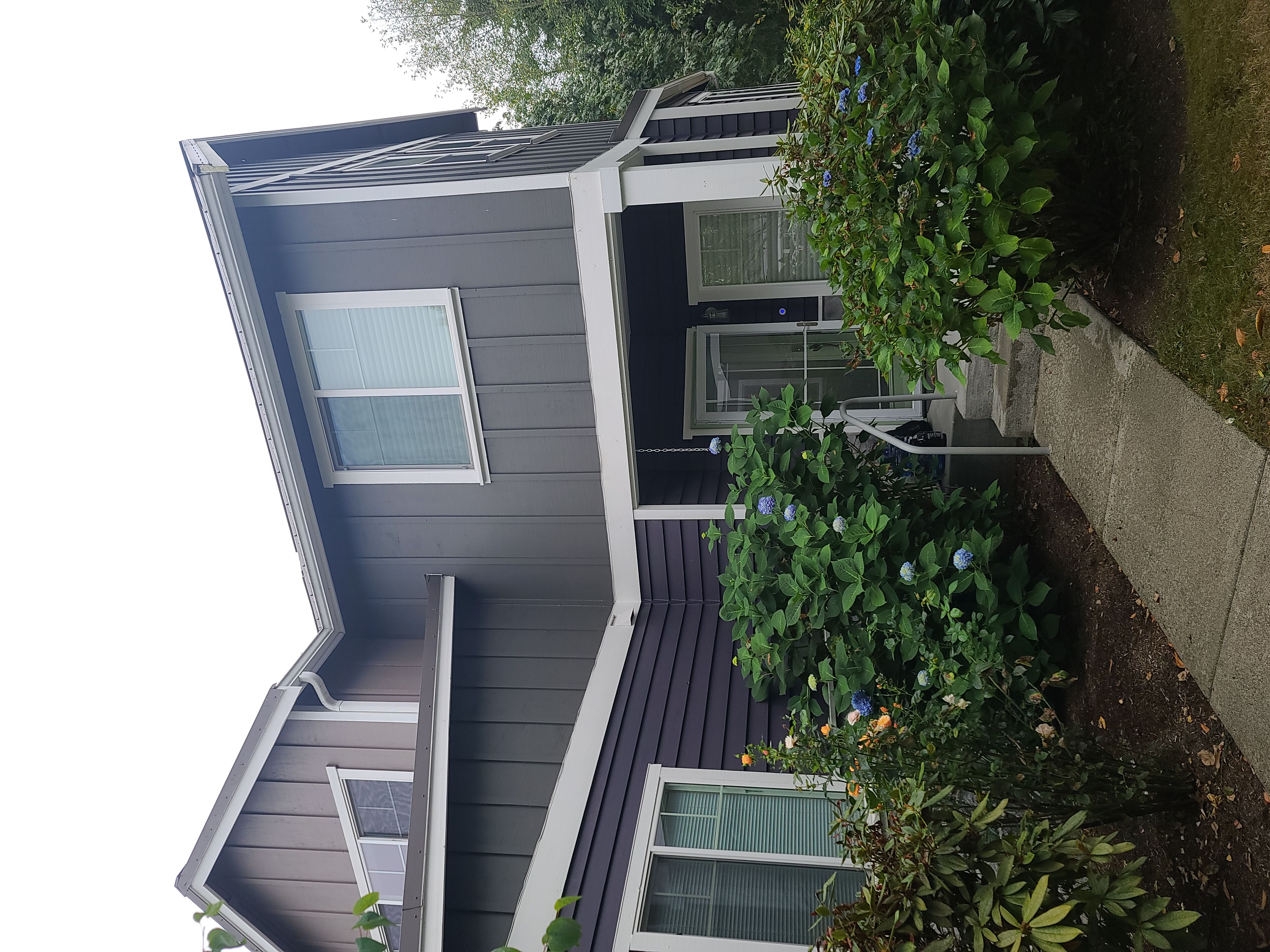

.jpg)
.gif)
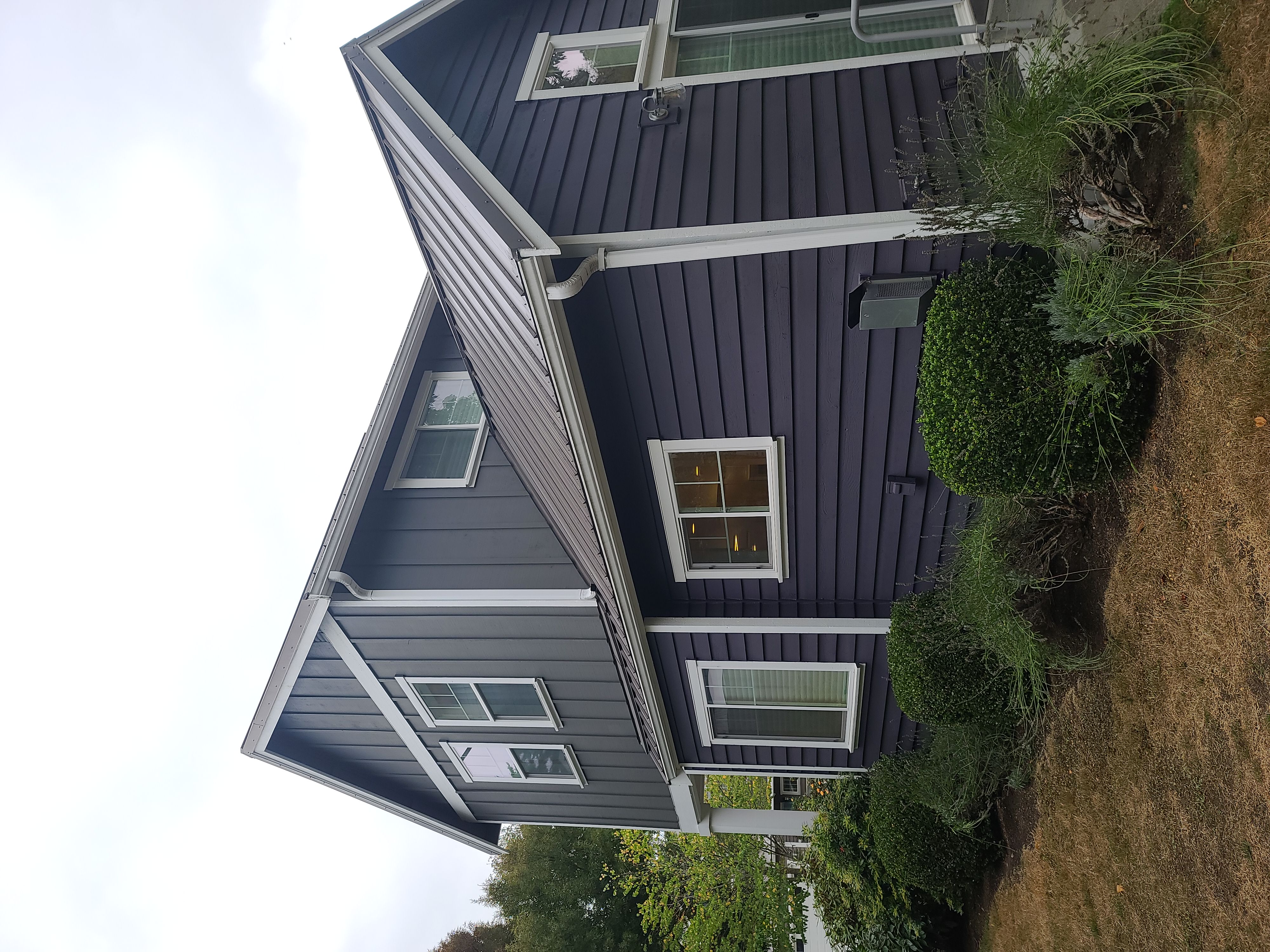
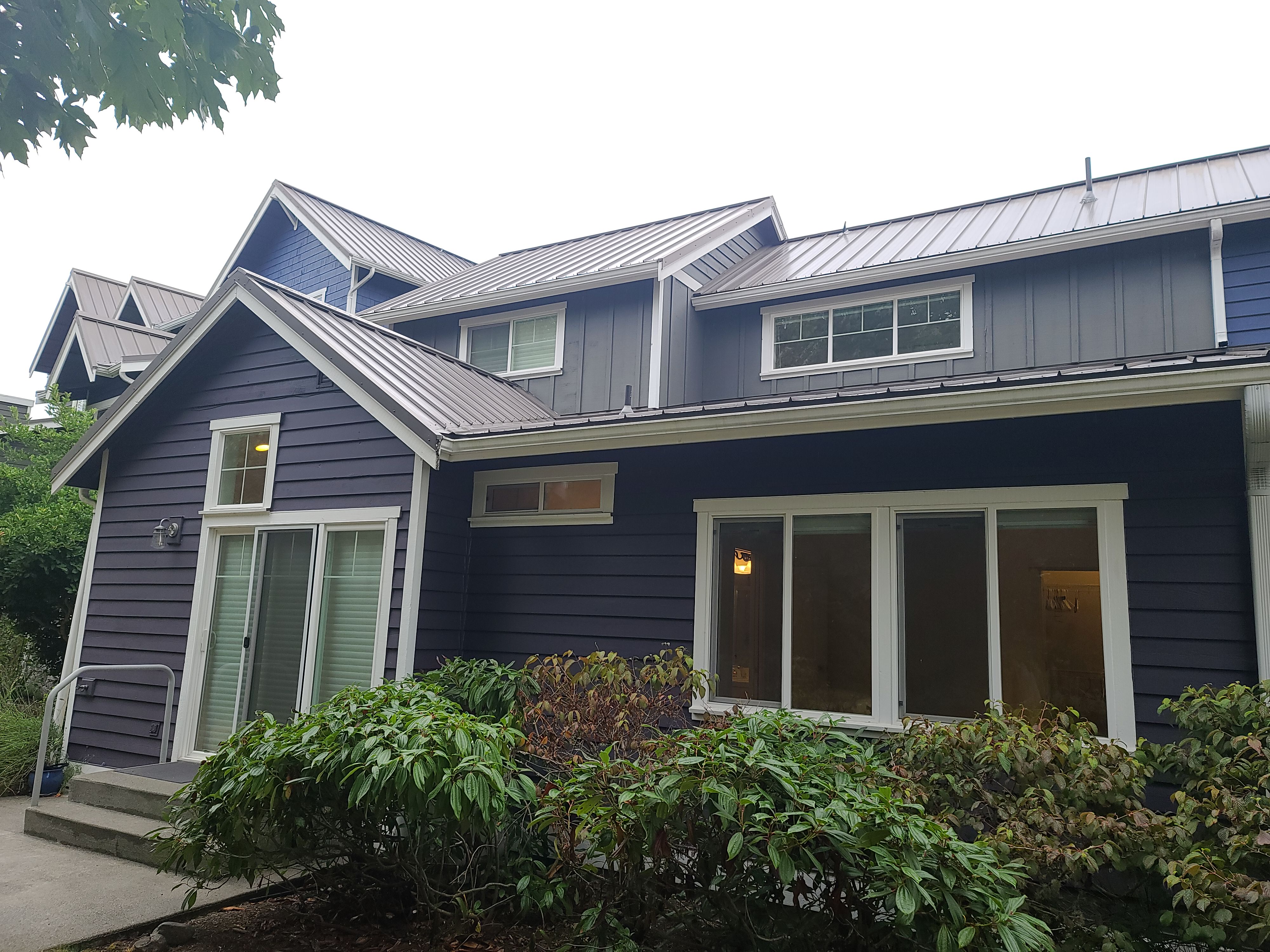
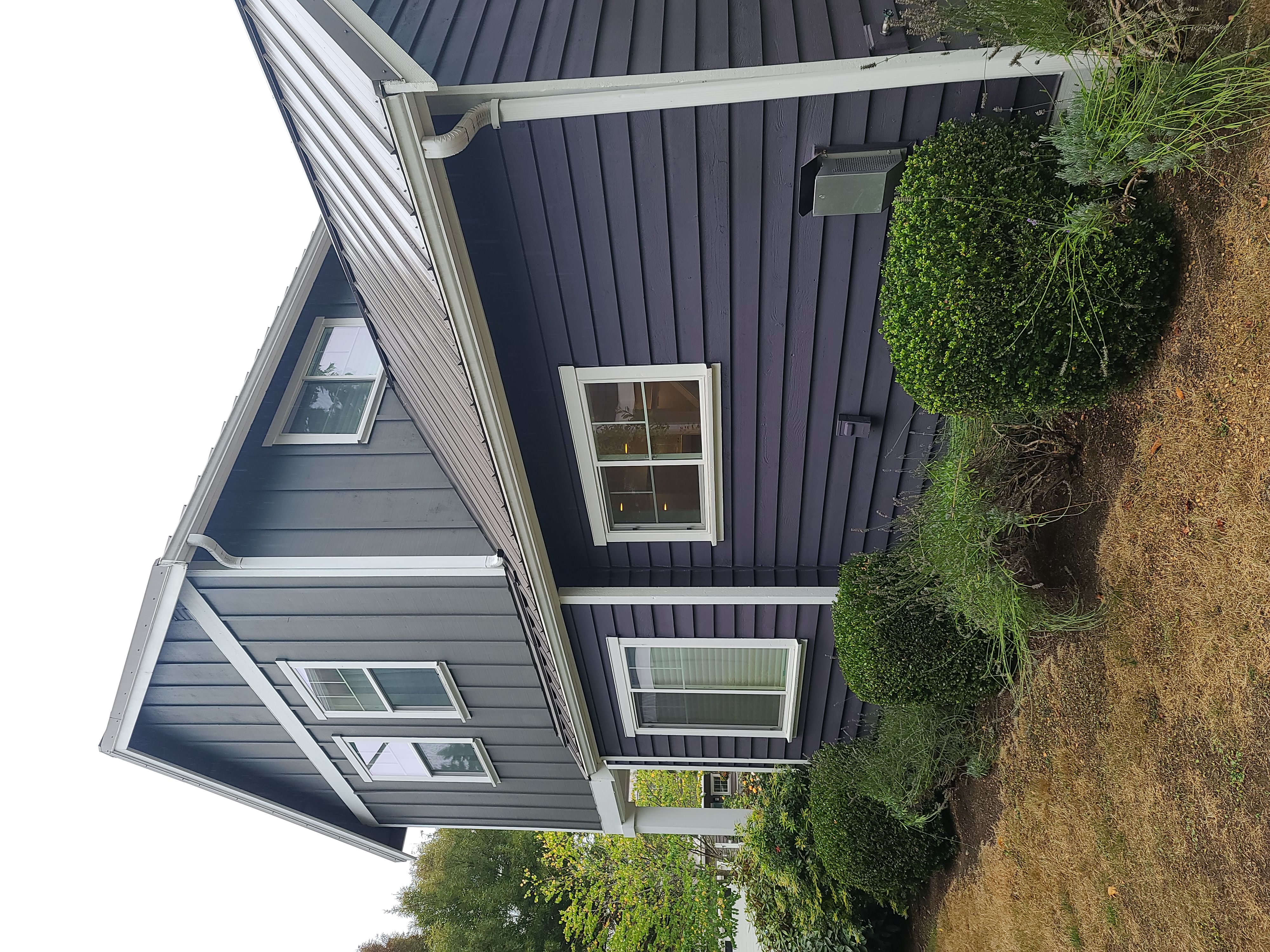
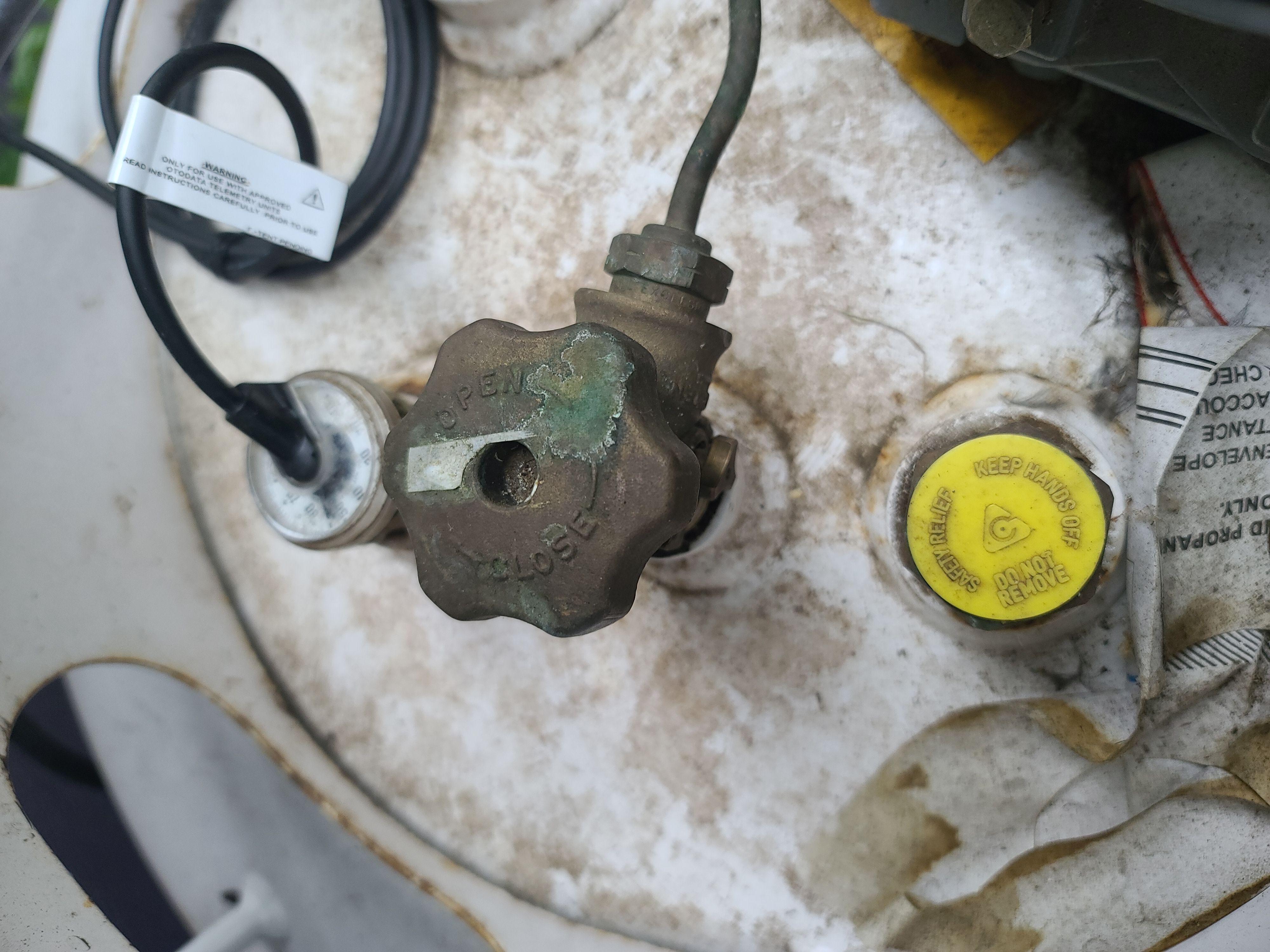

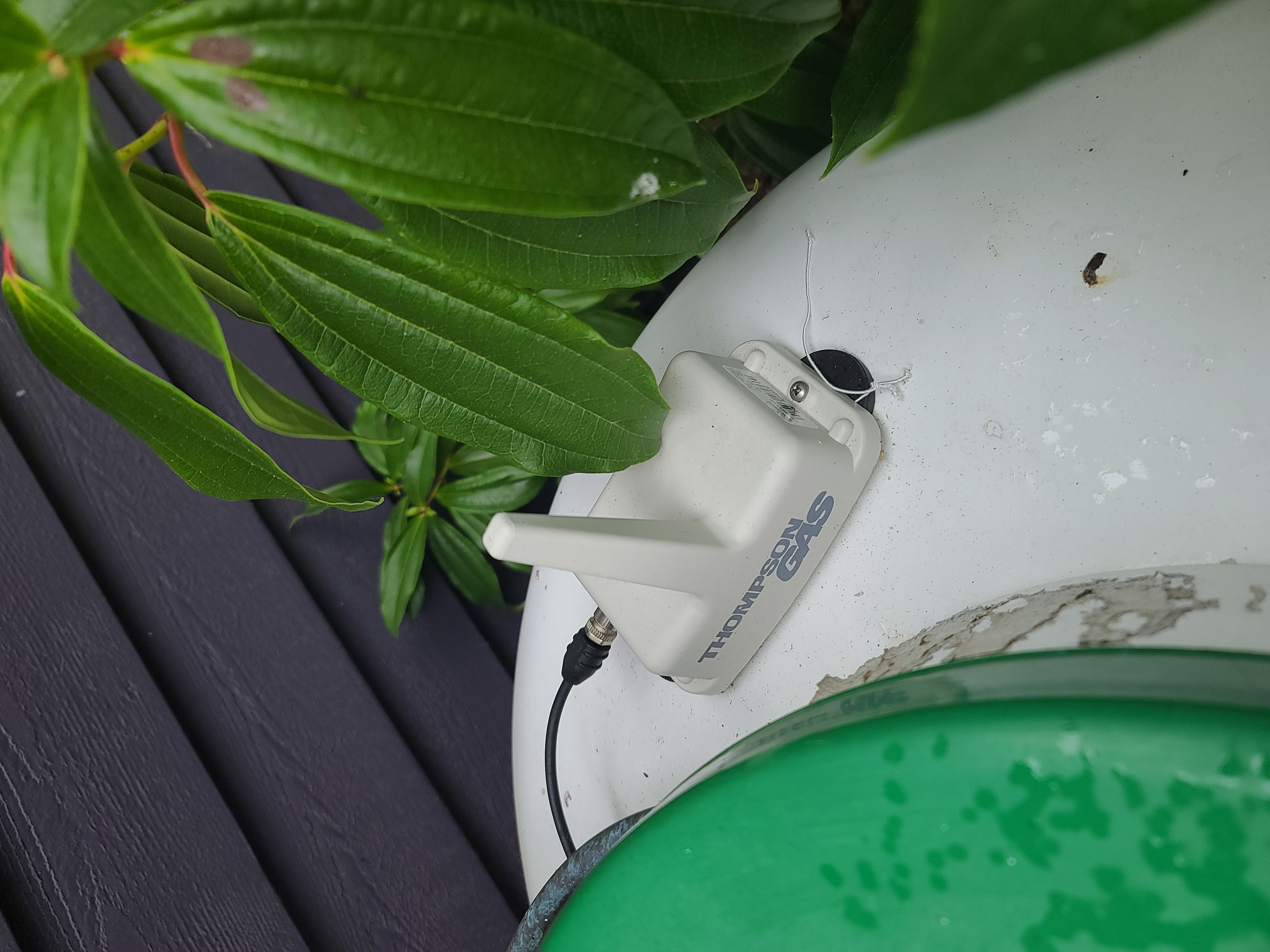

.jpg)
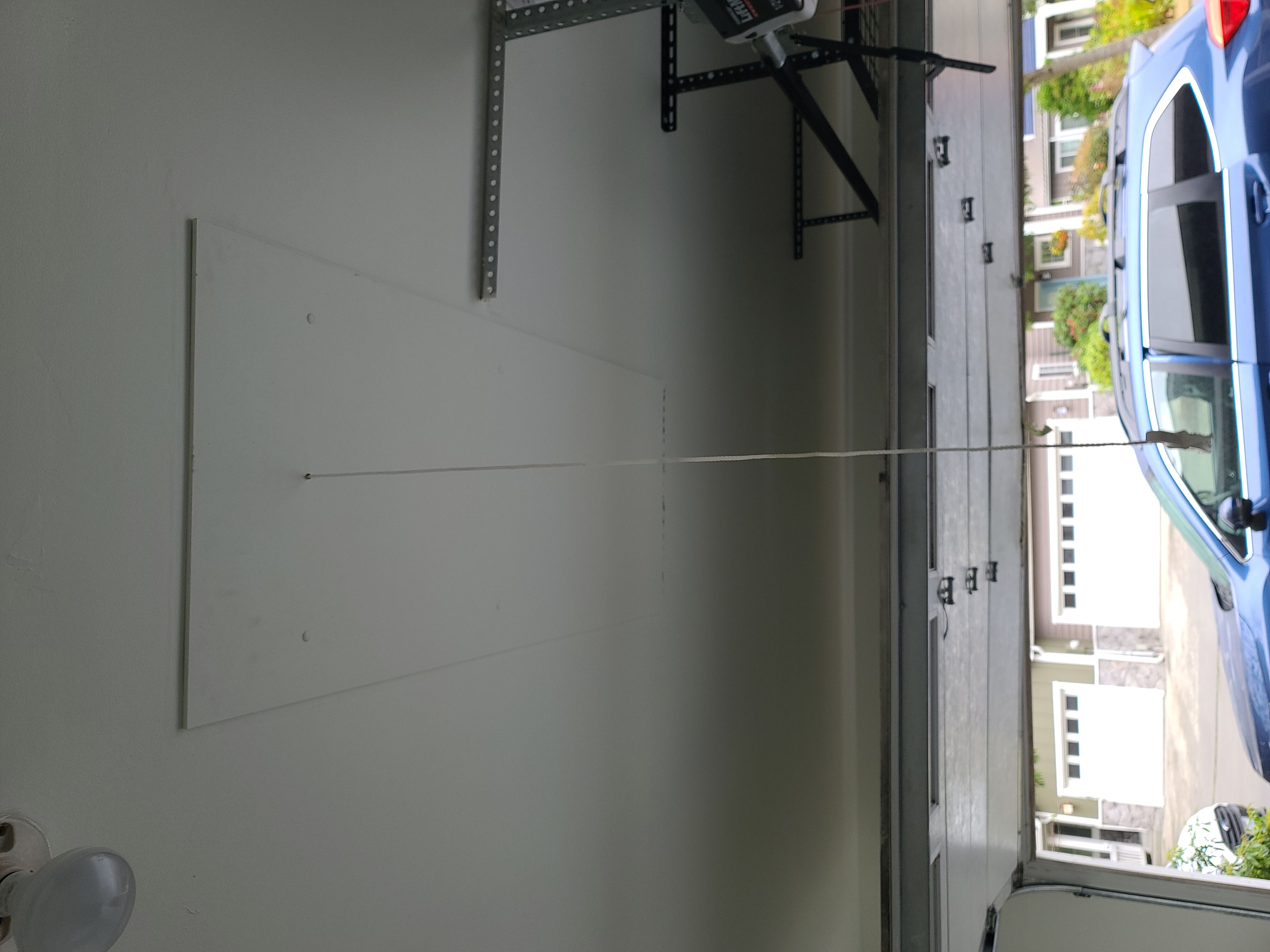

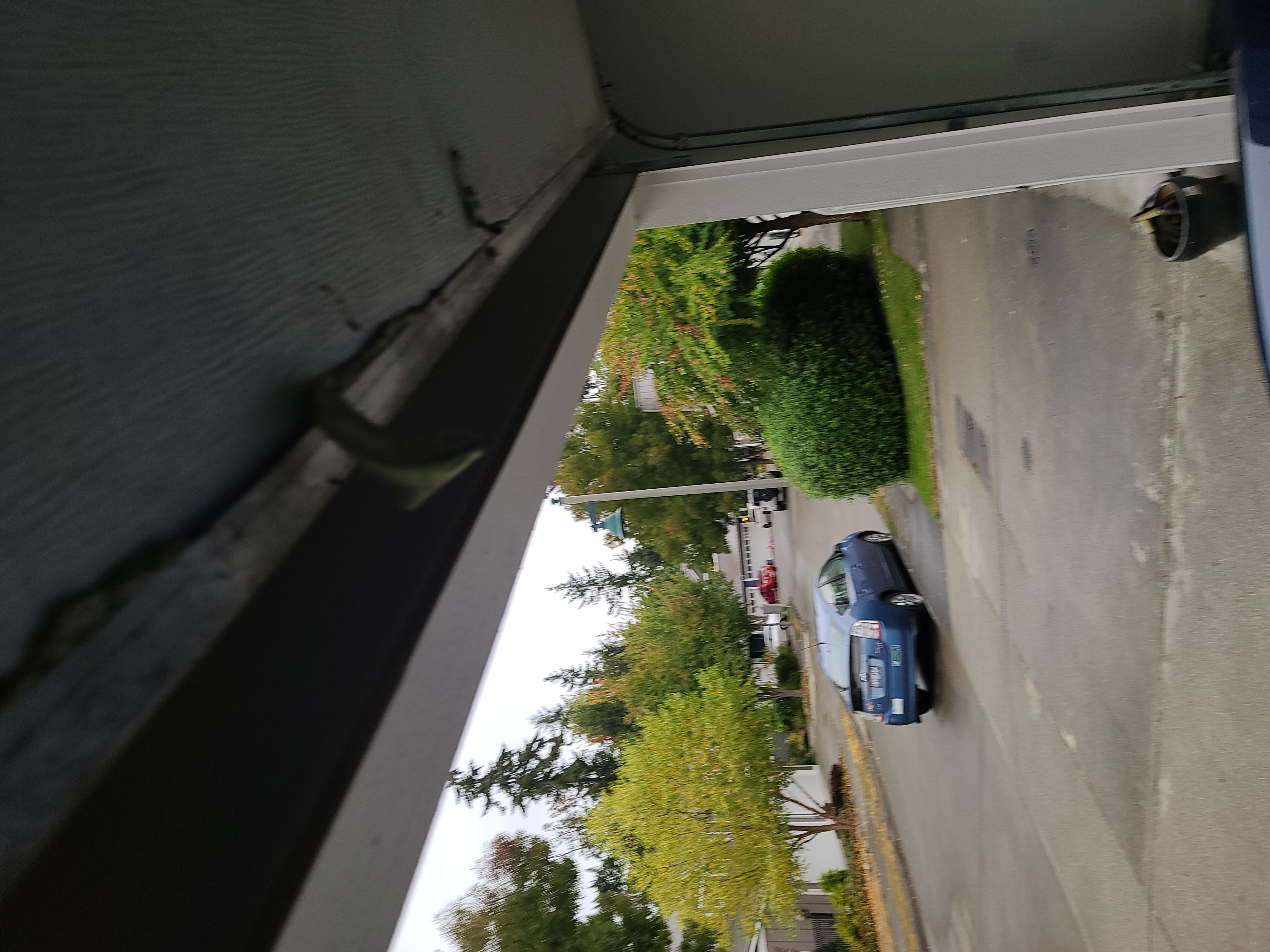
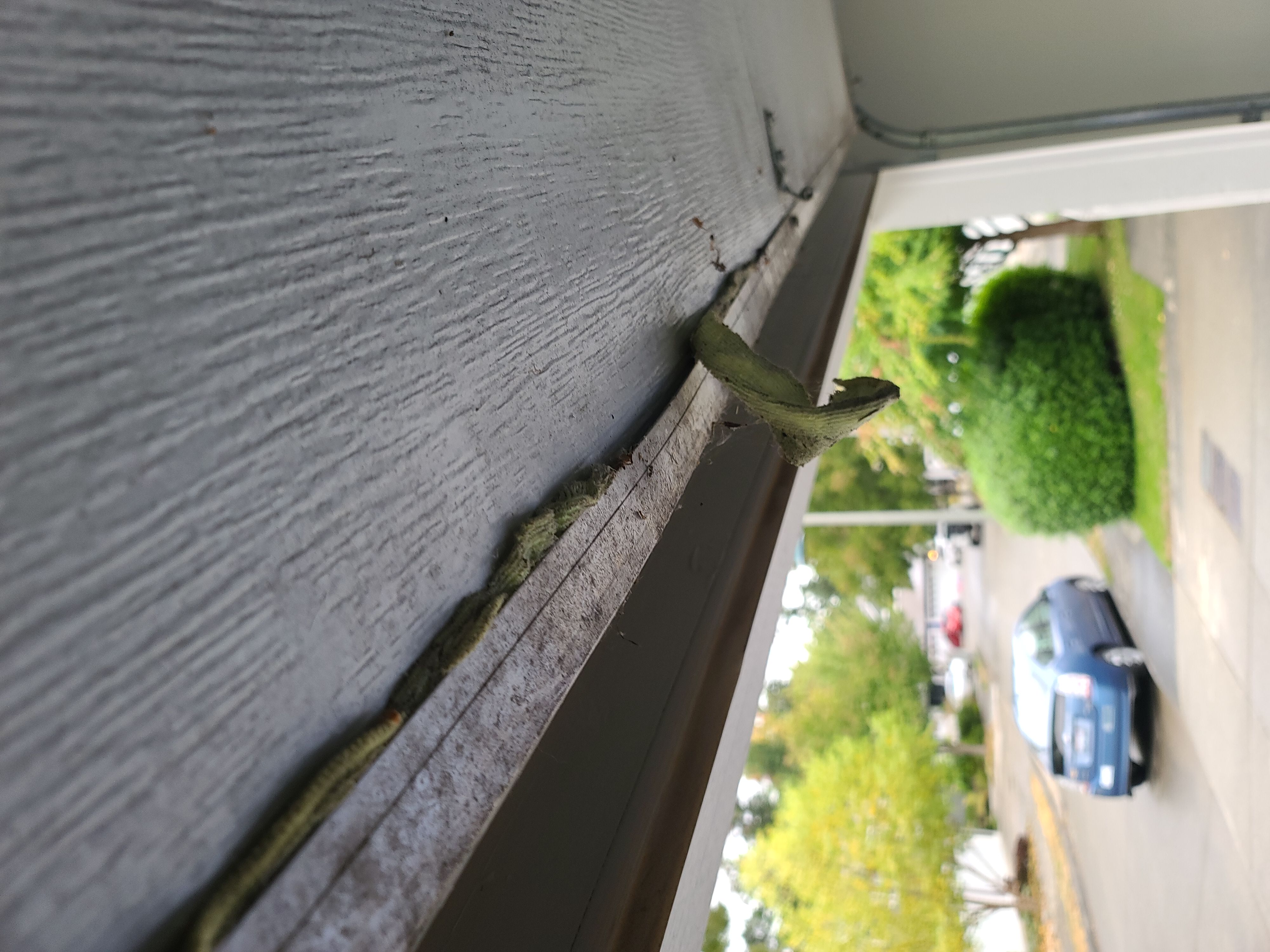

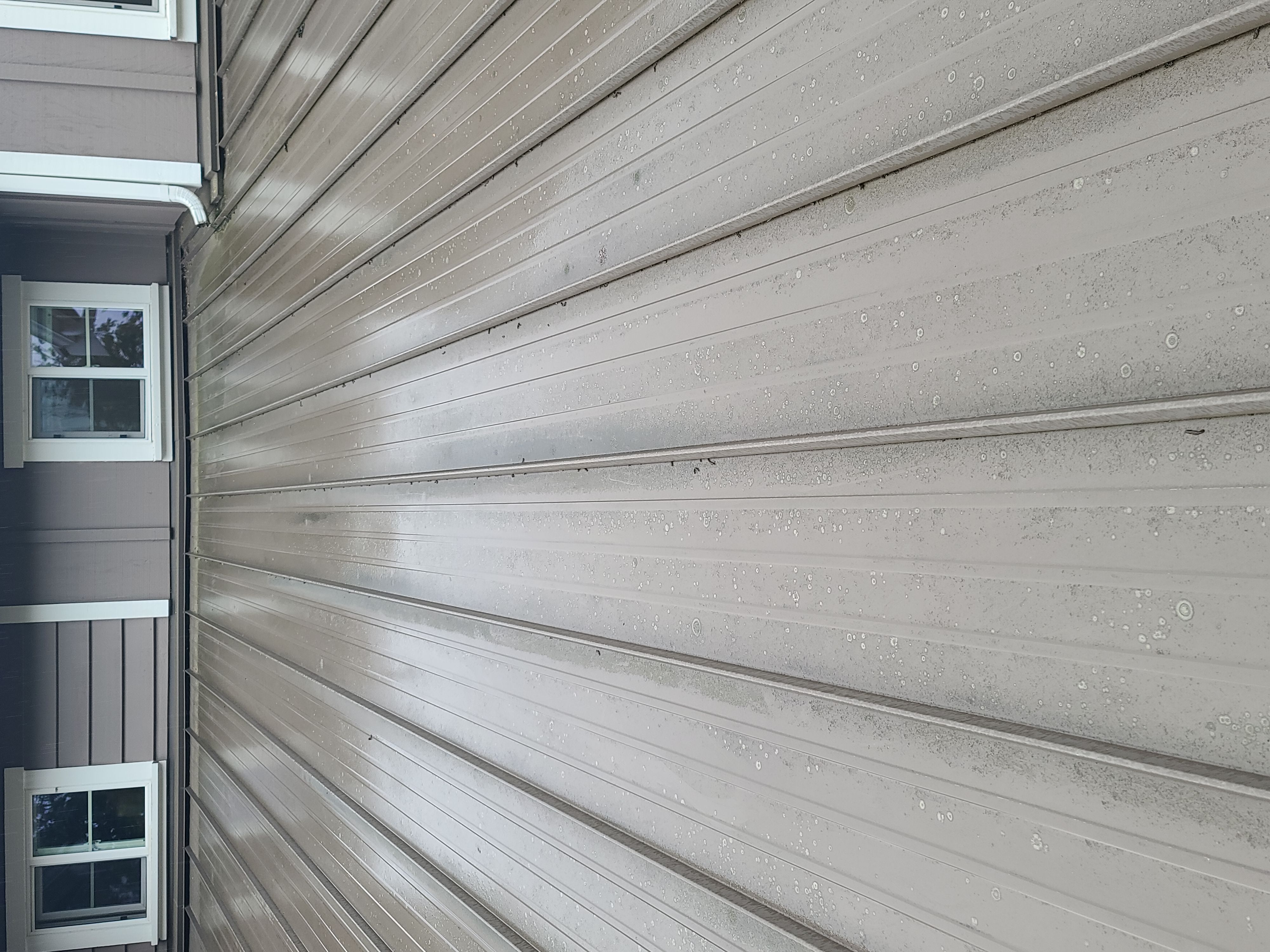
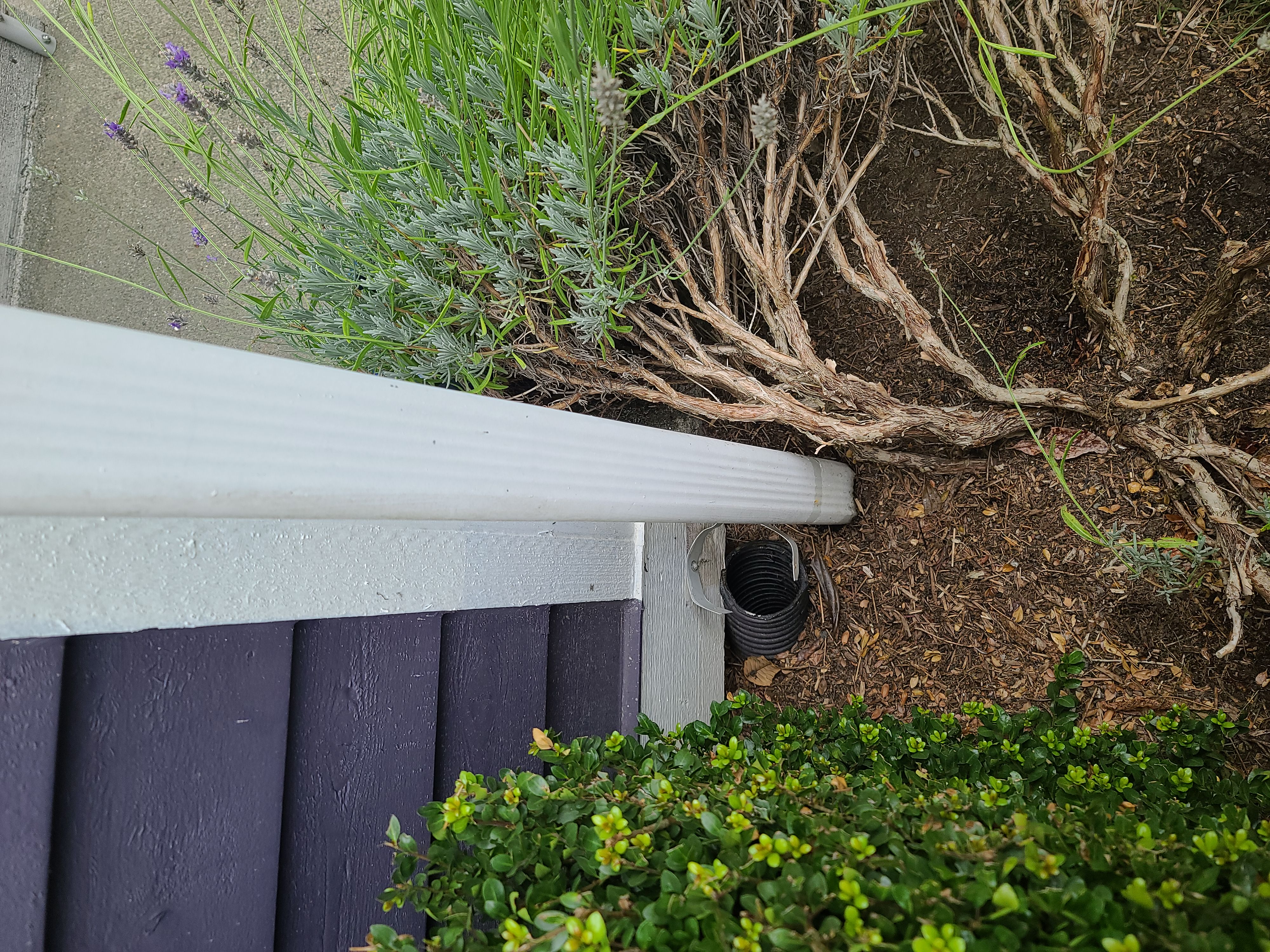
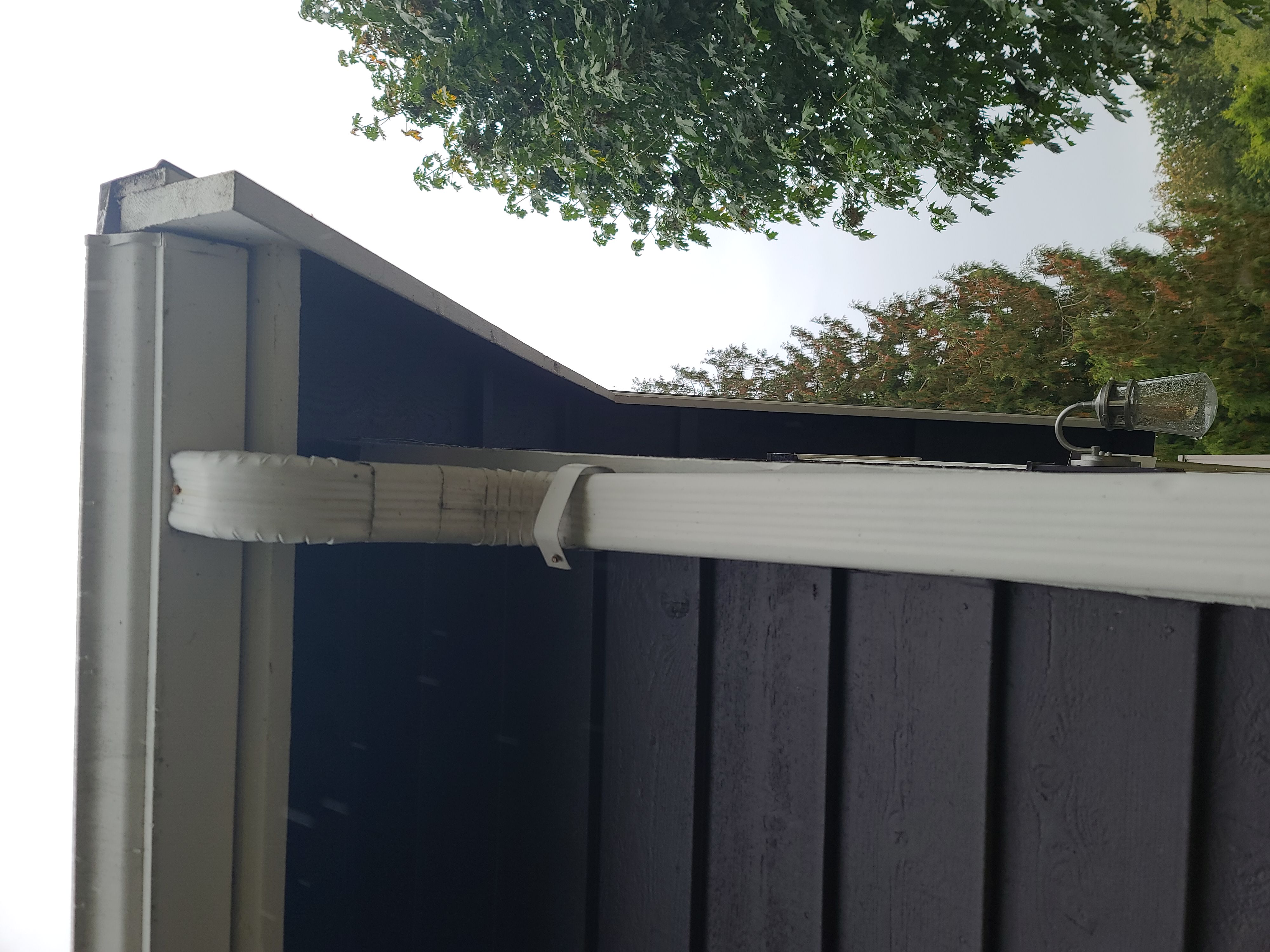
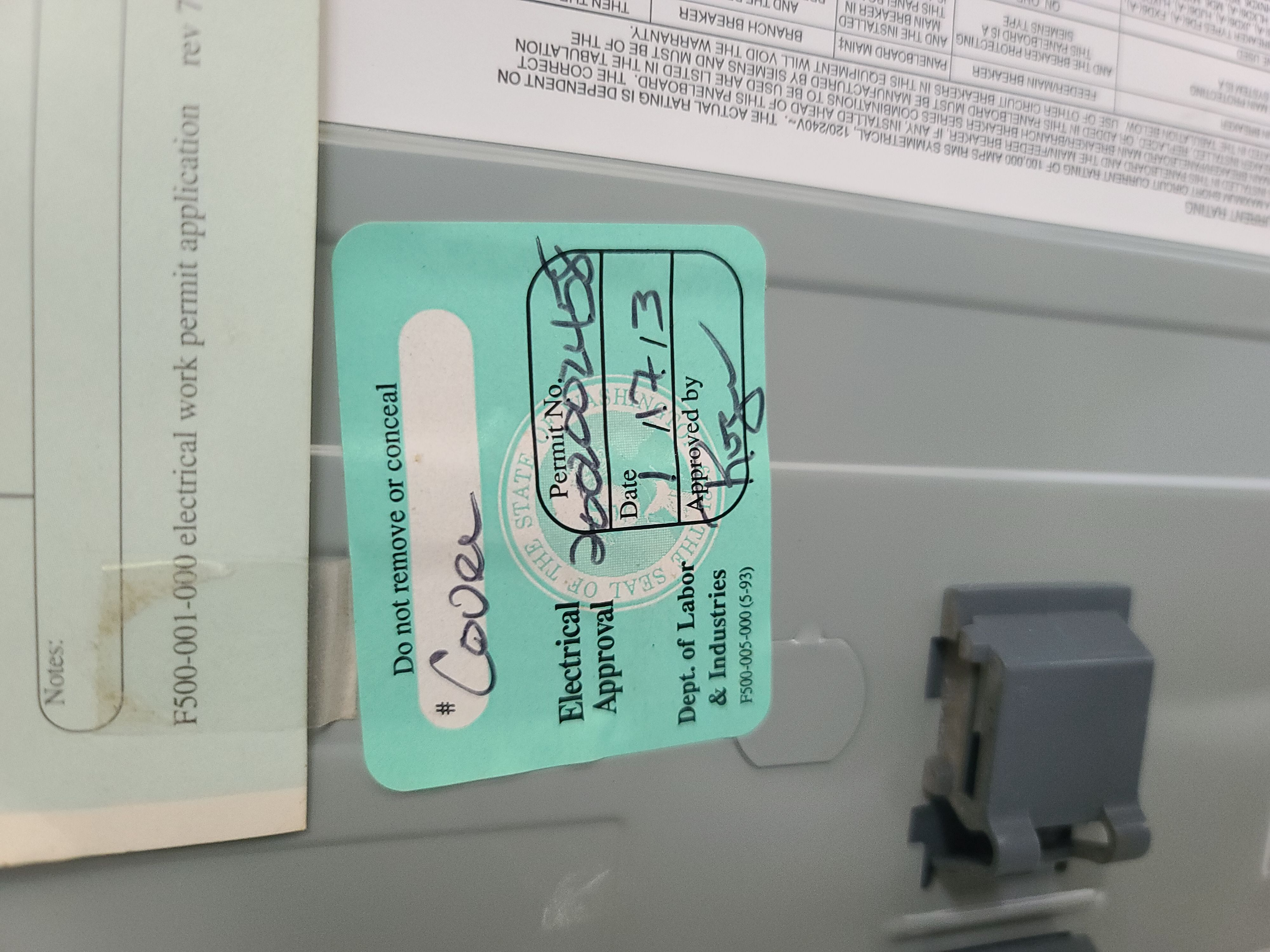

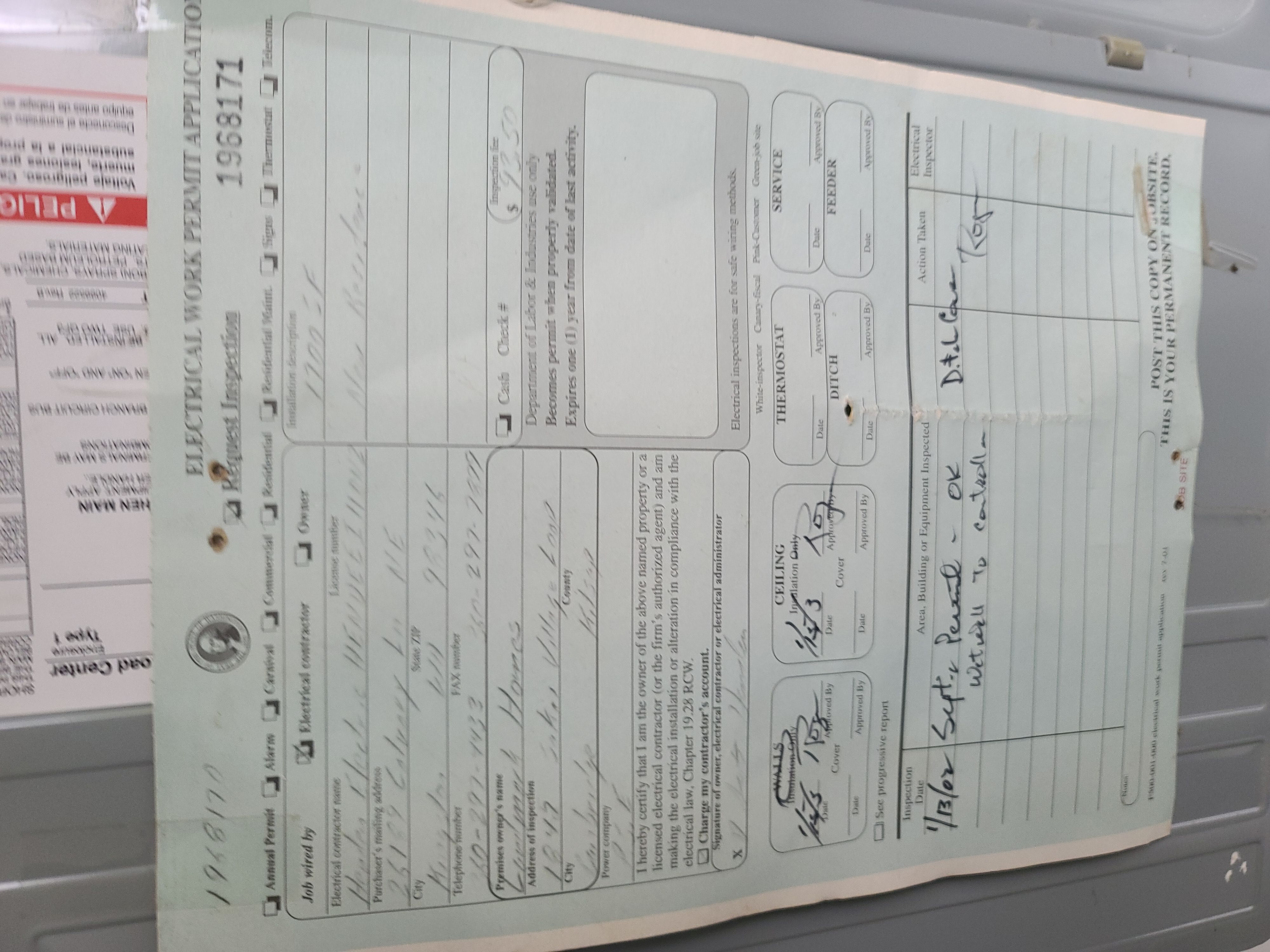
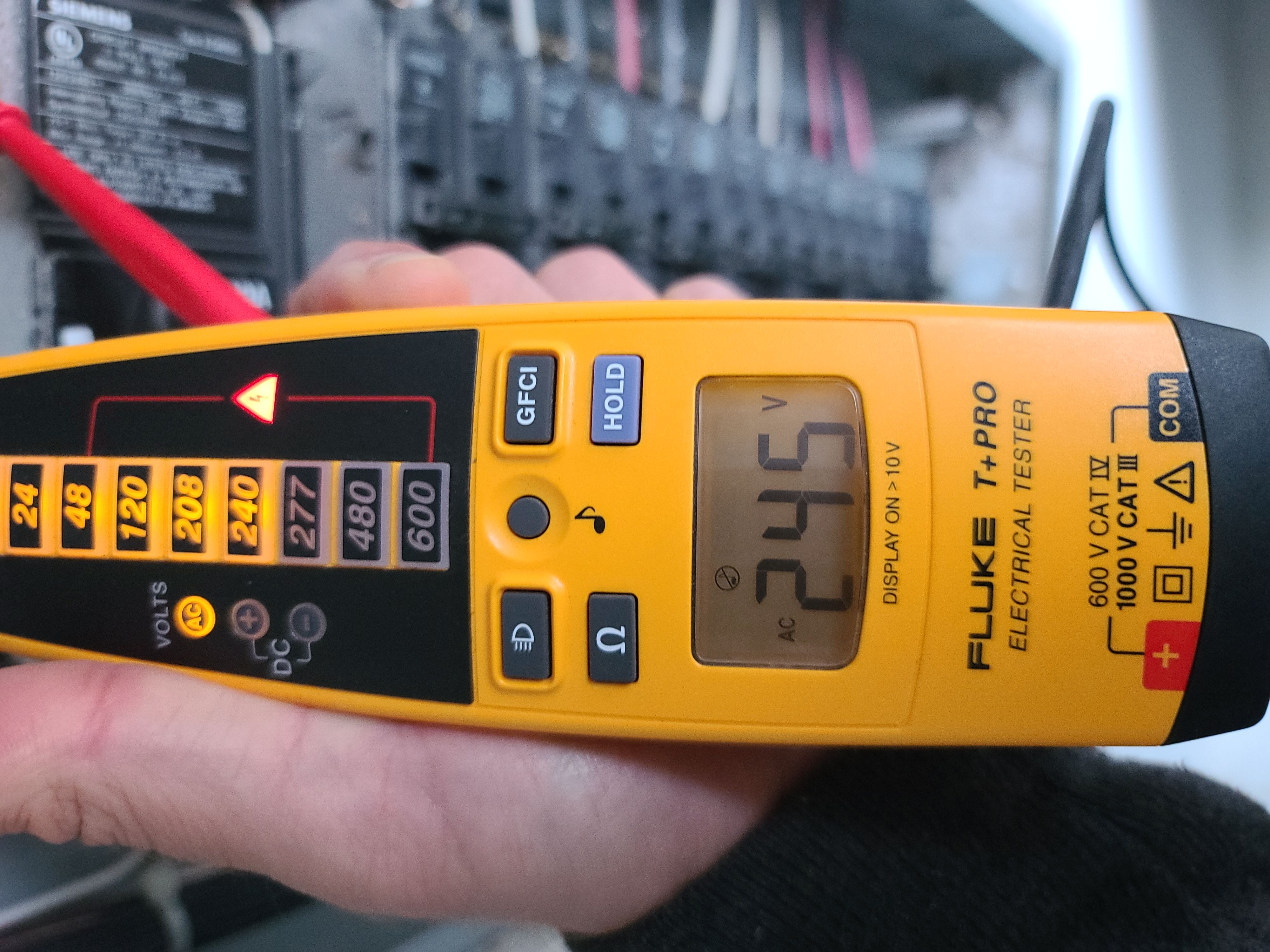
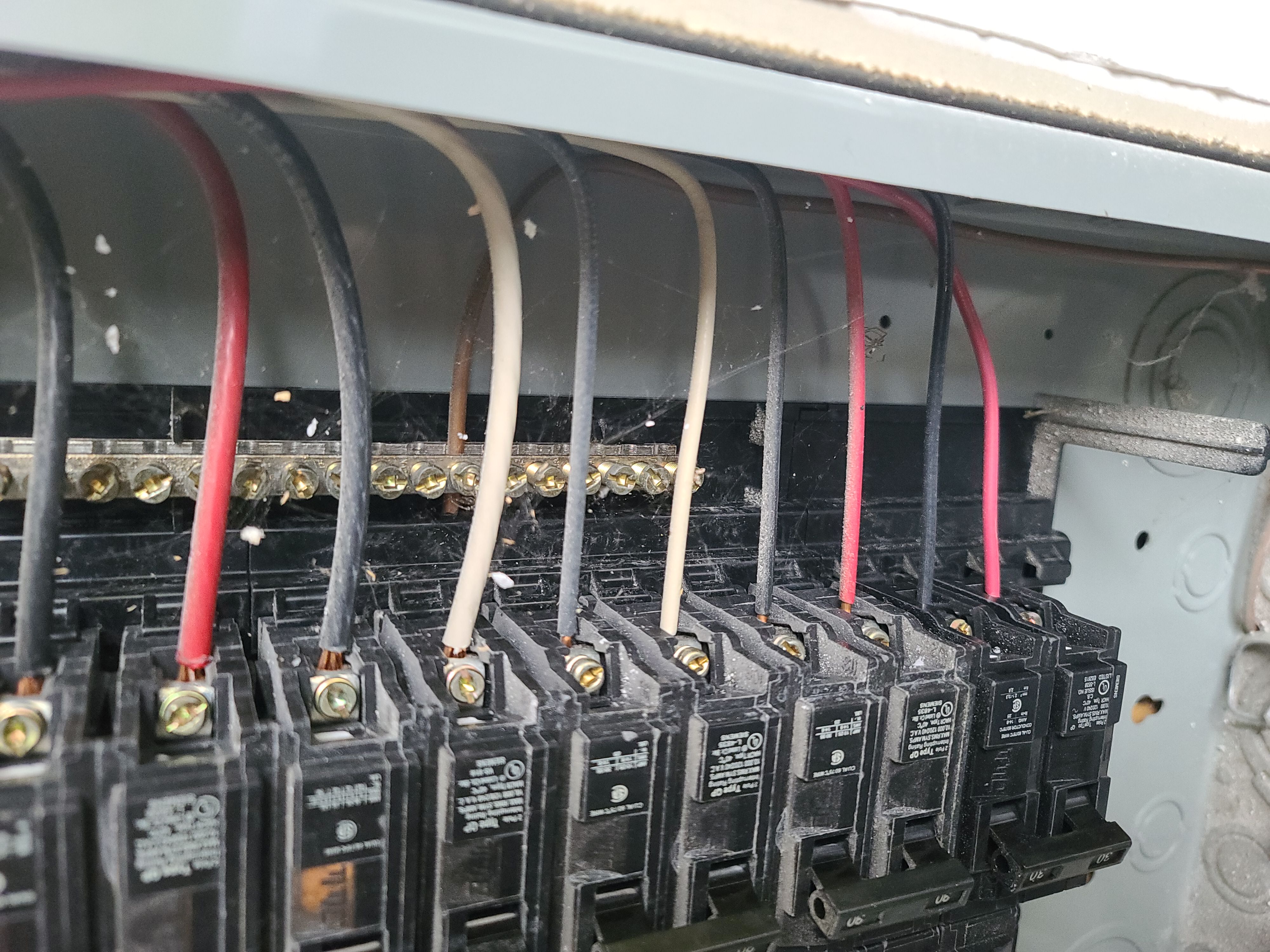

.jpg)
.jpg)
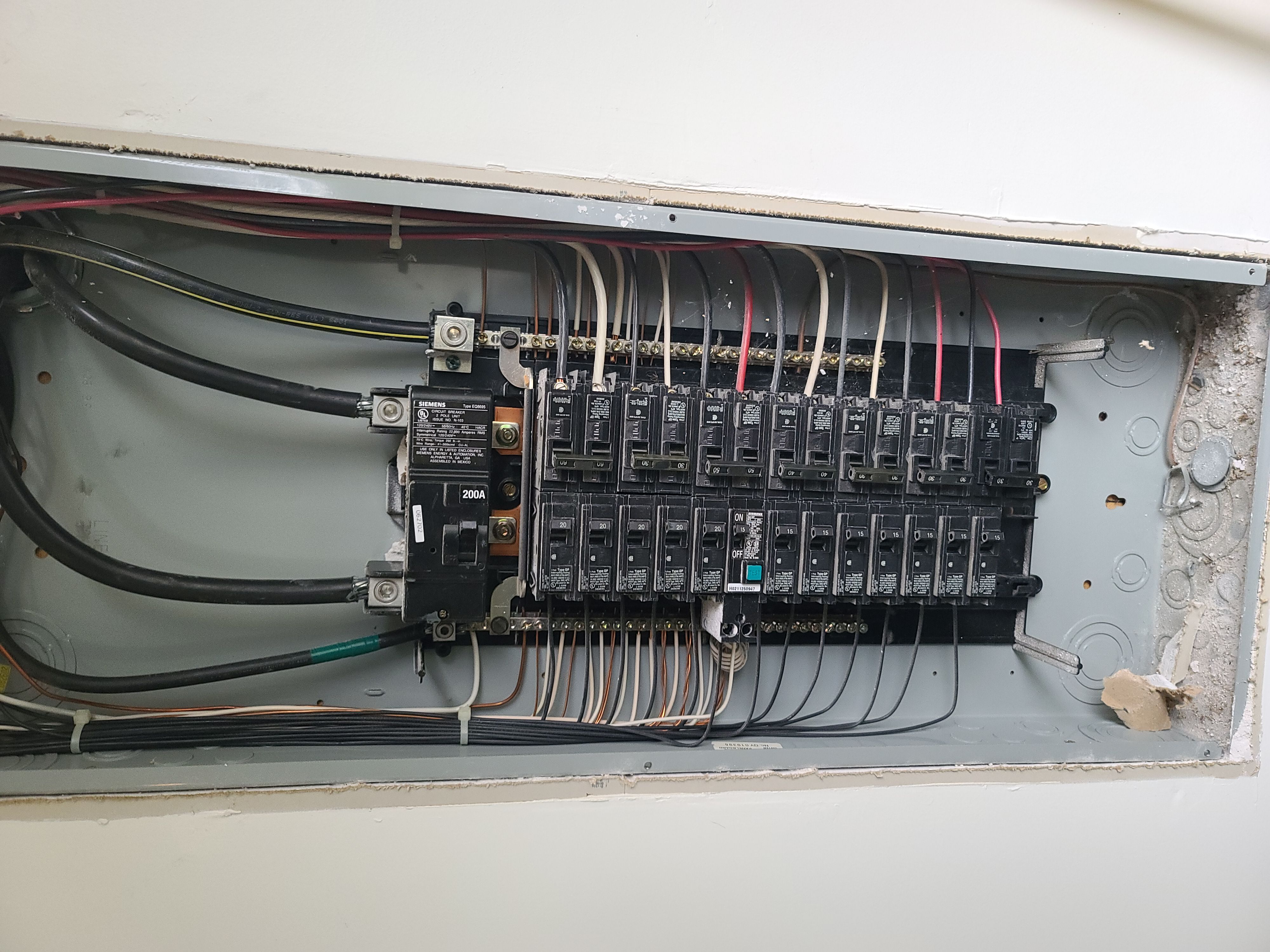
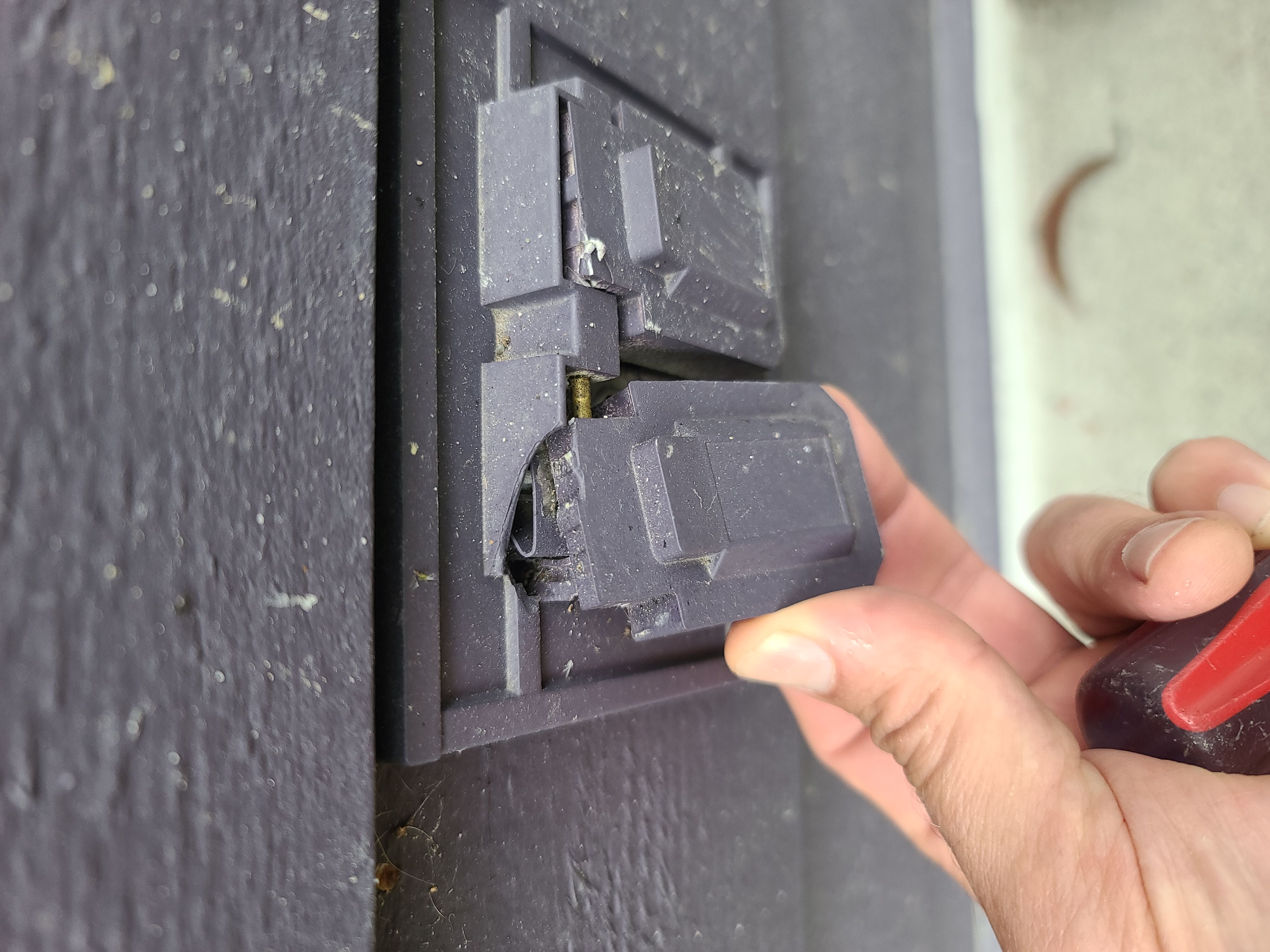
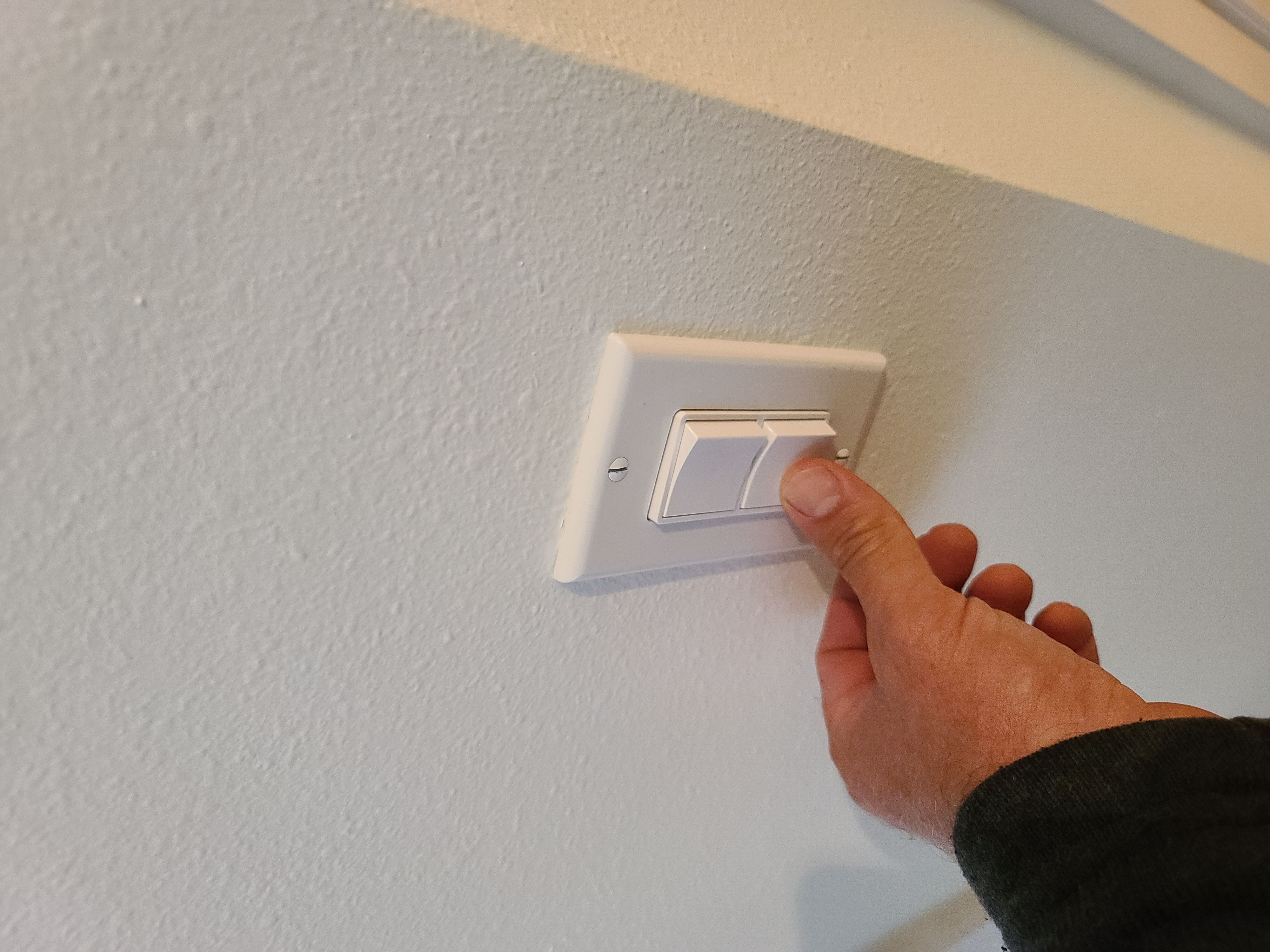
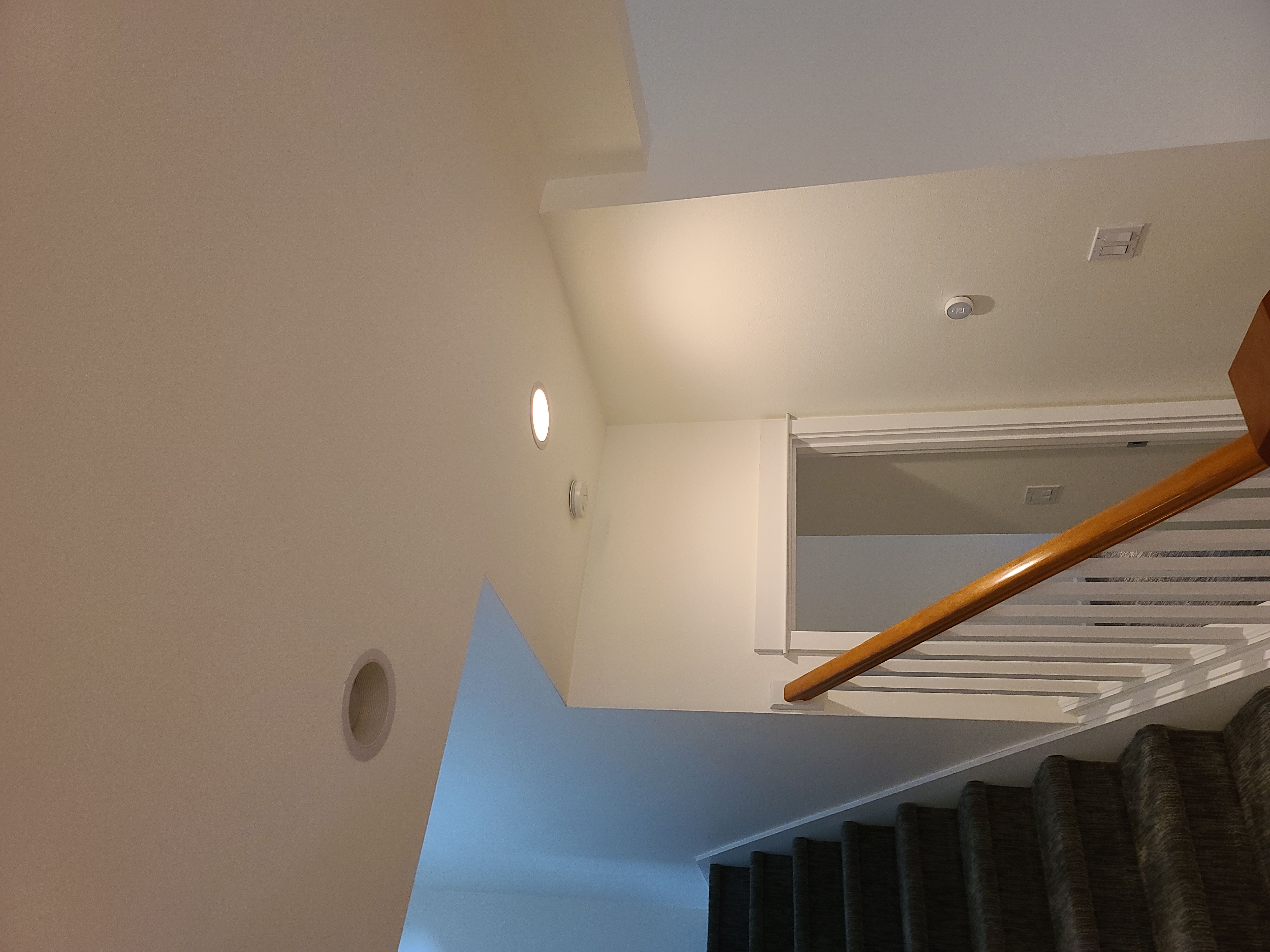

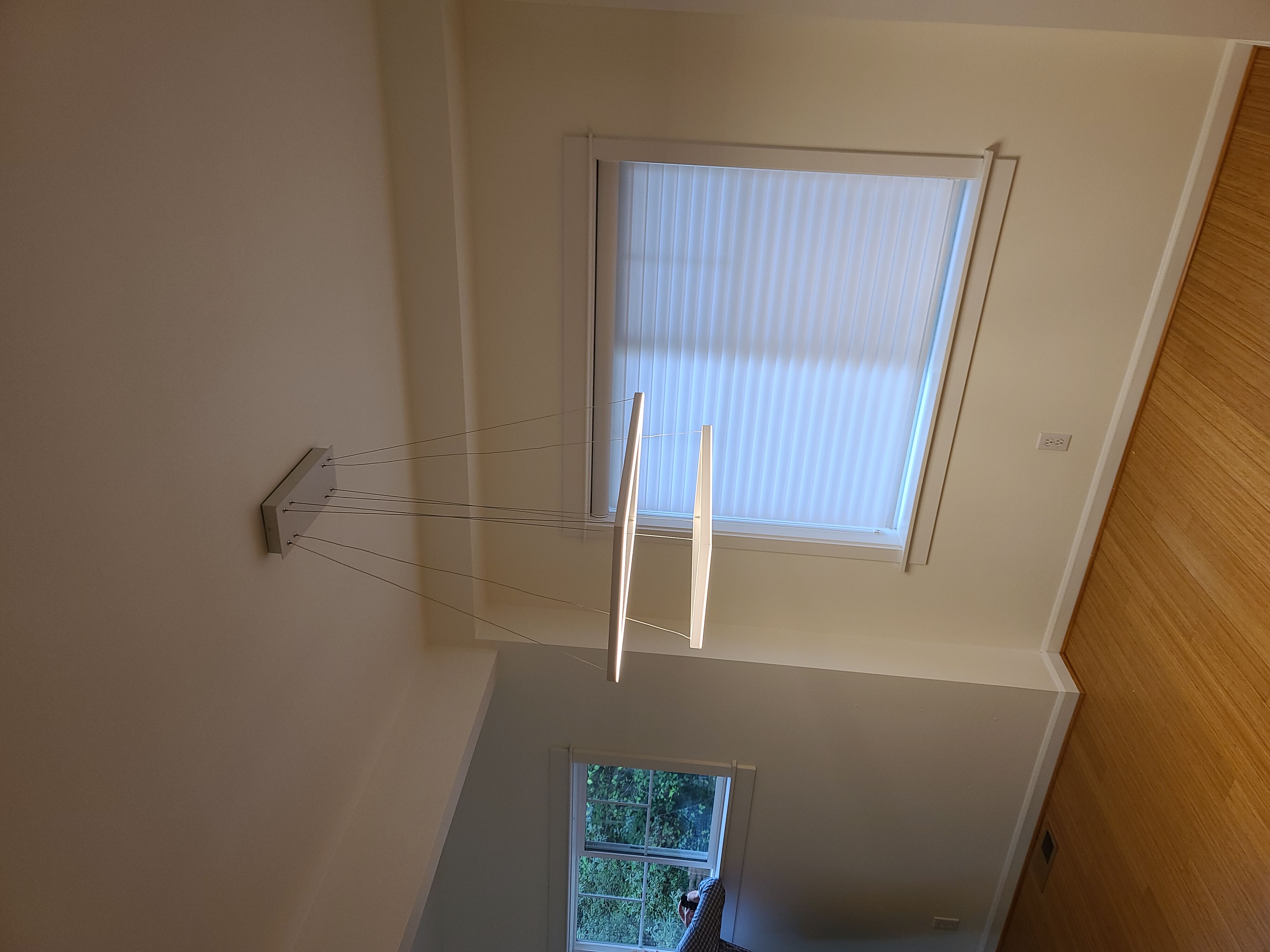
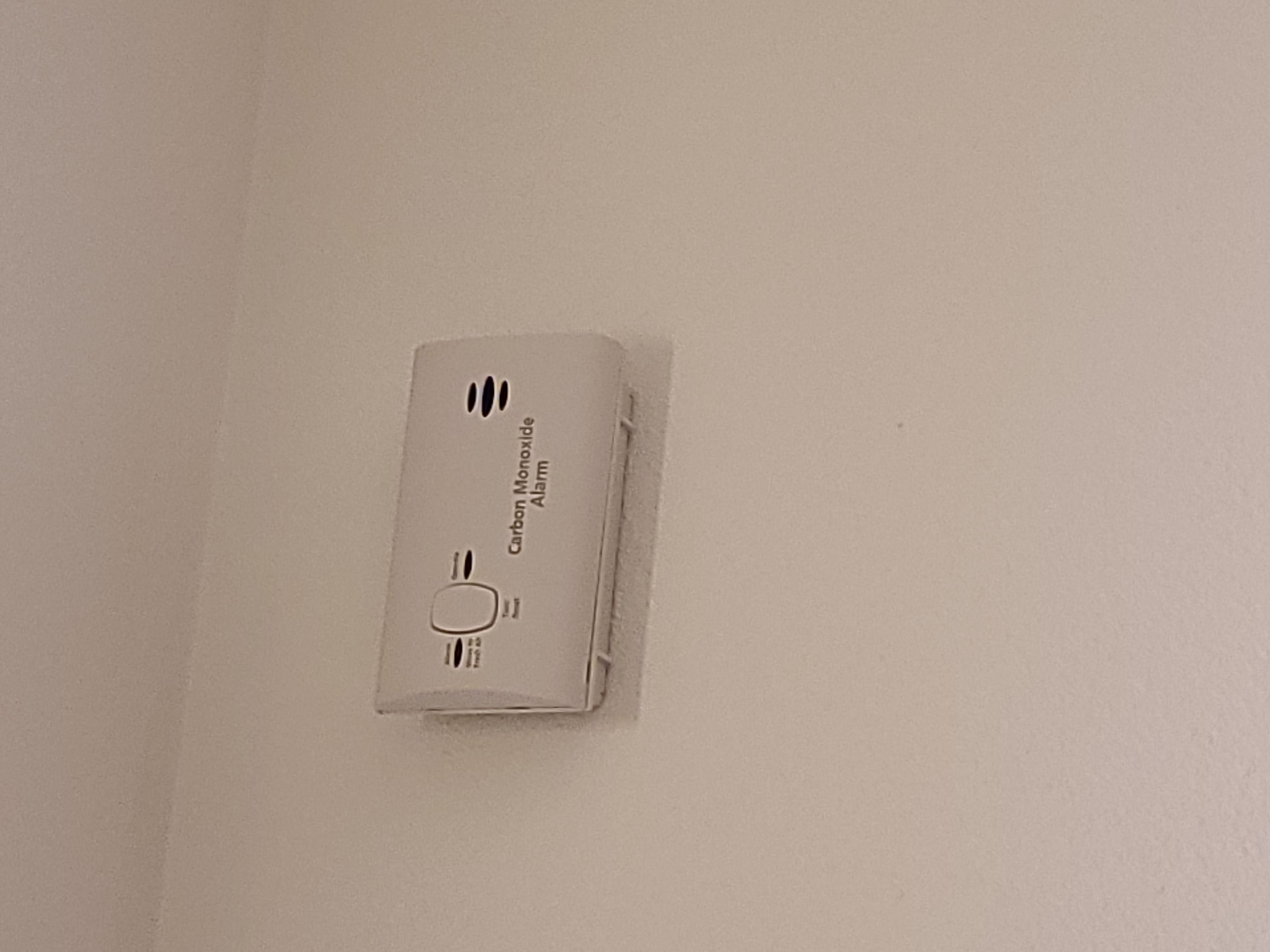
.jpg)
.jpg)
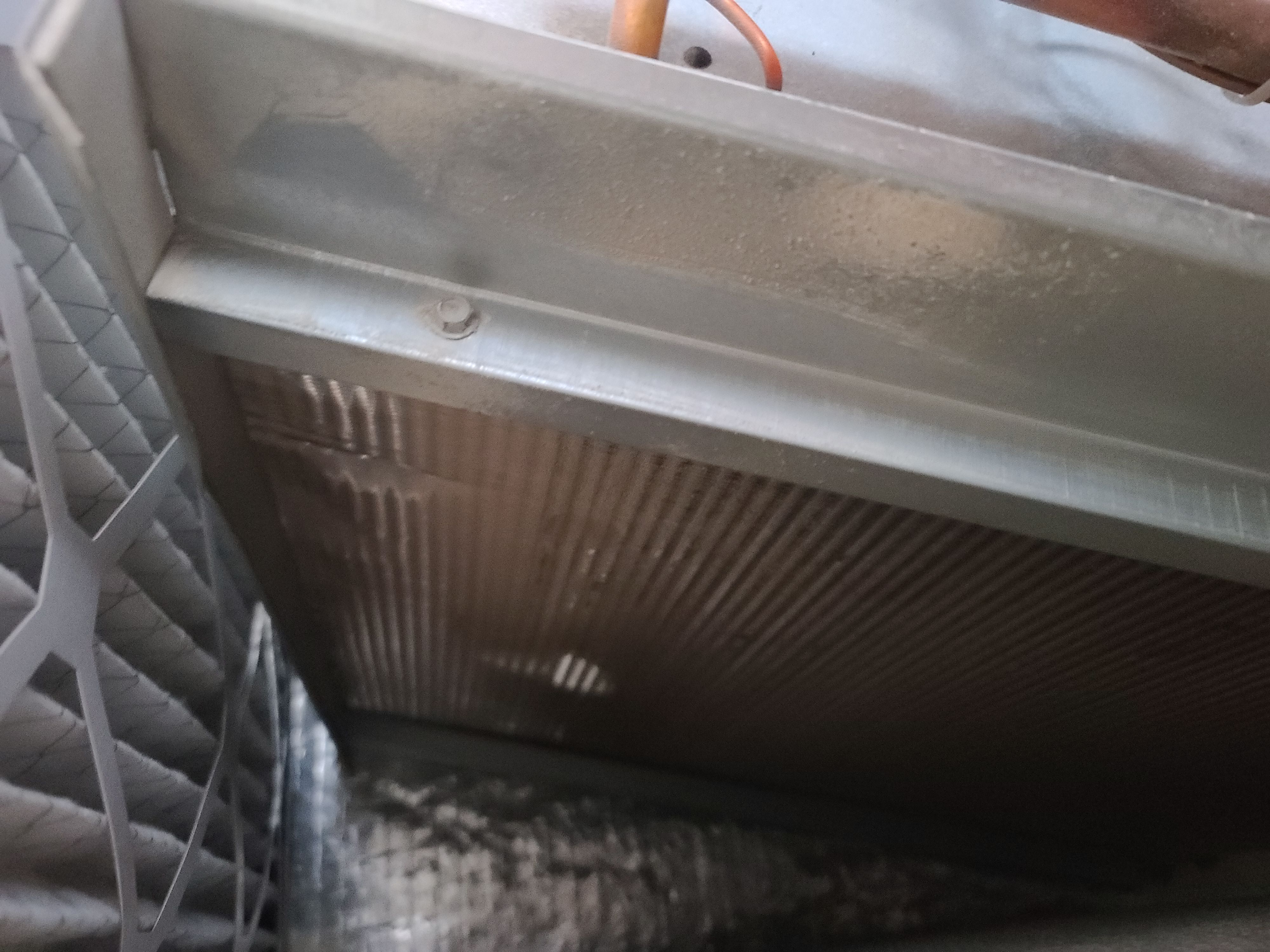
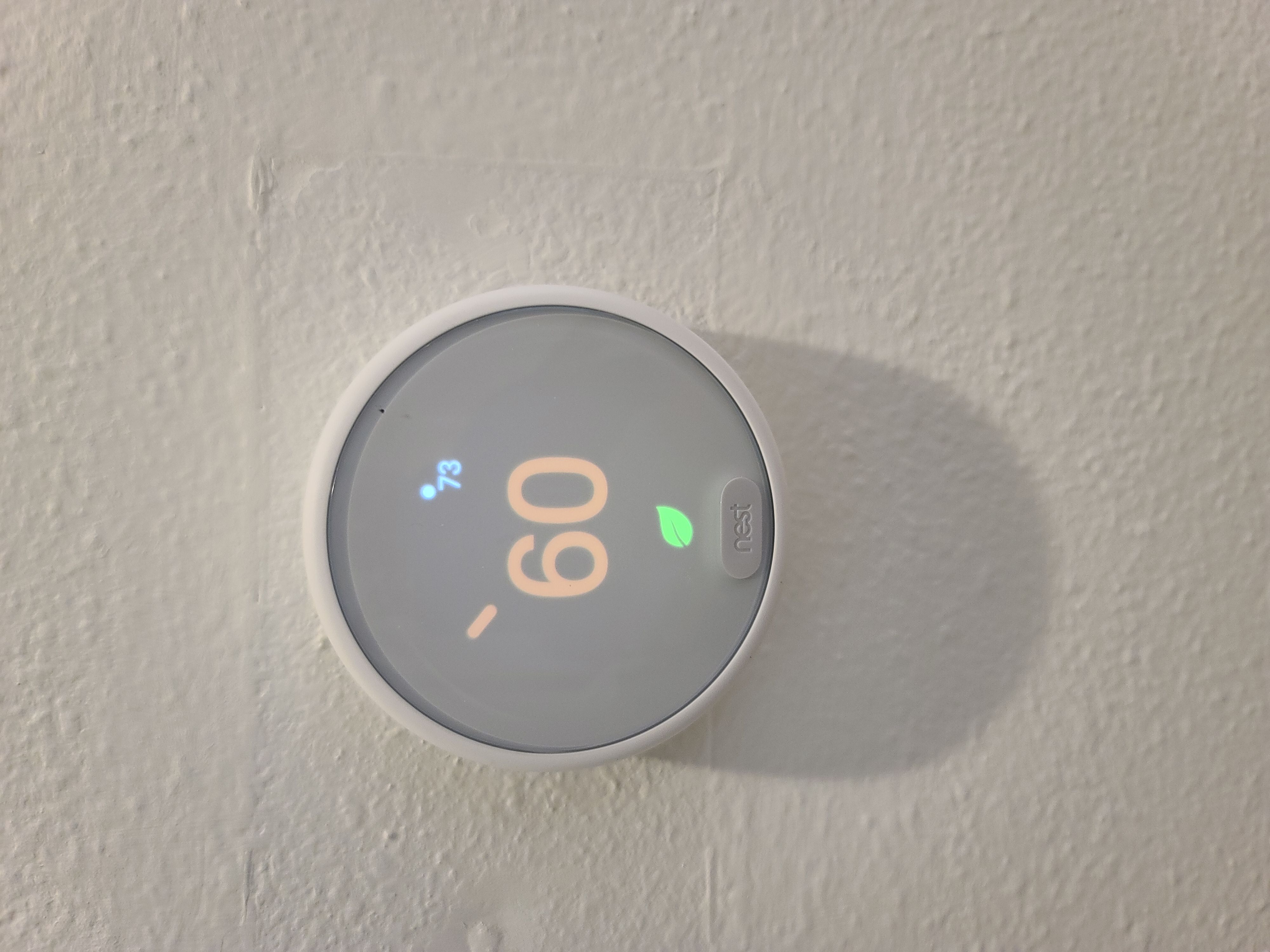


.jpg)
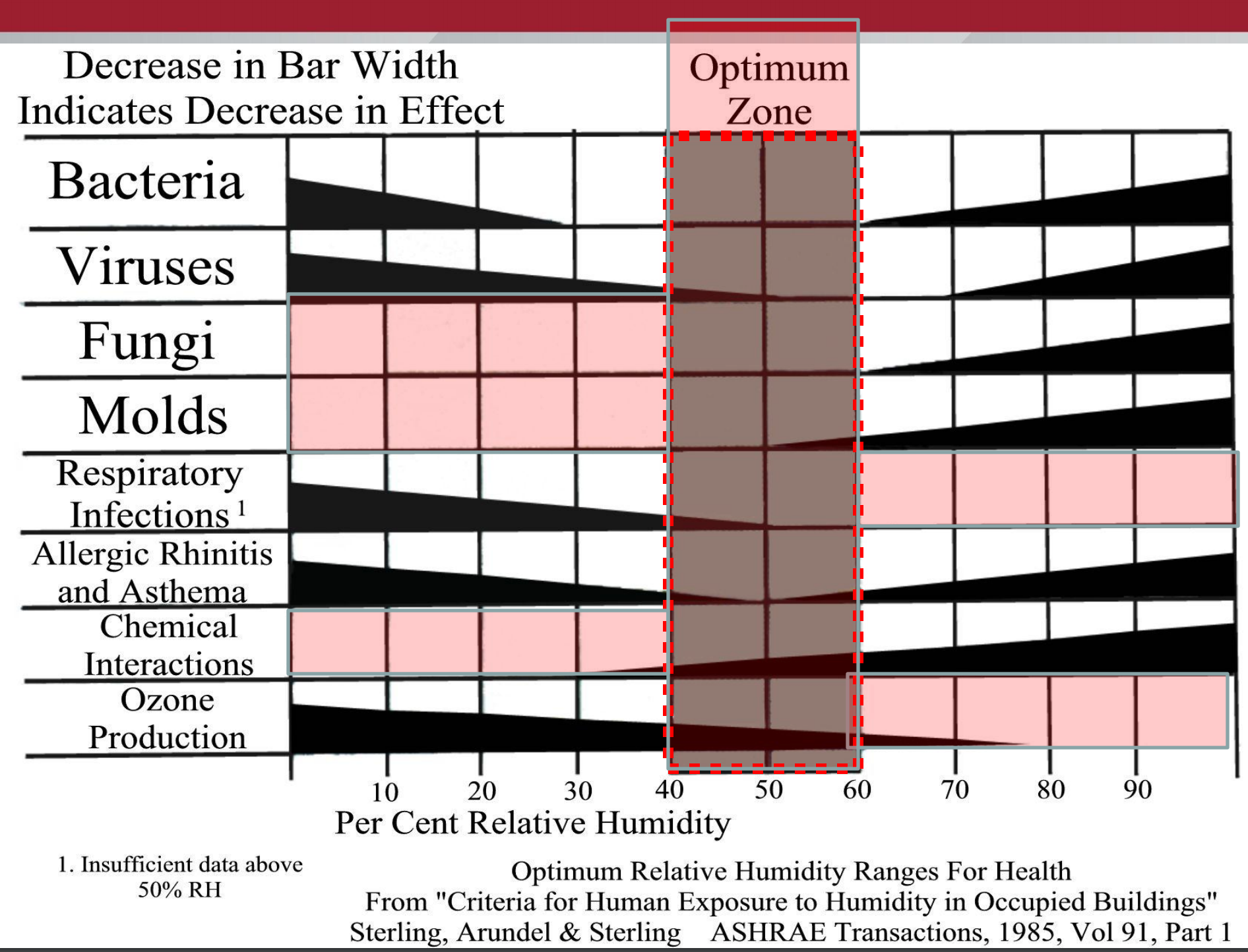
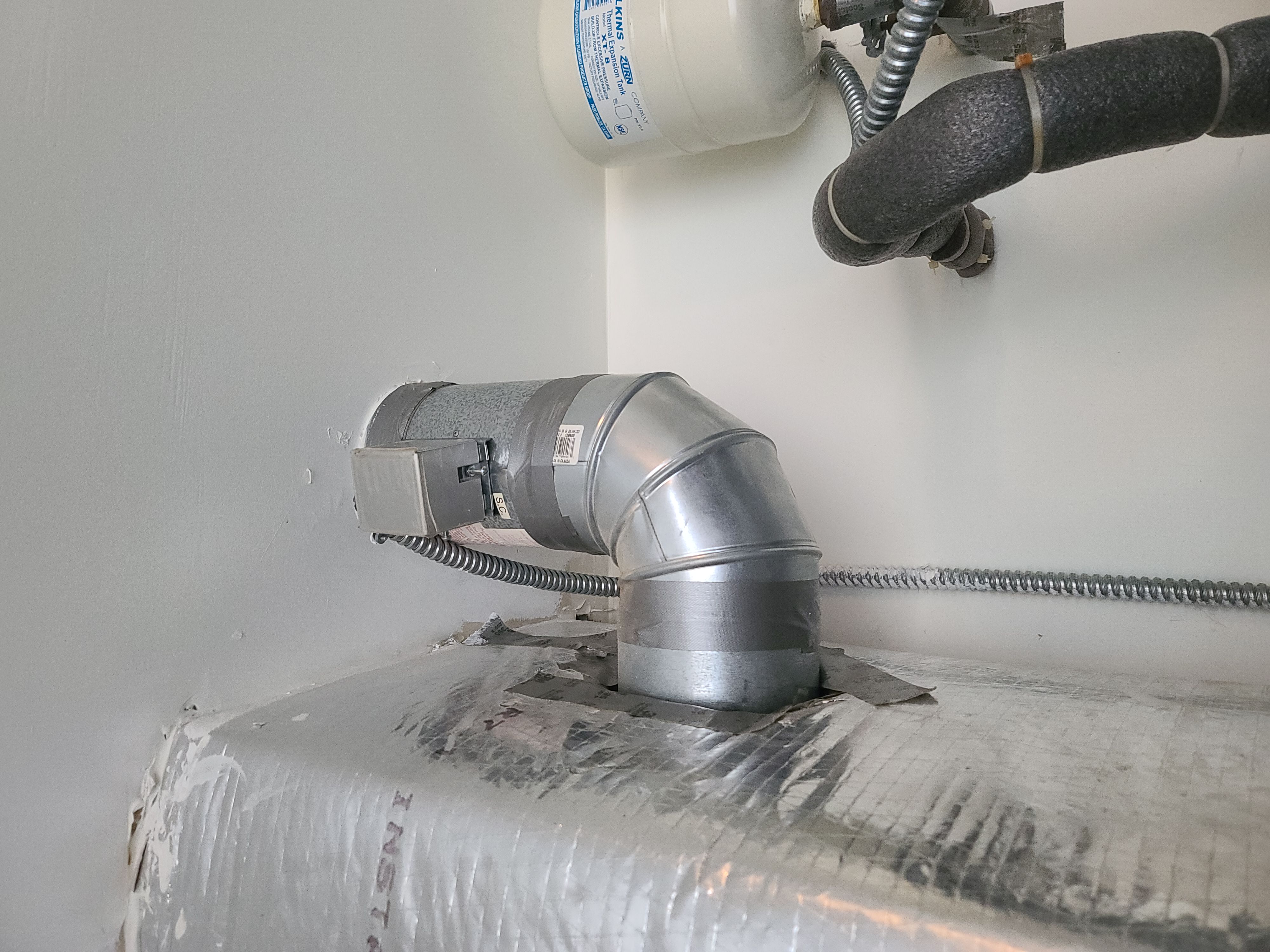
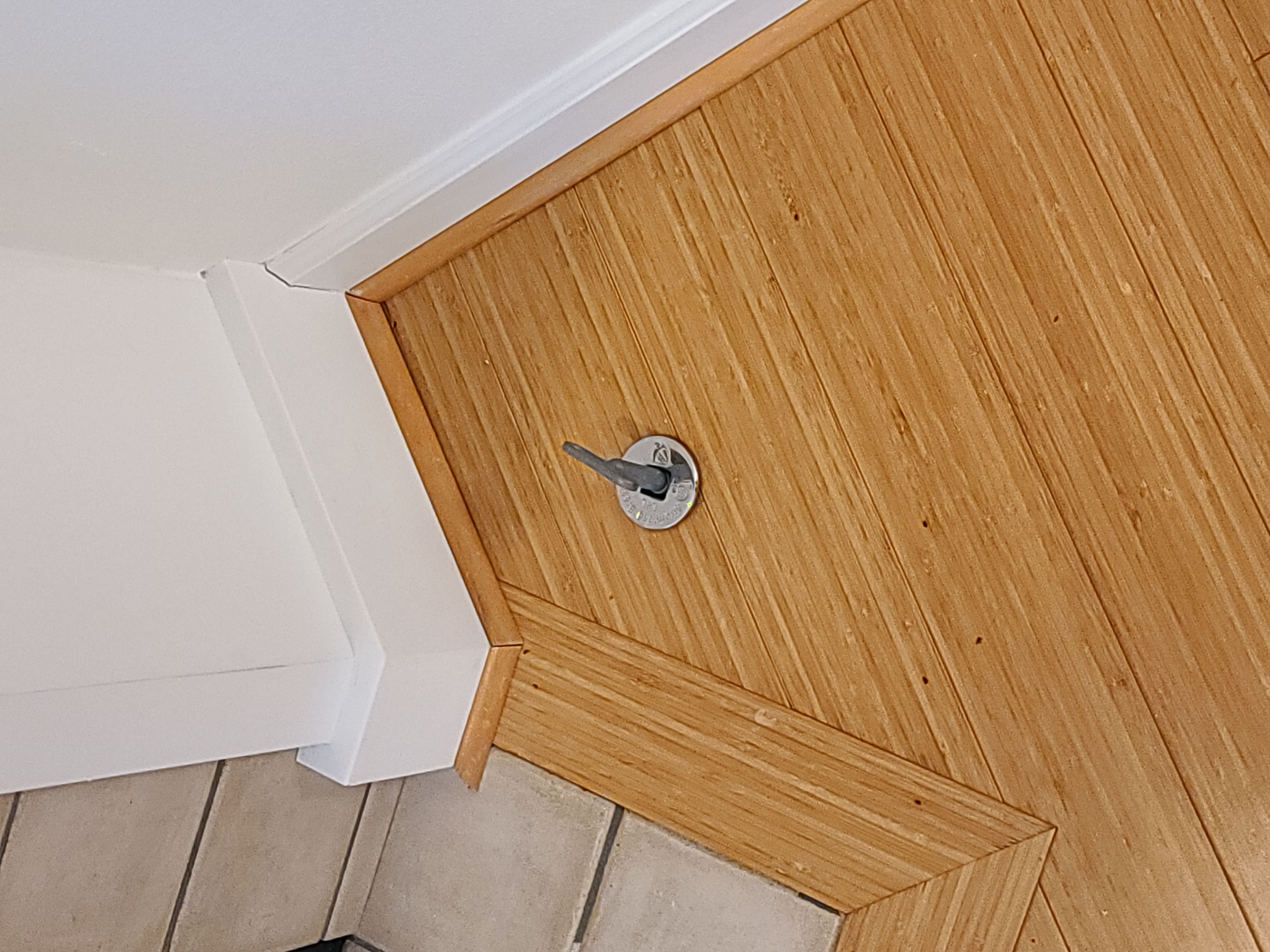

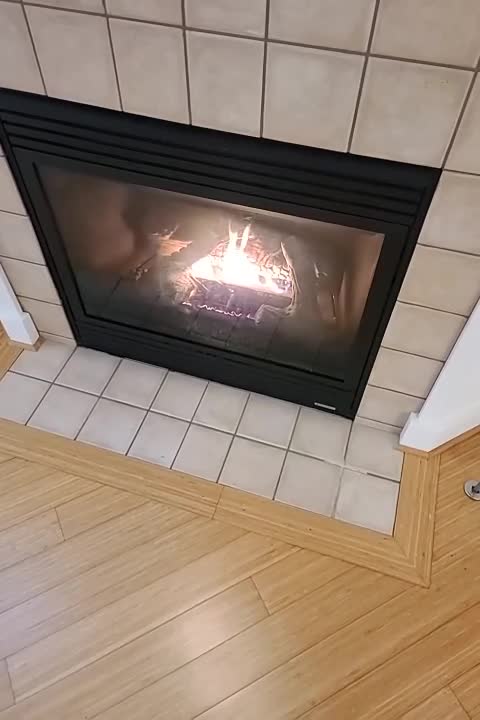

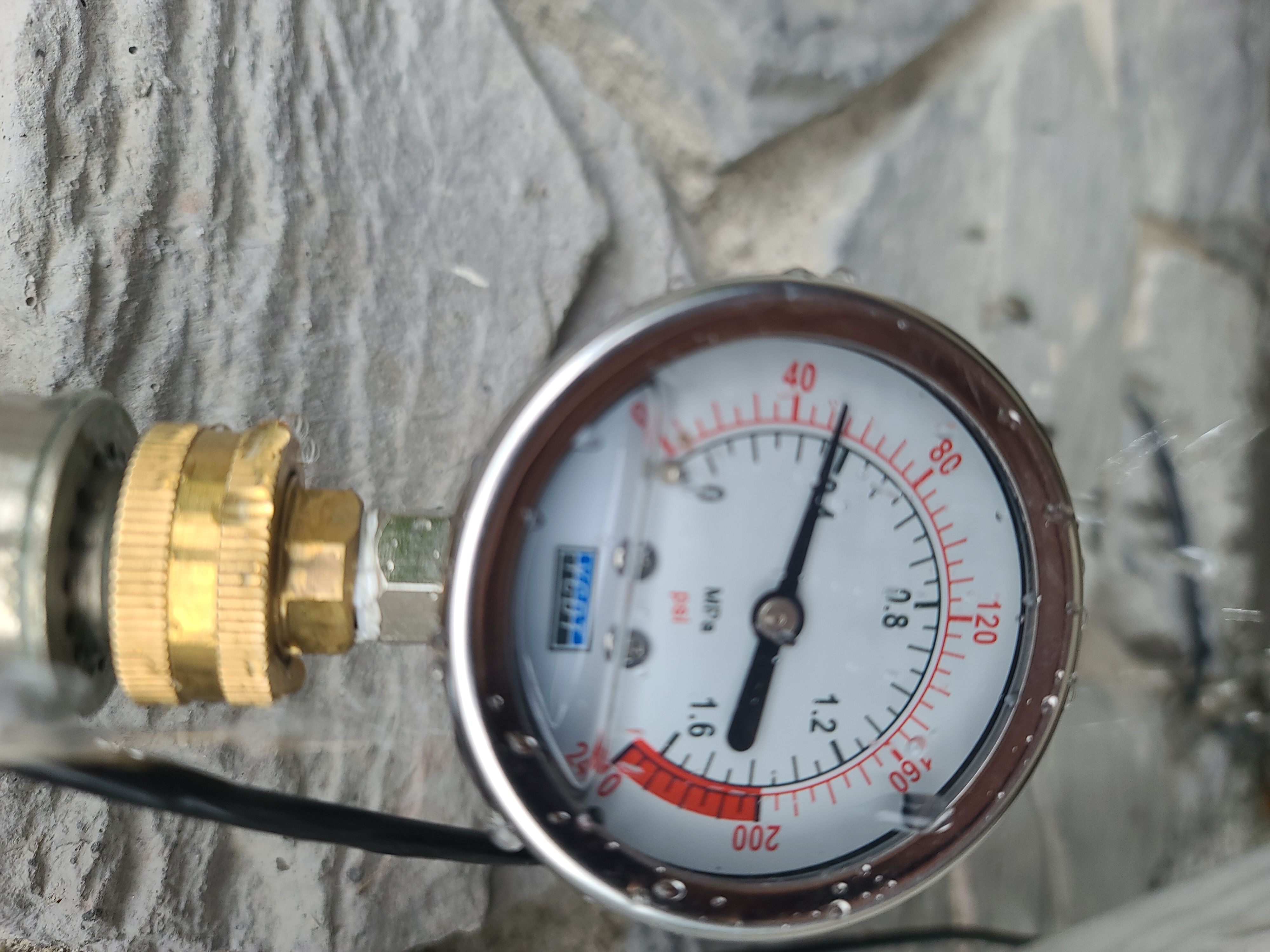
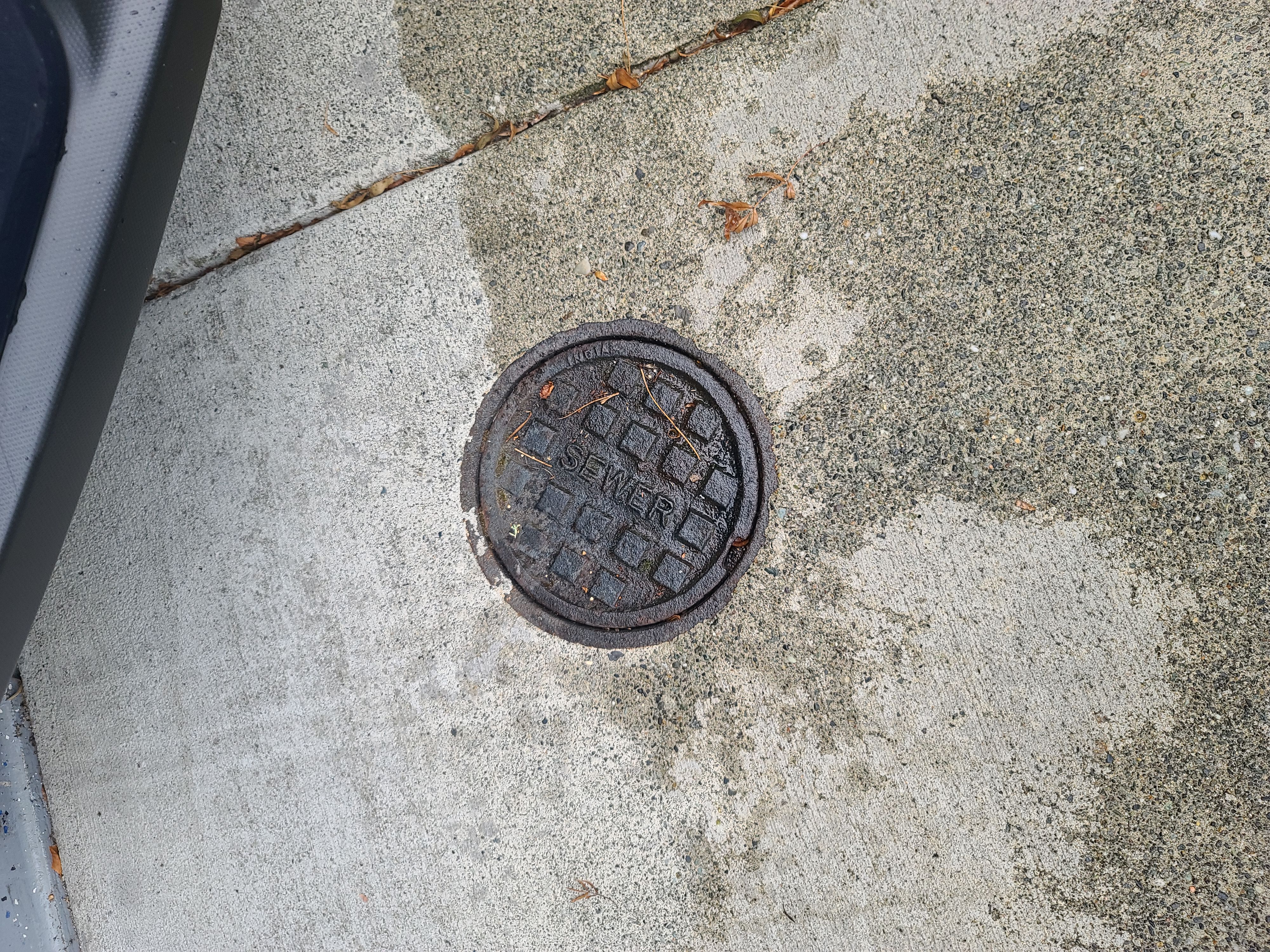
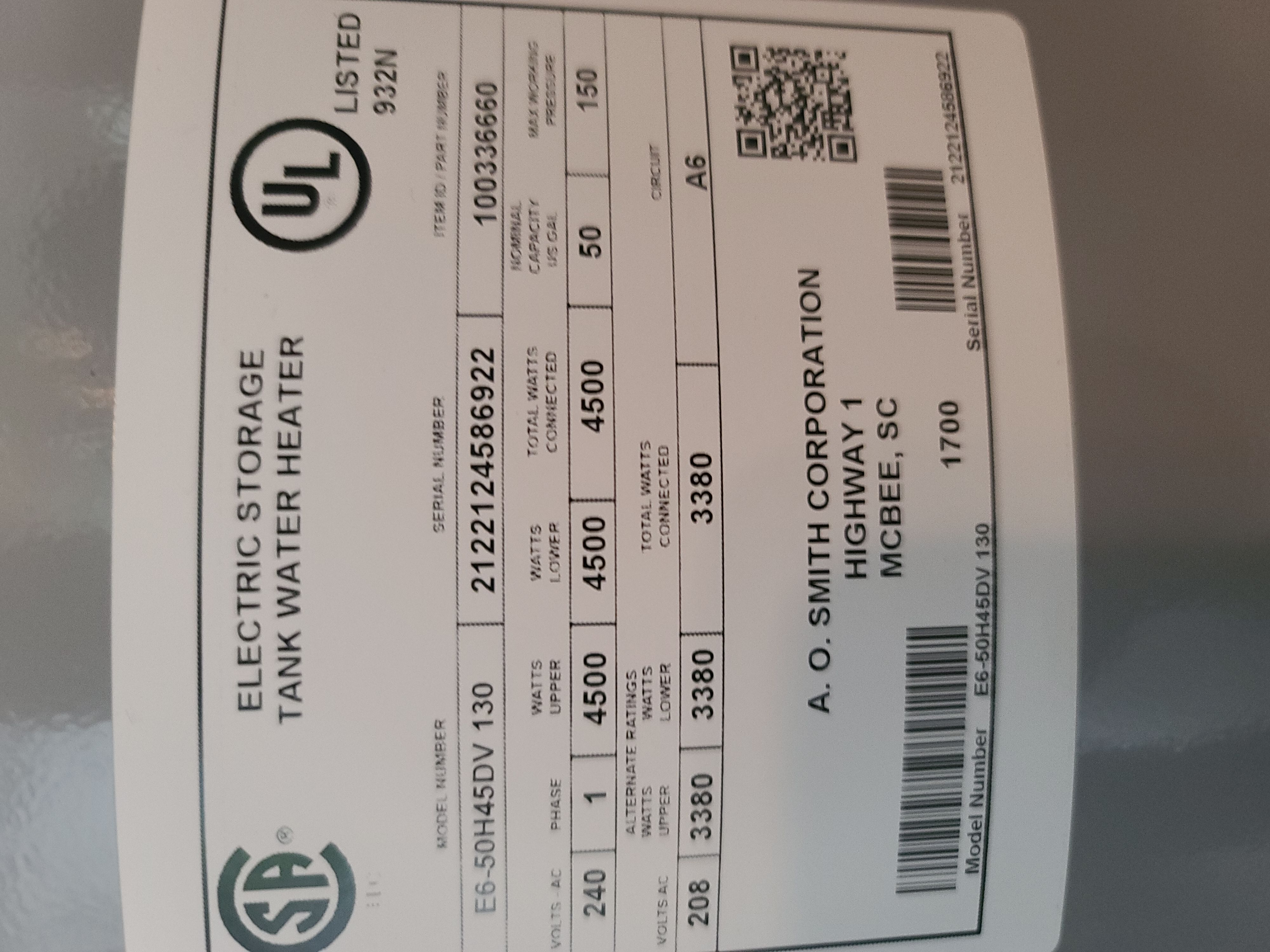
 (1) (1).jpg)
 (1) (4) (1).jpg)
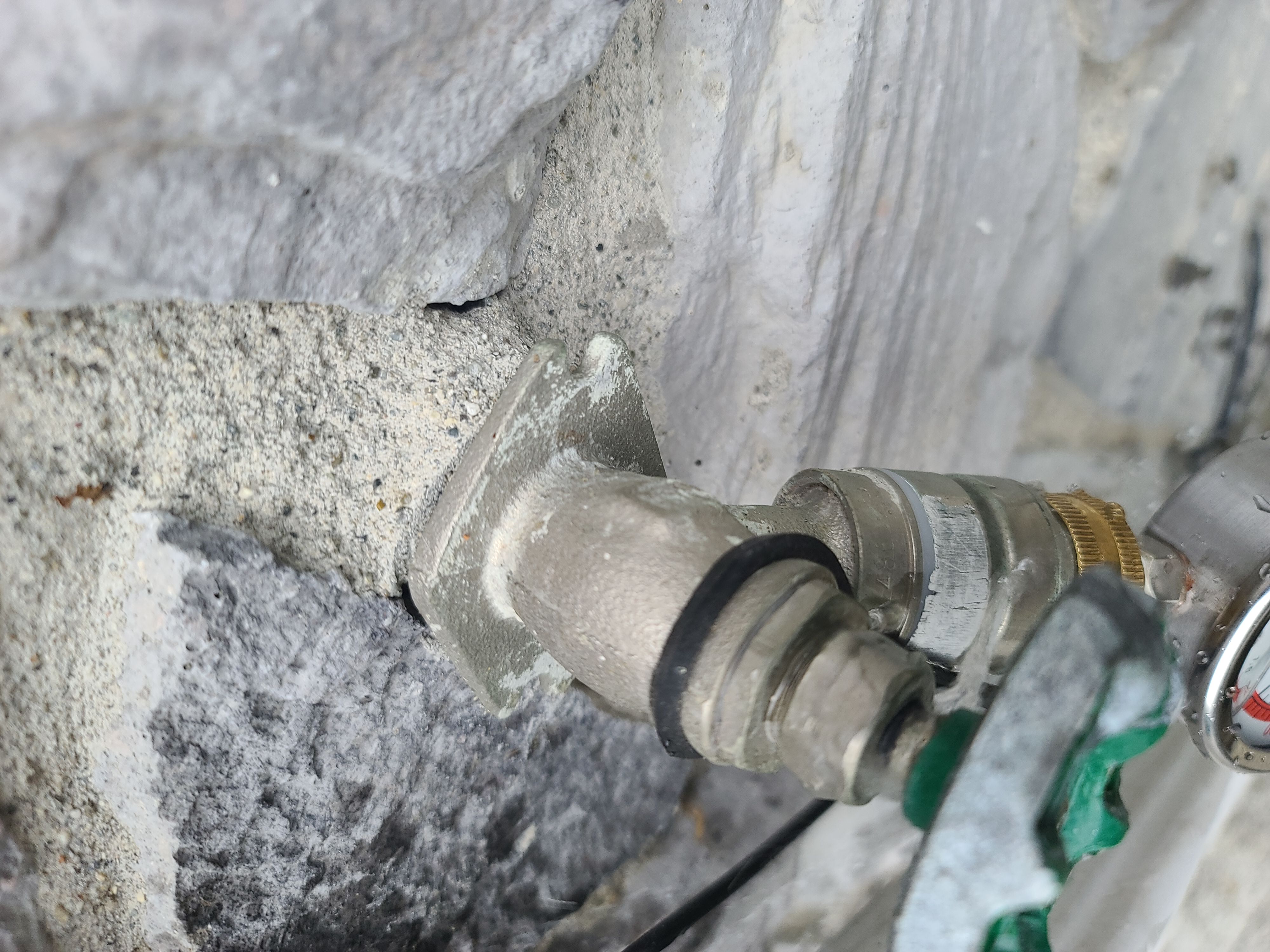
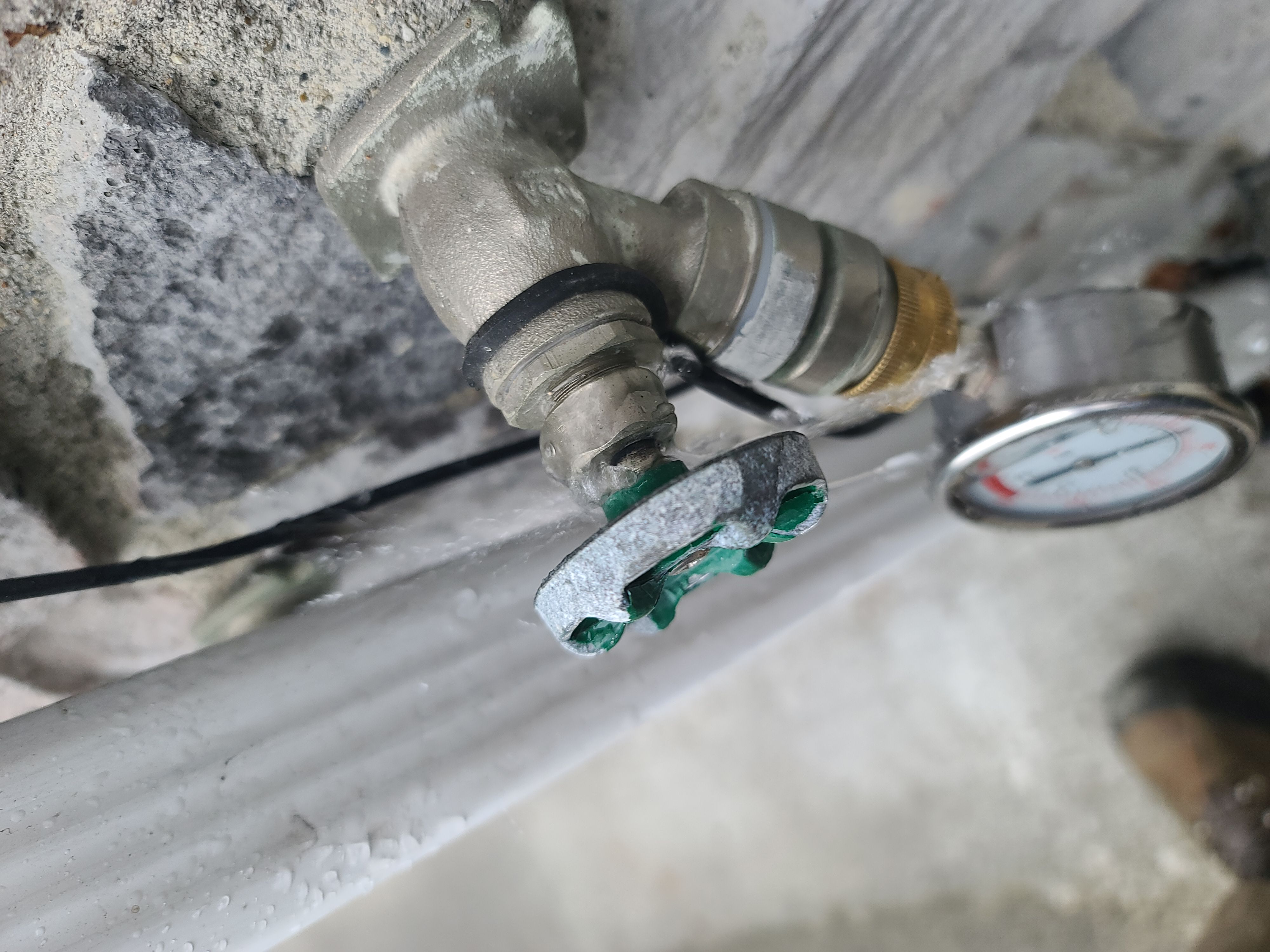
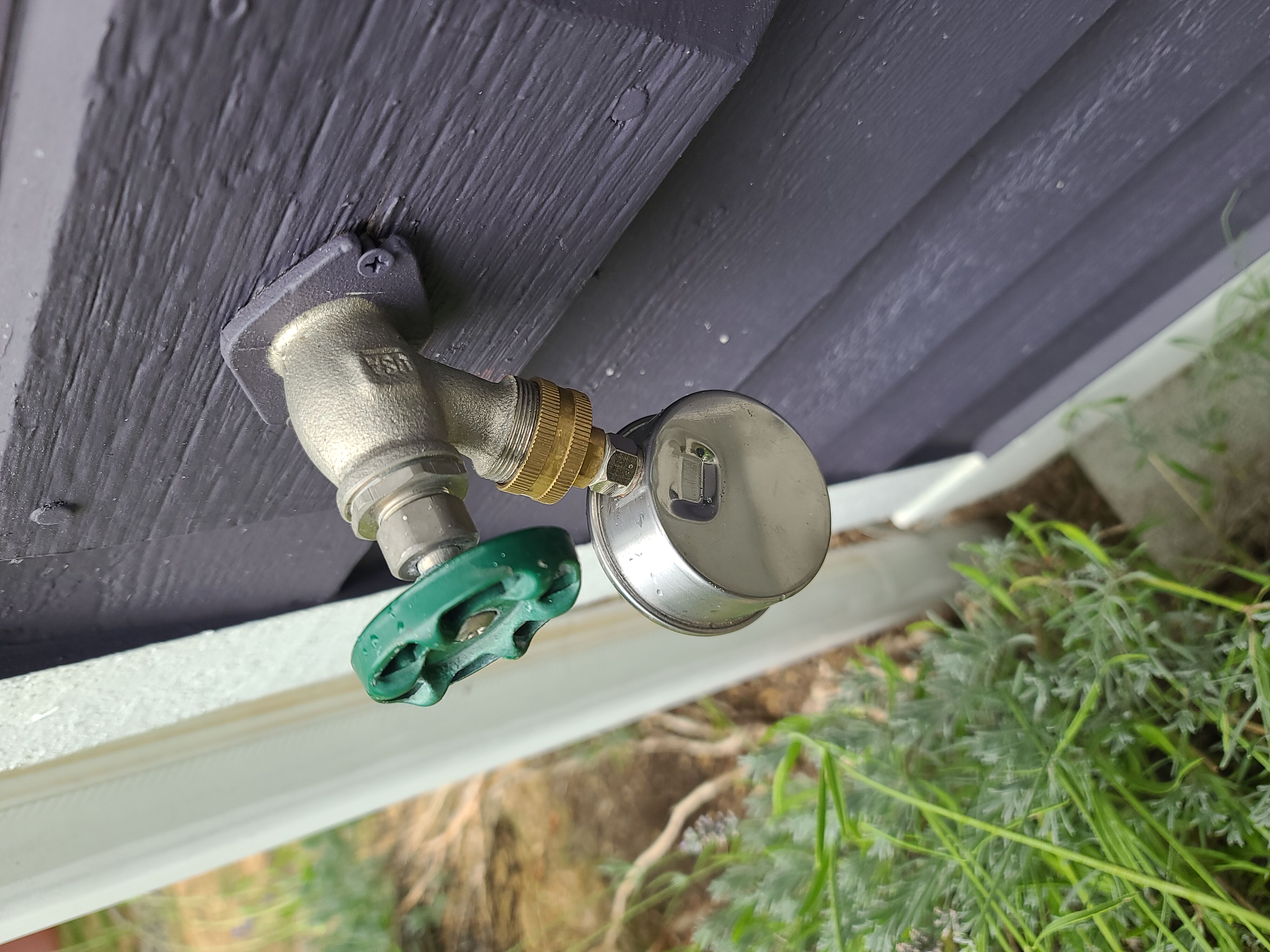
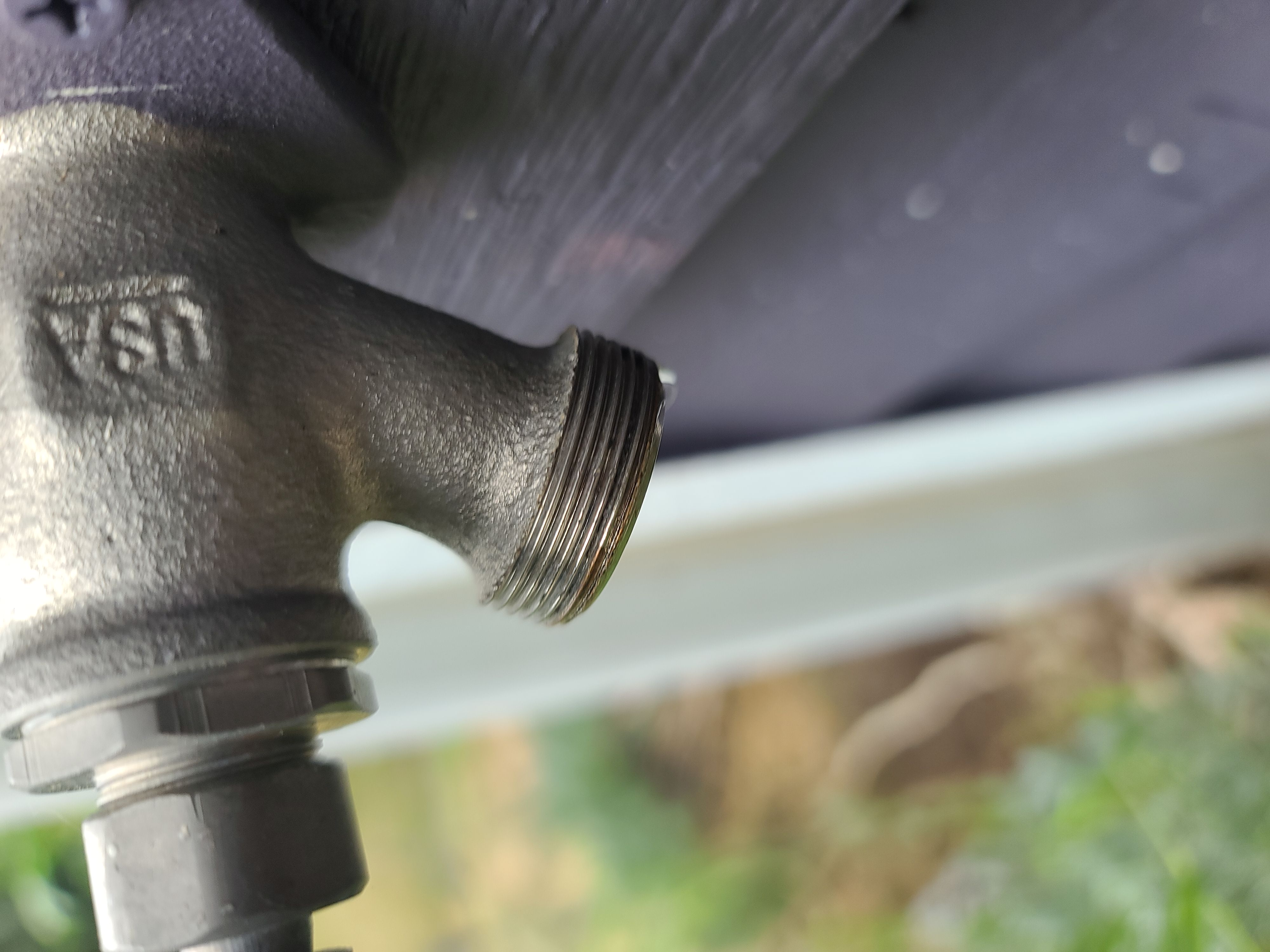
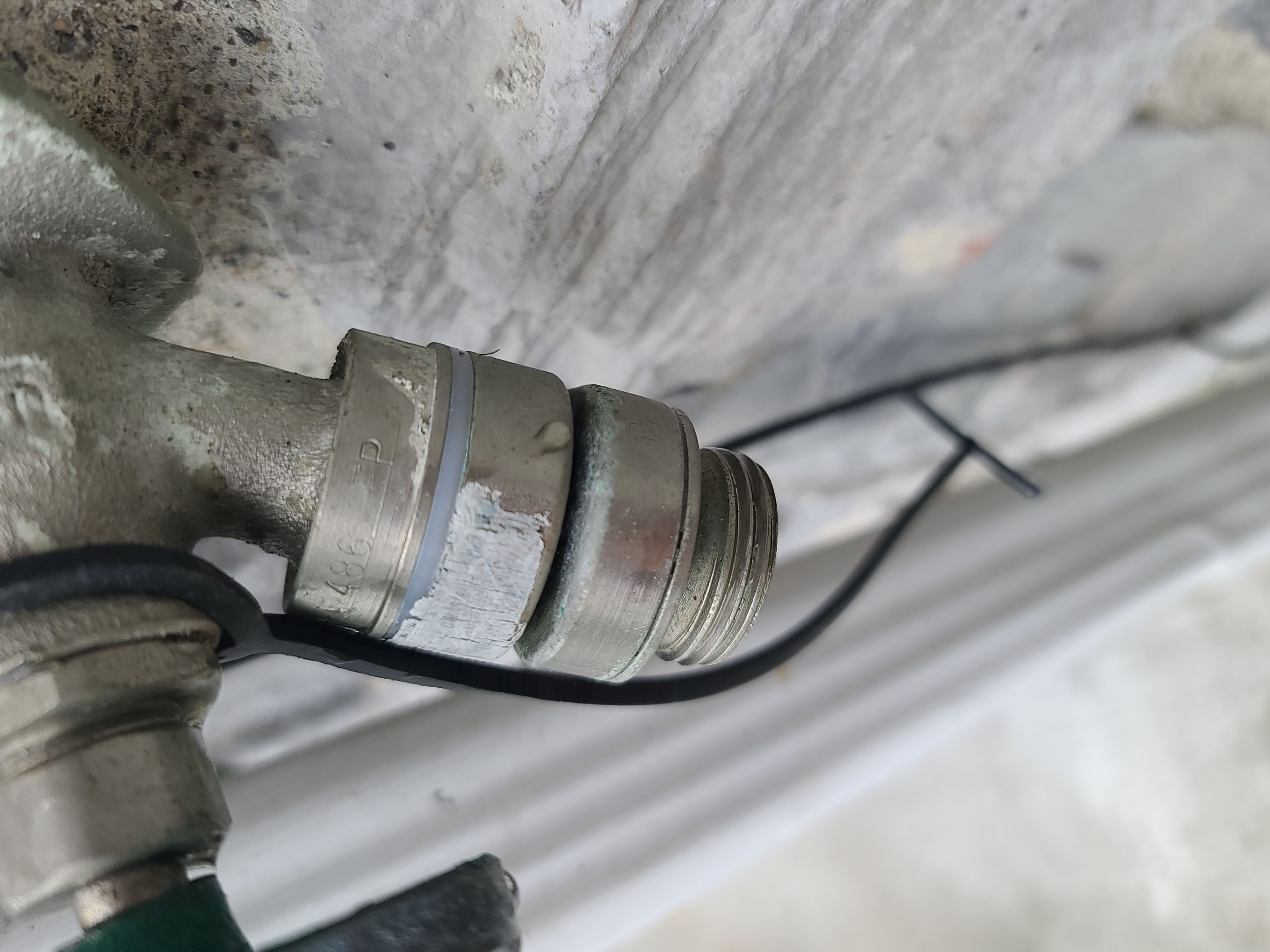
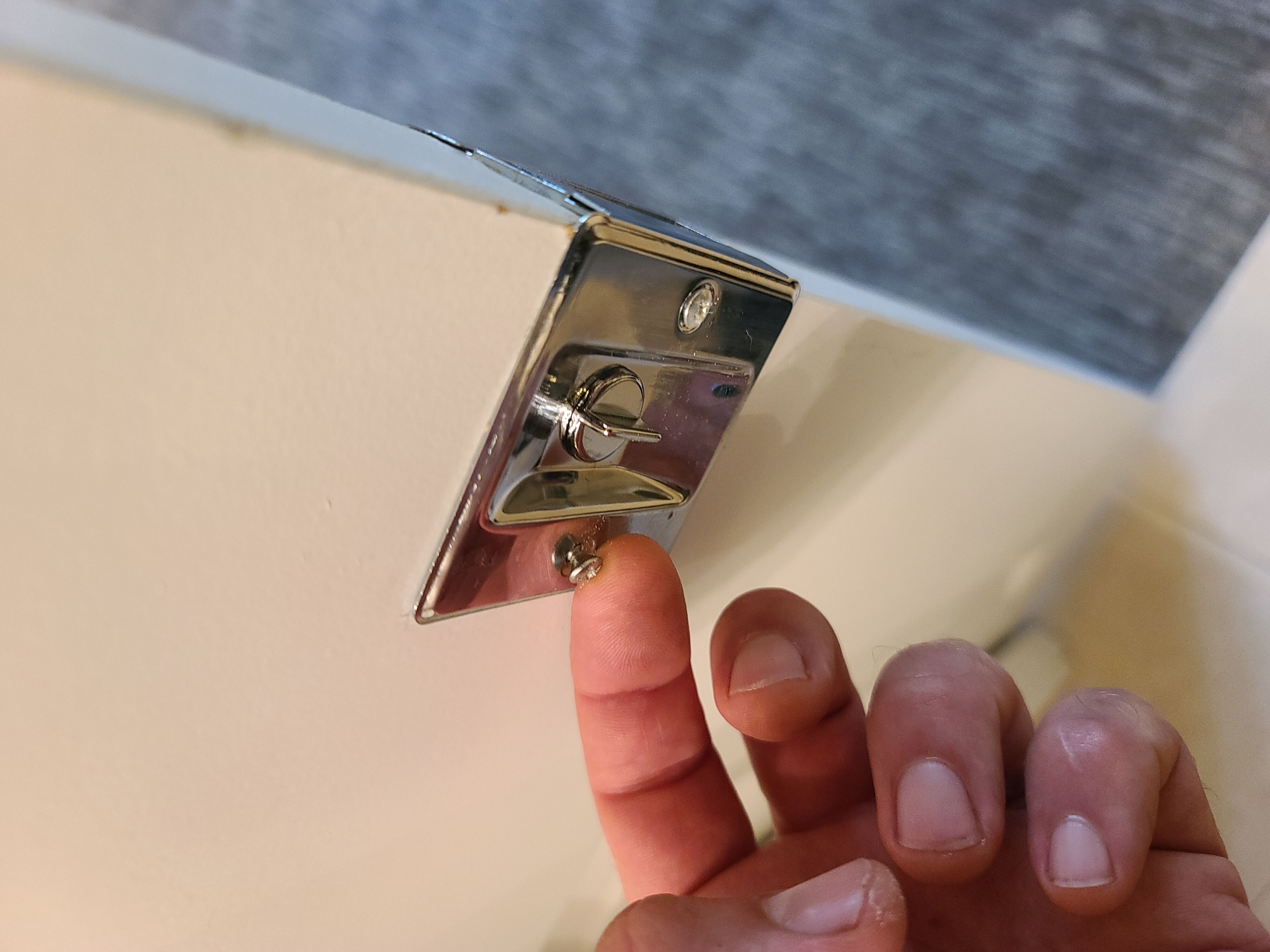
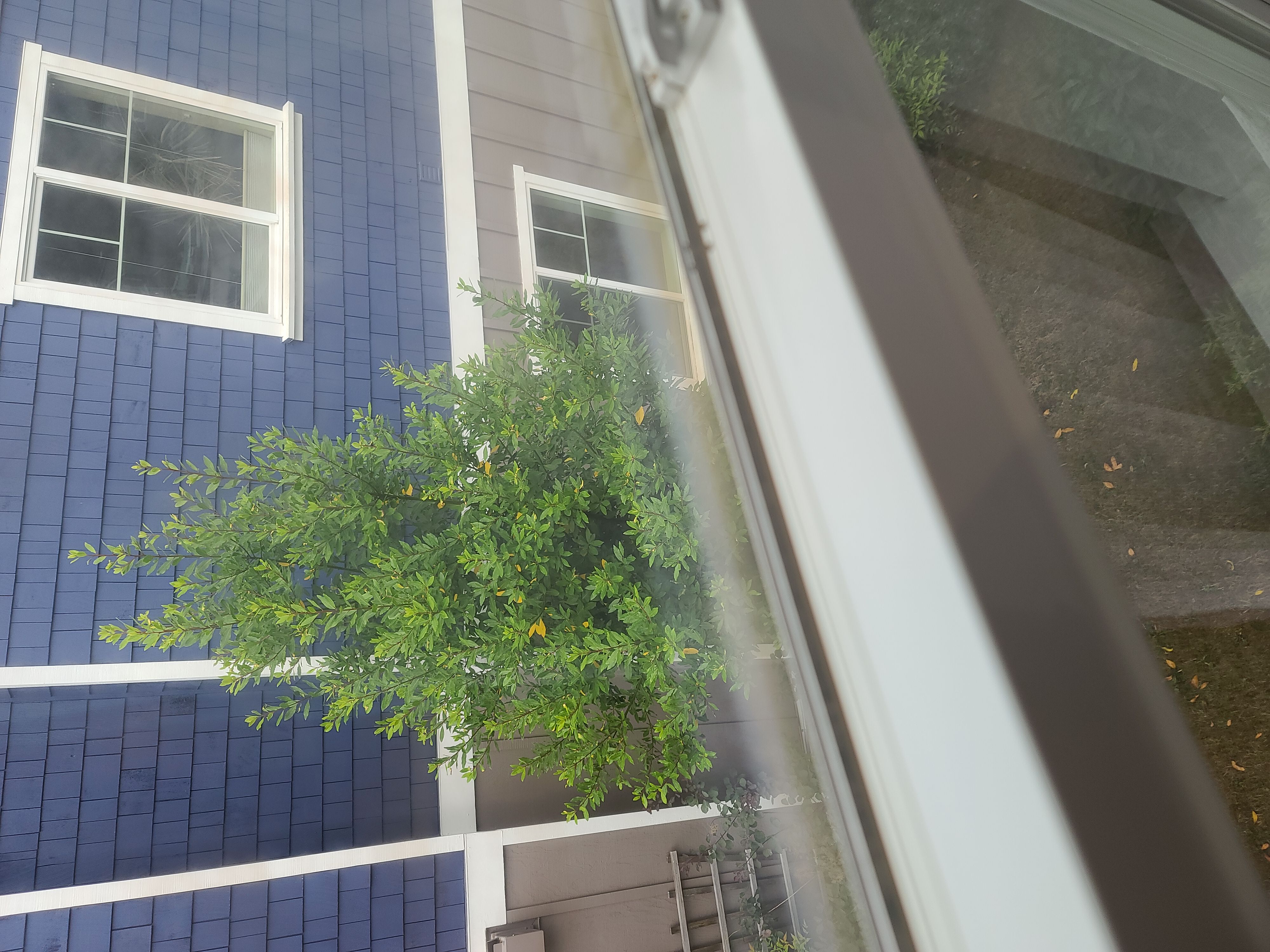
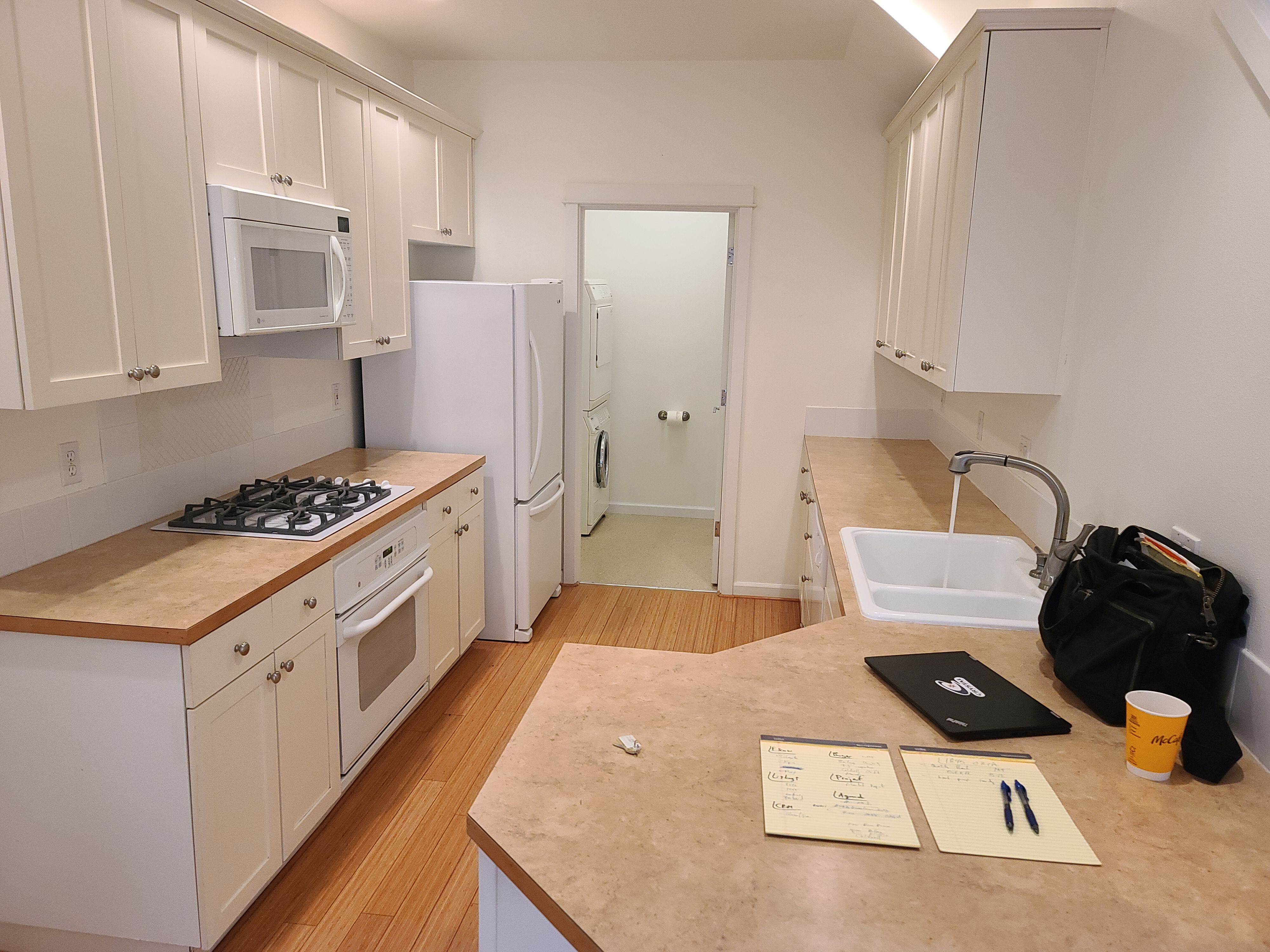
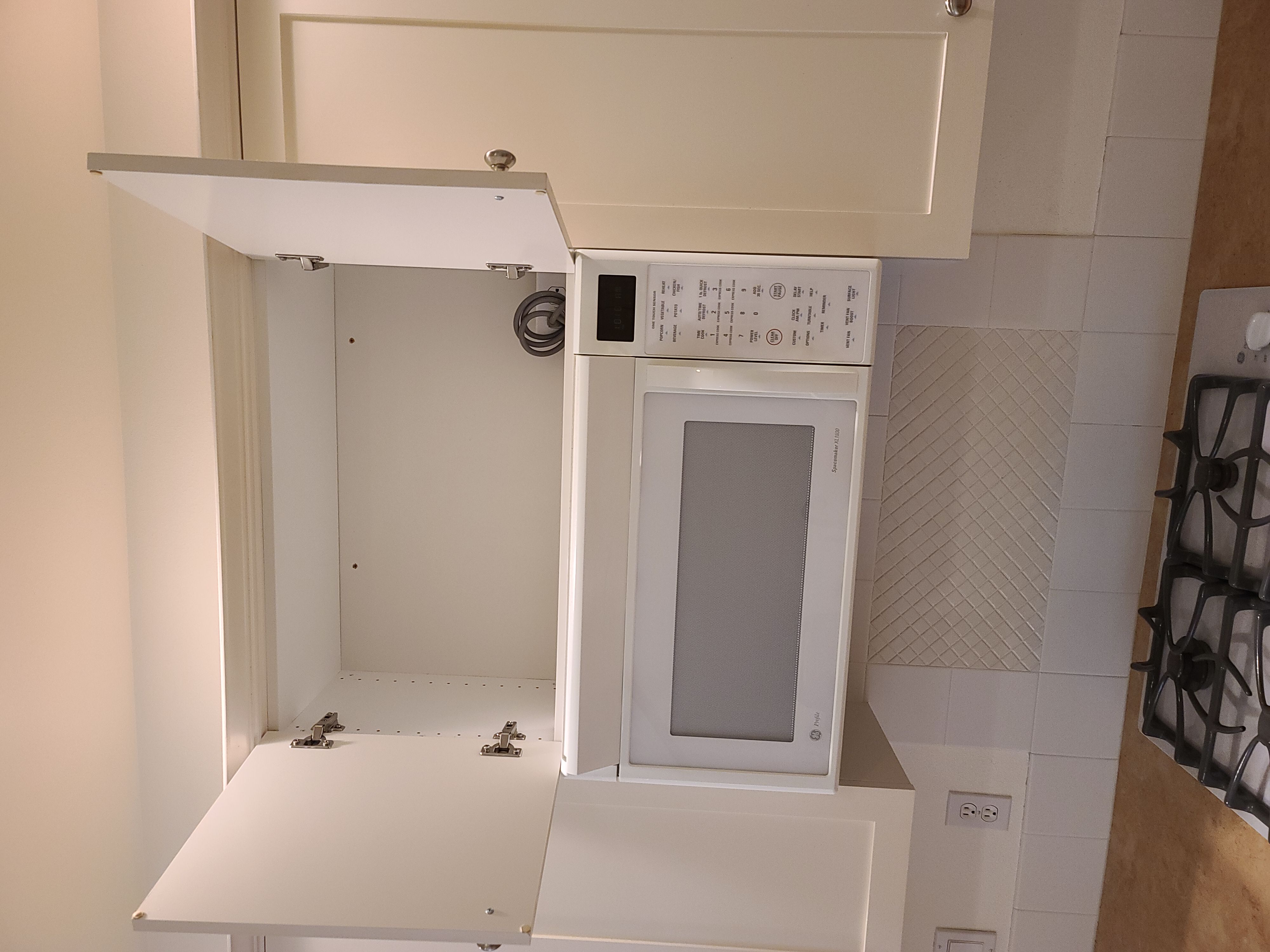
.png)
.png)
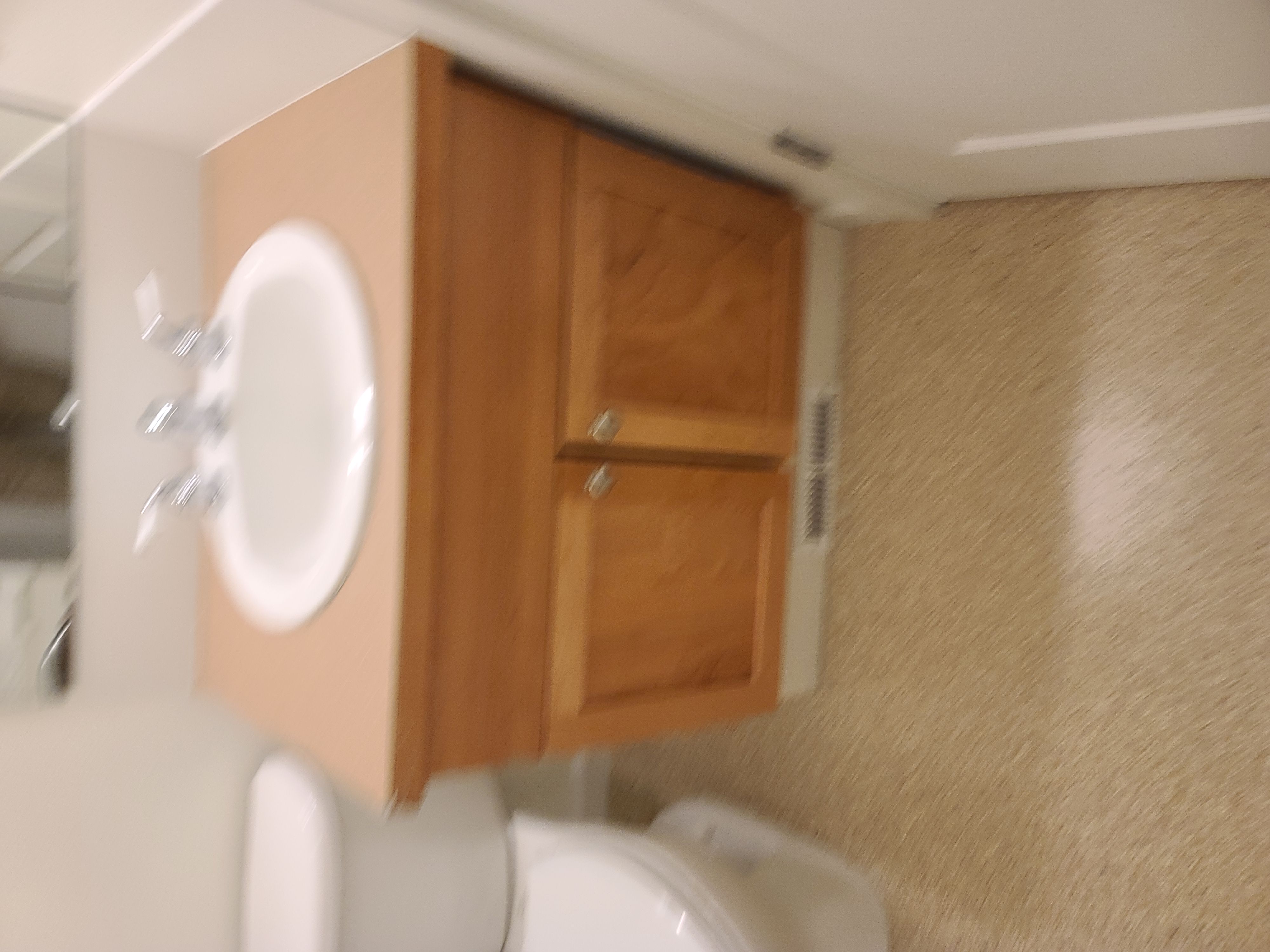

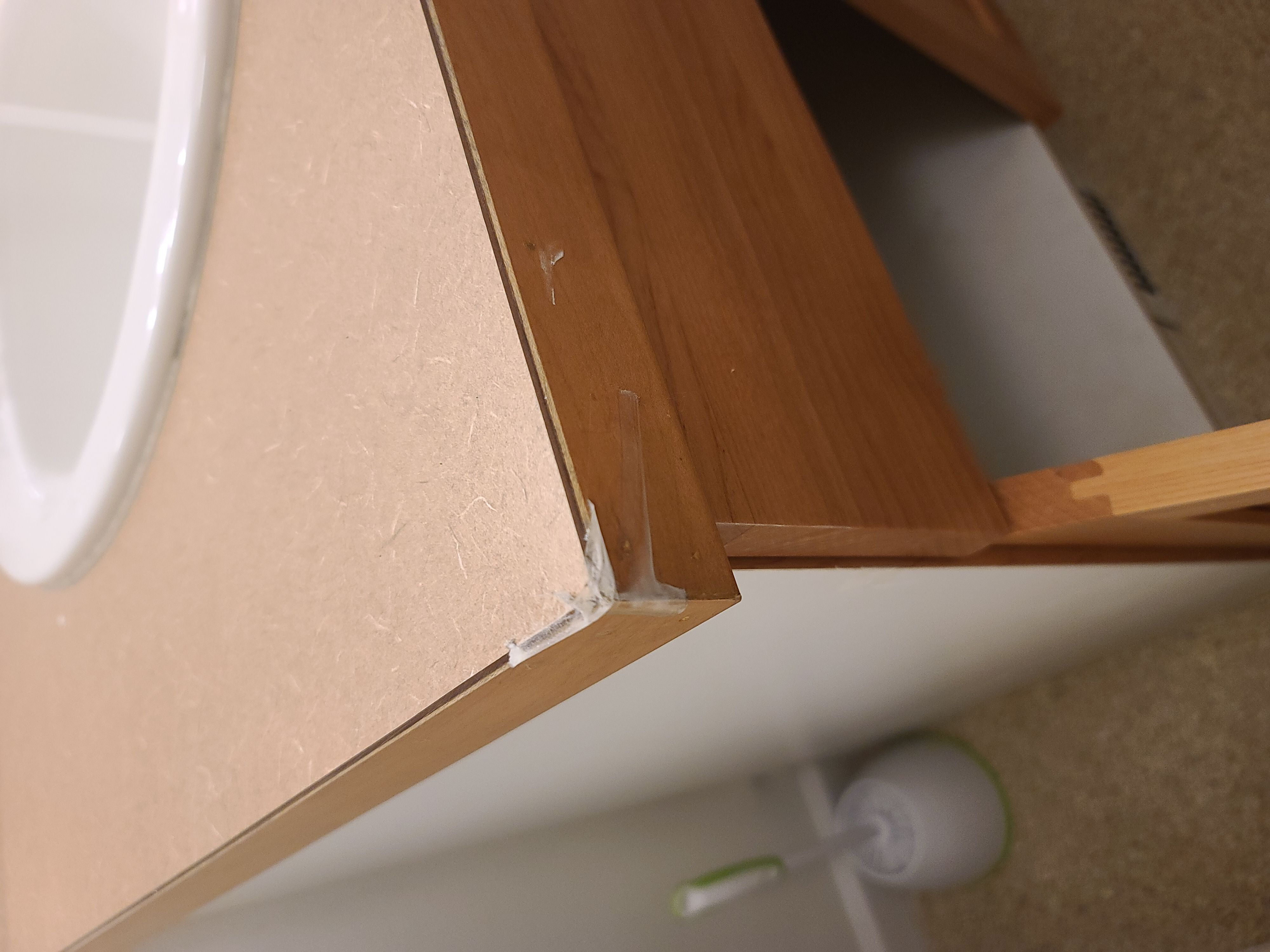
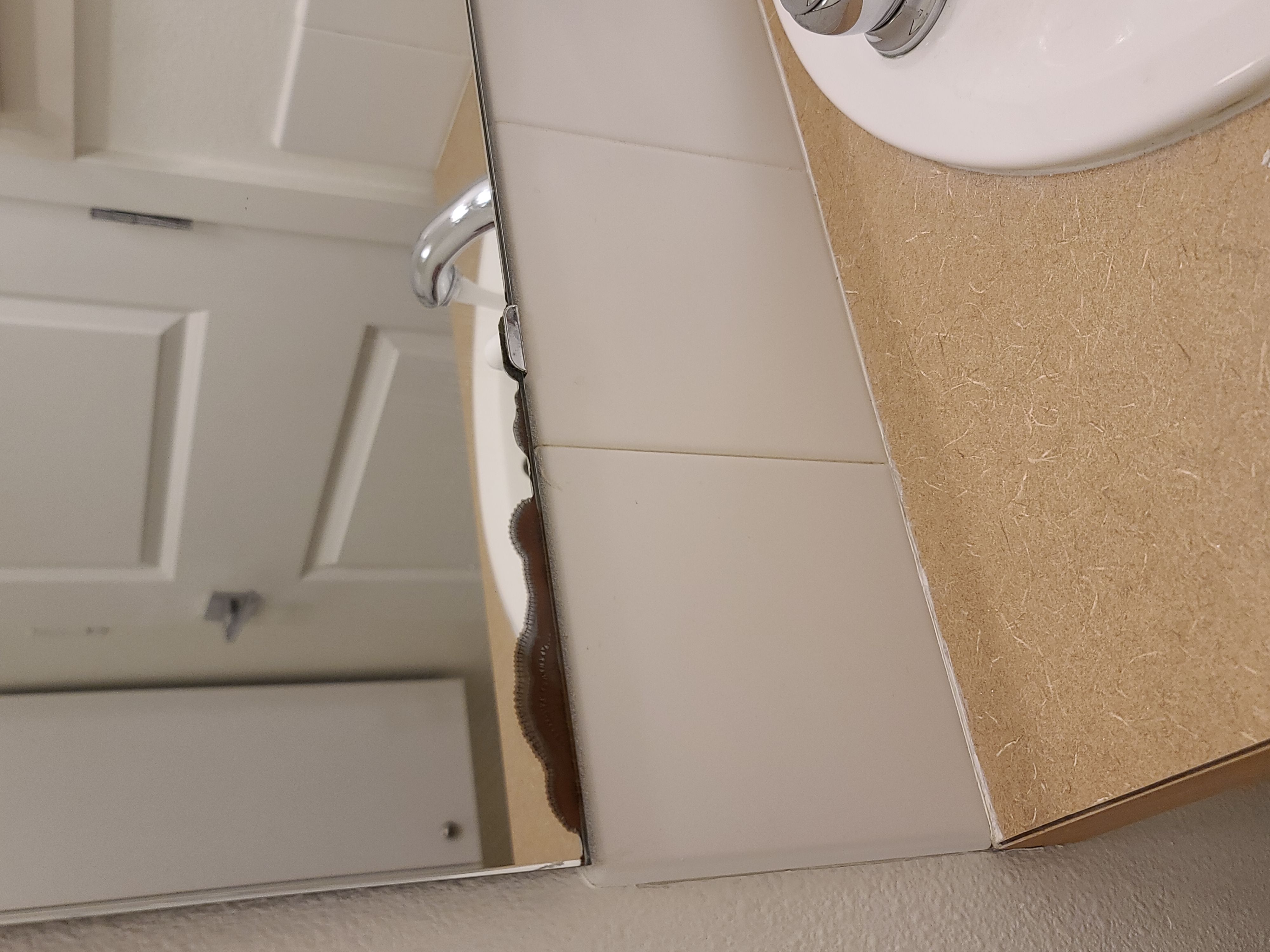
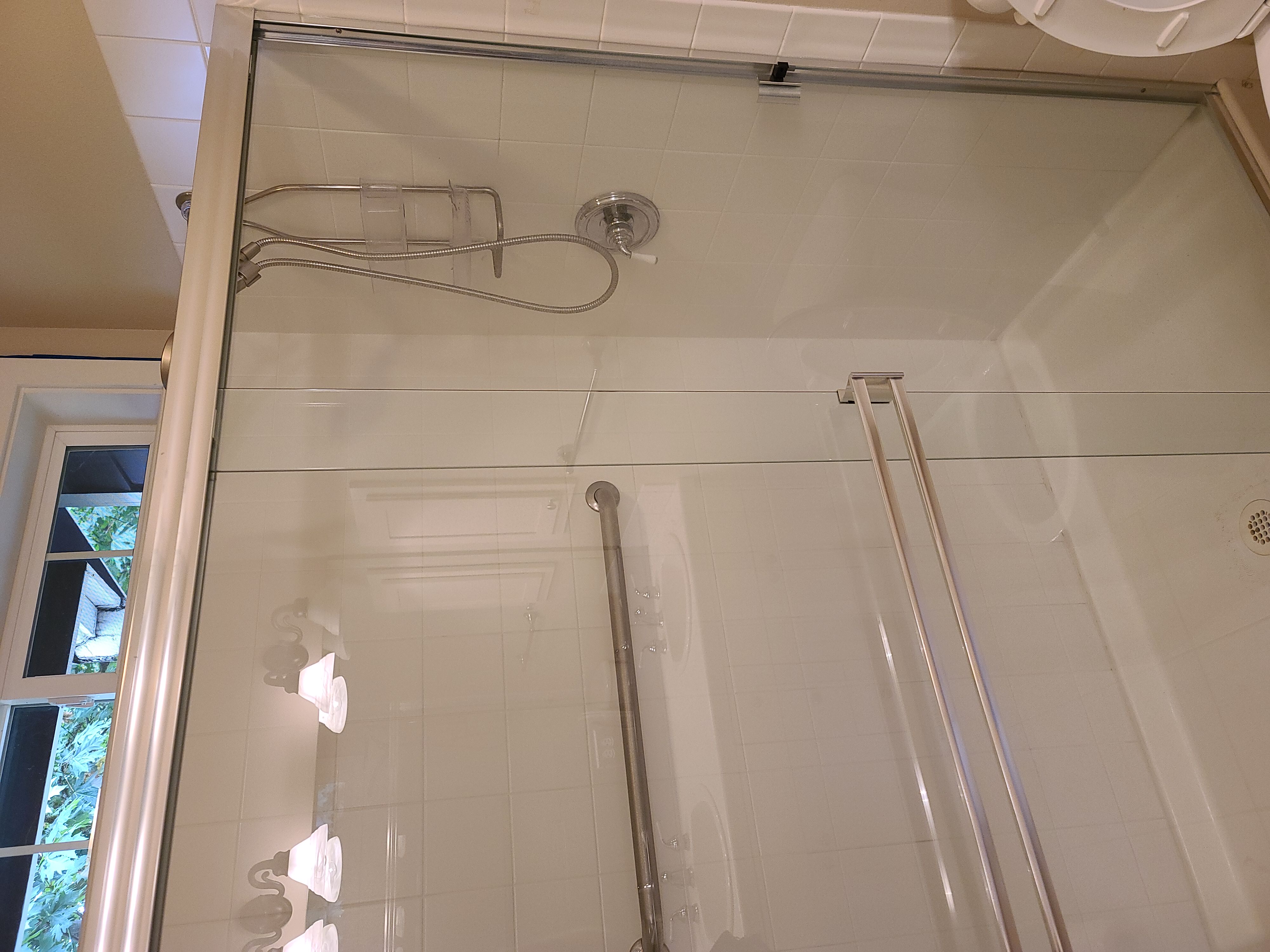
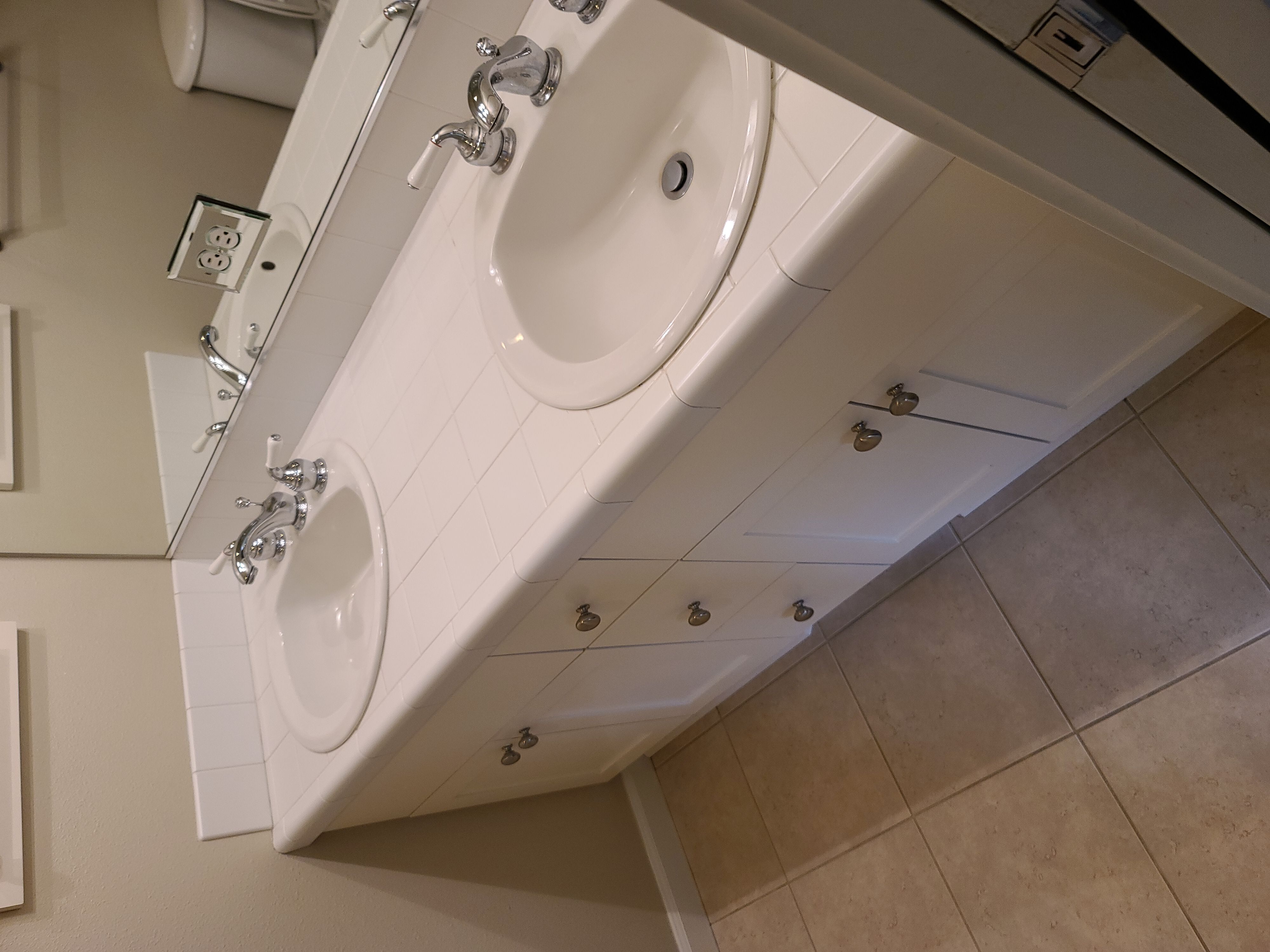
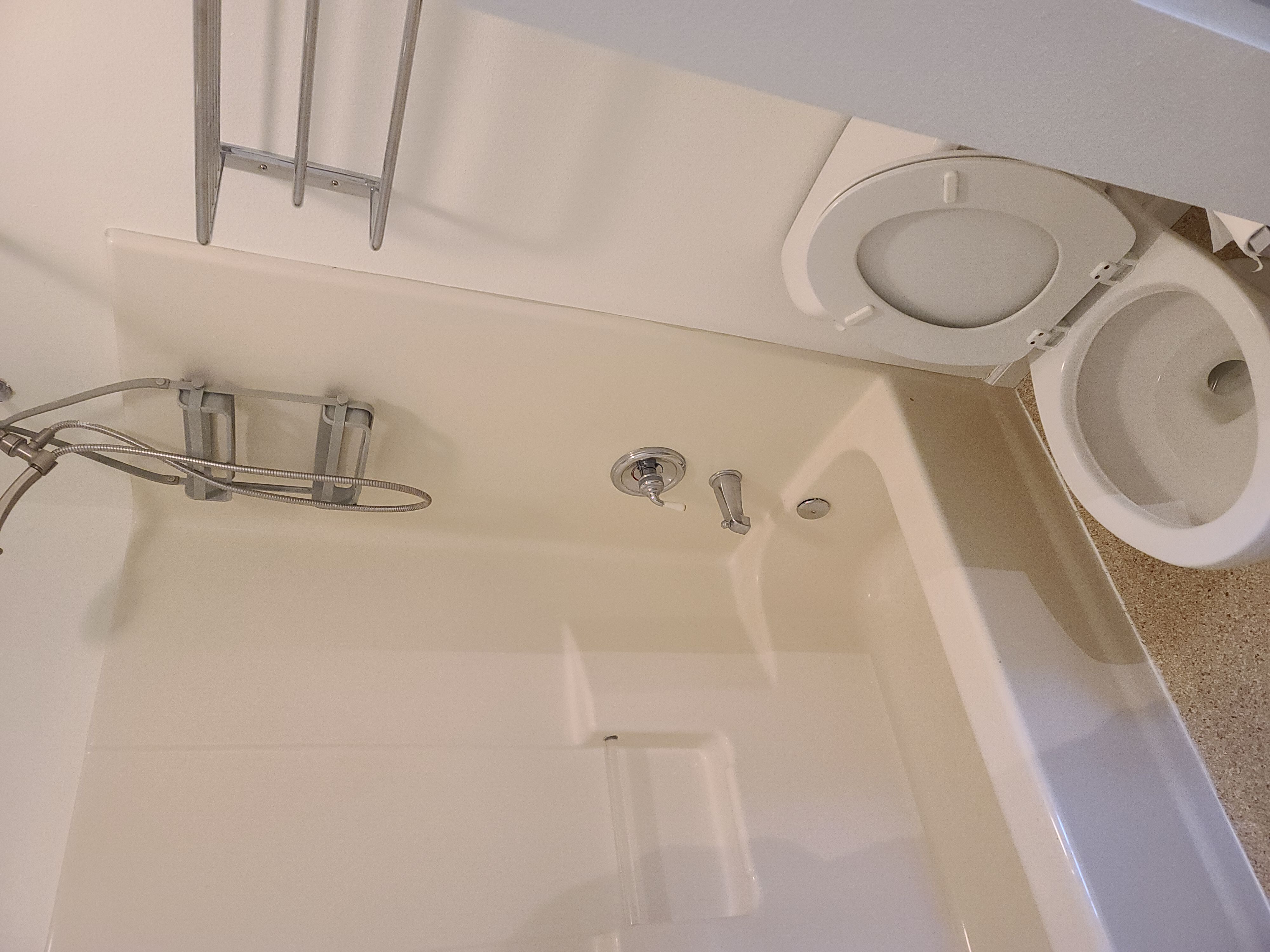
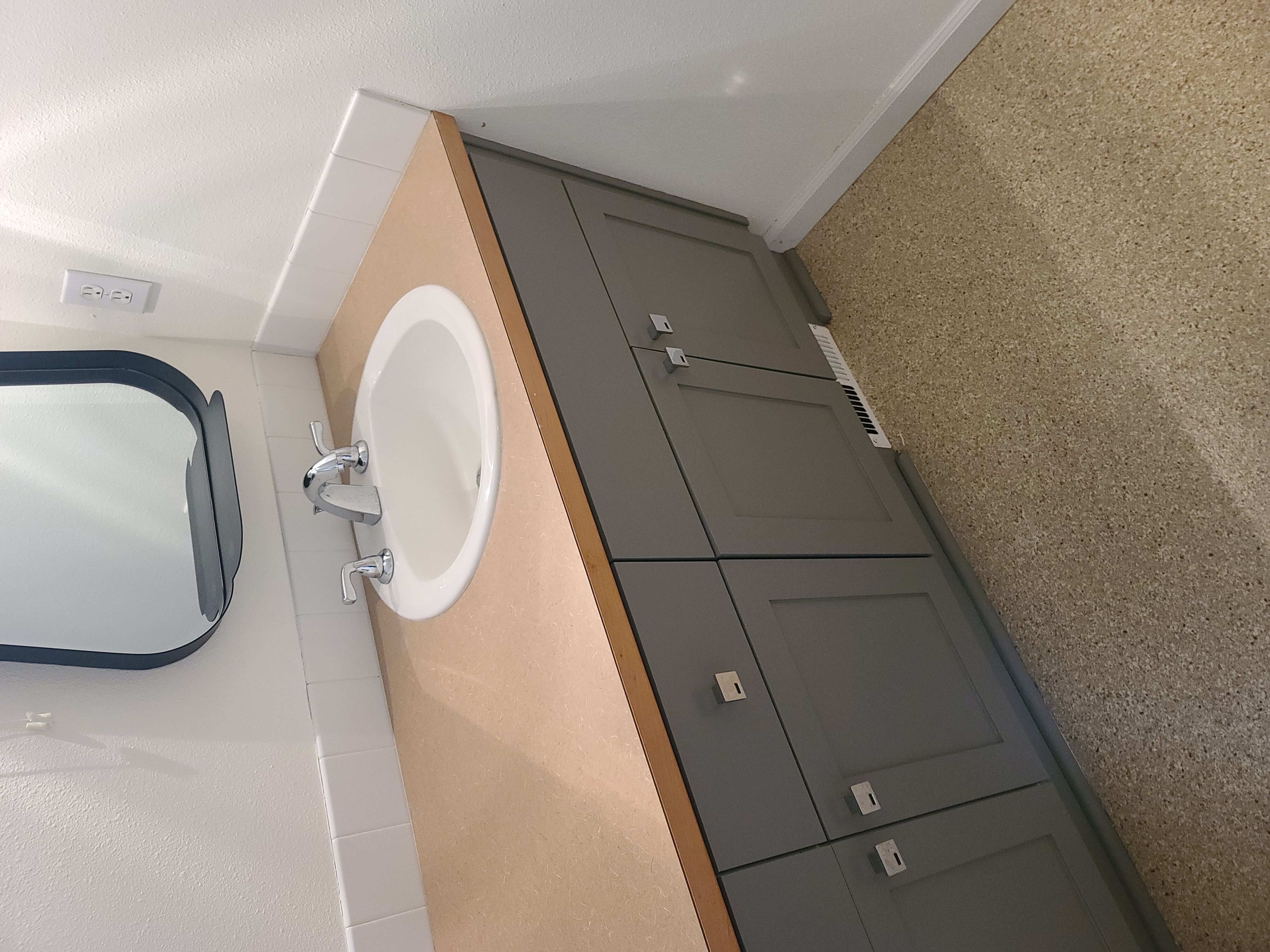

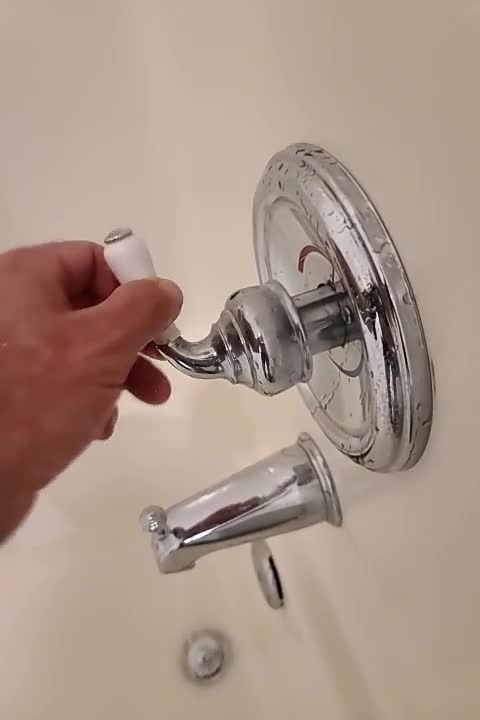

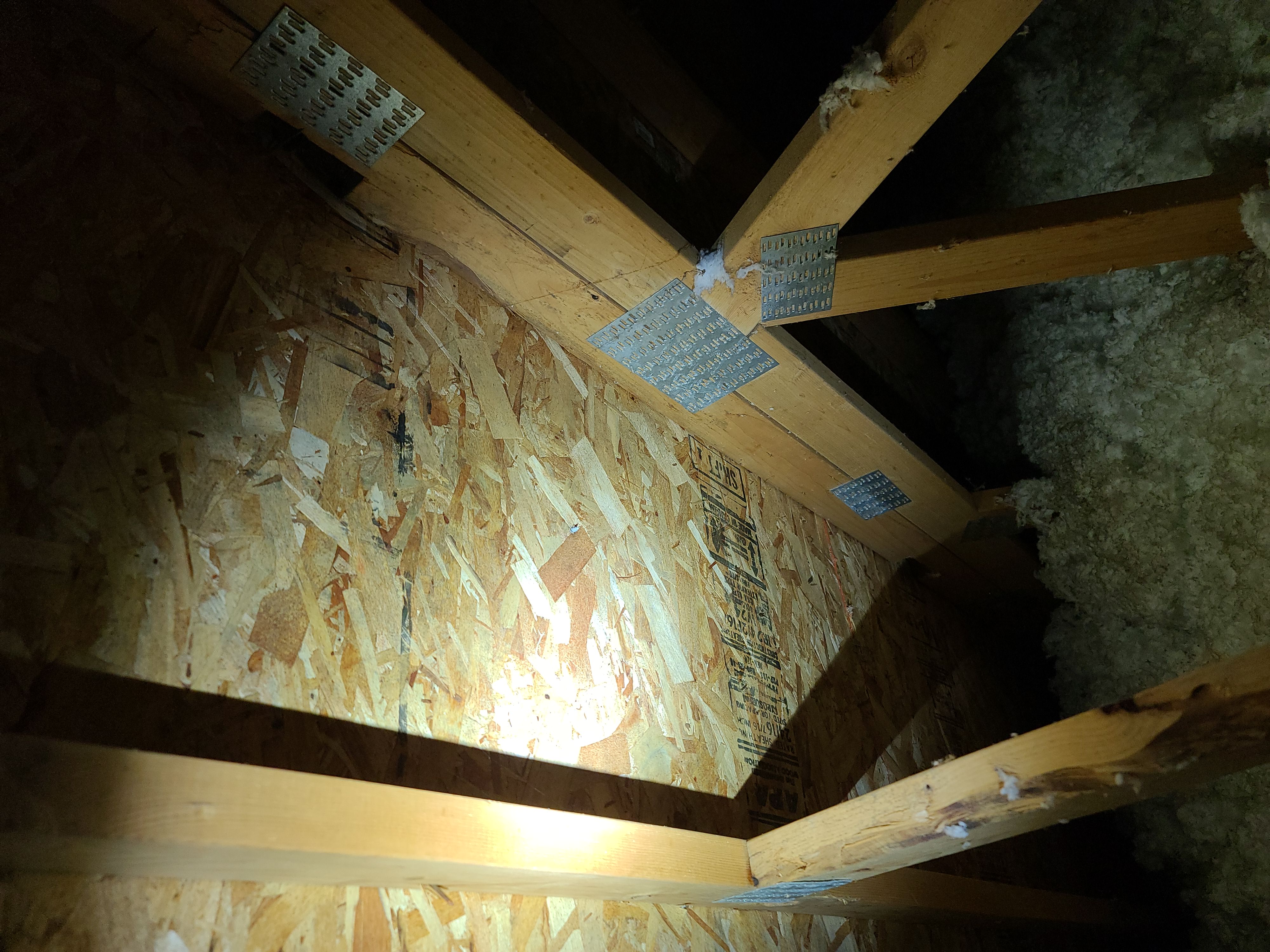
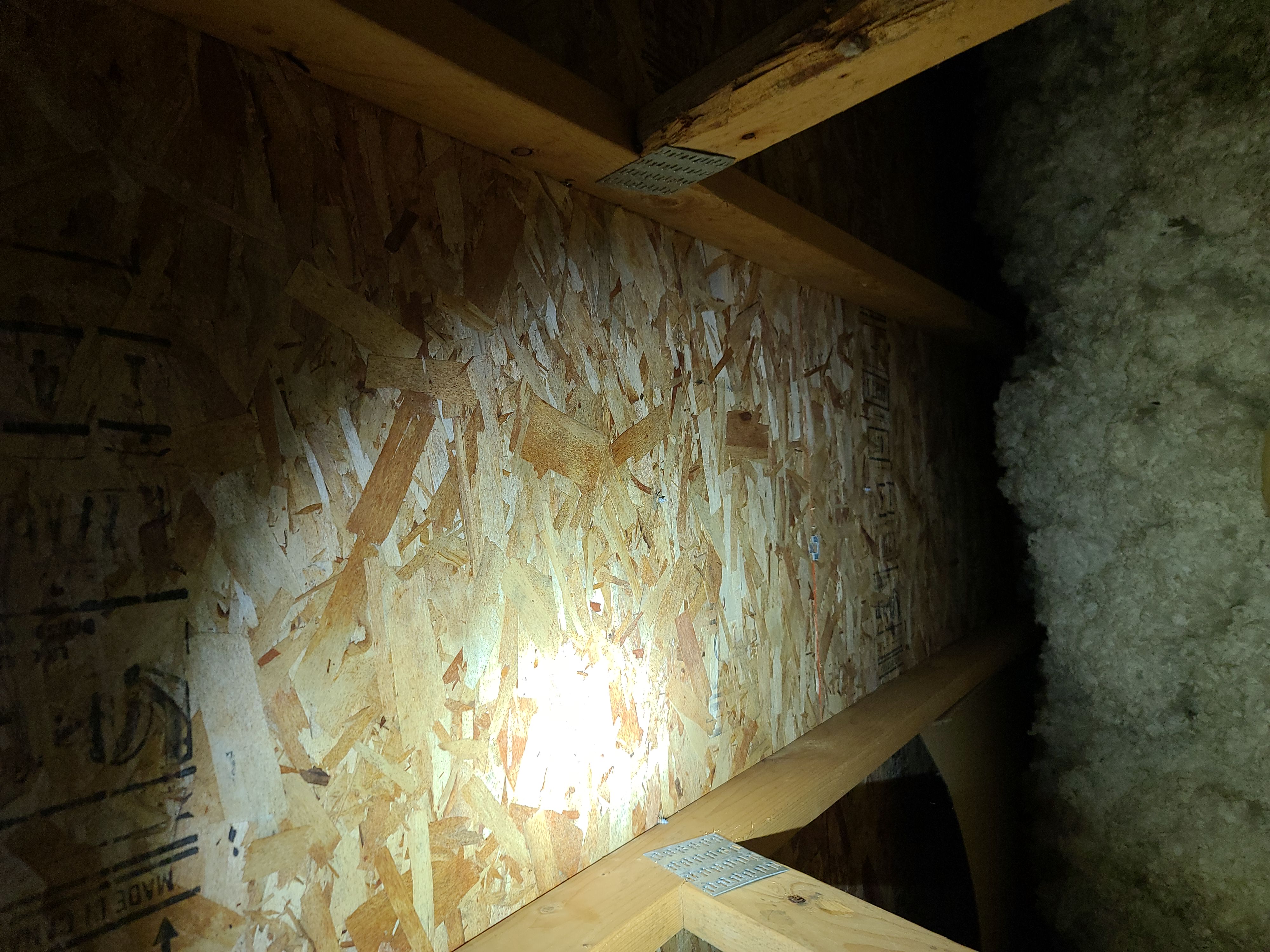
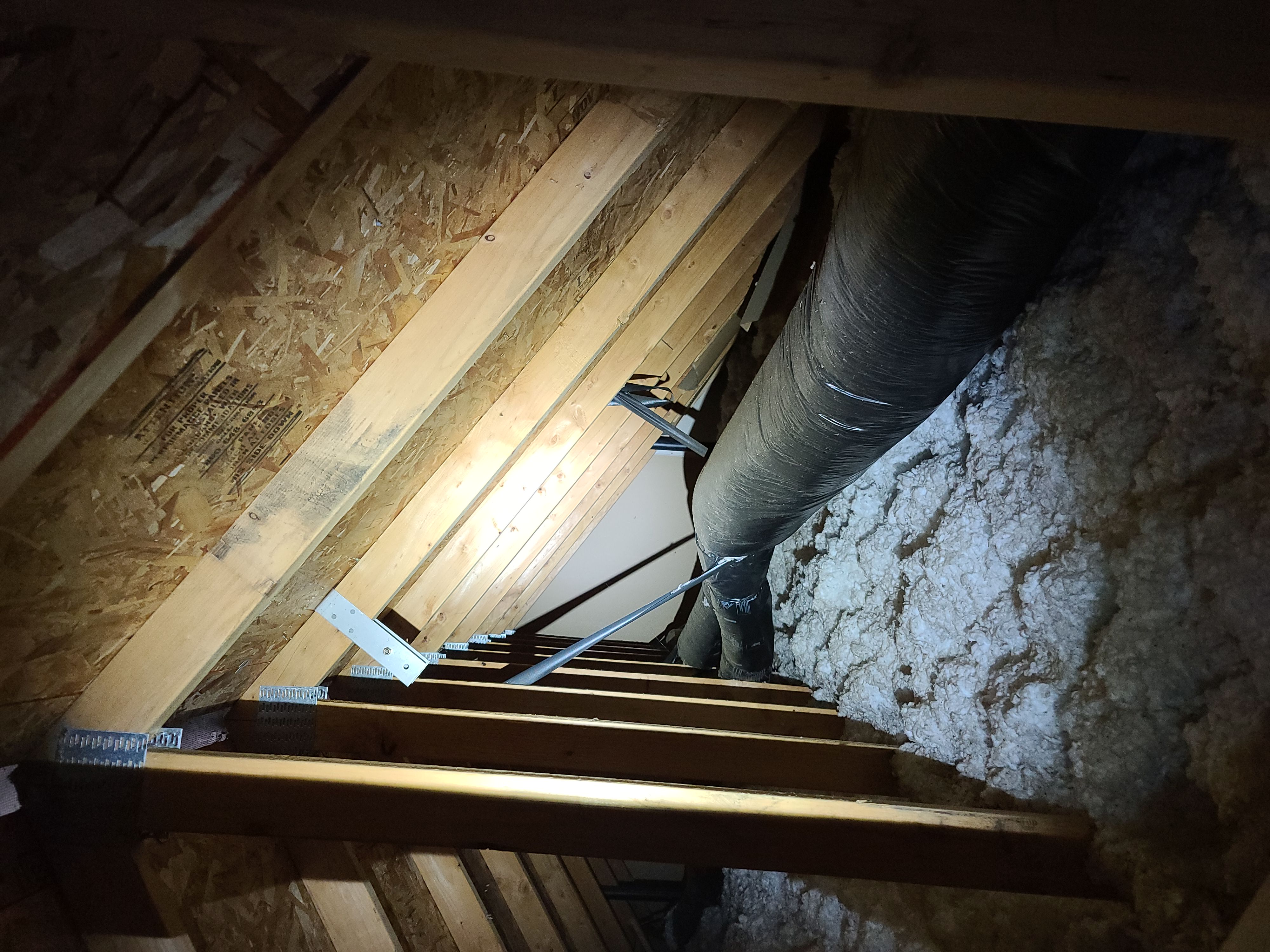
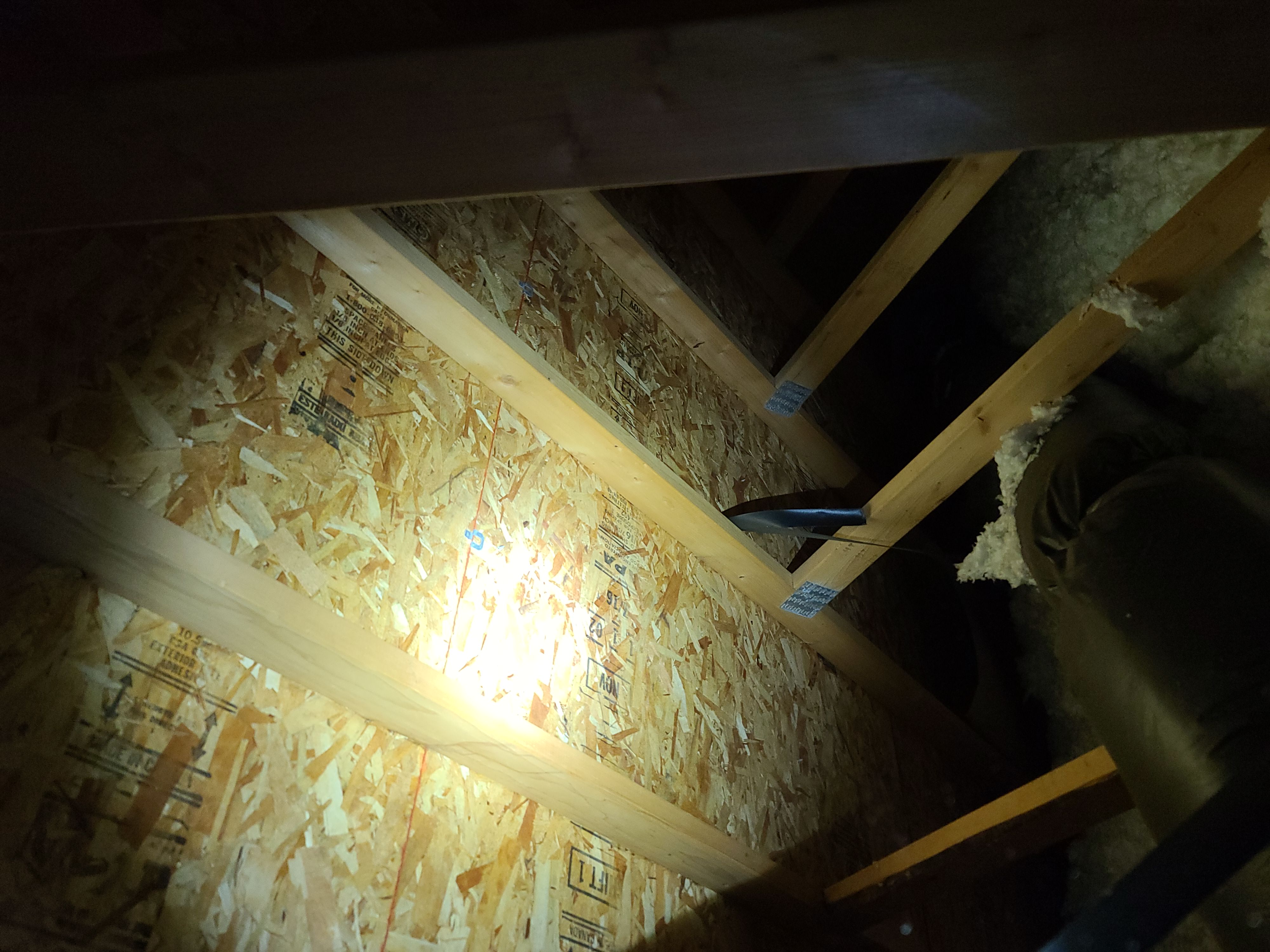
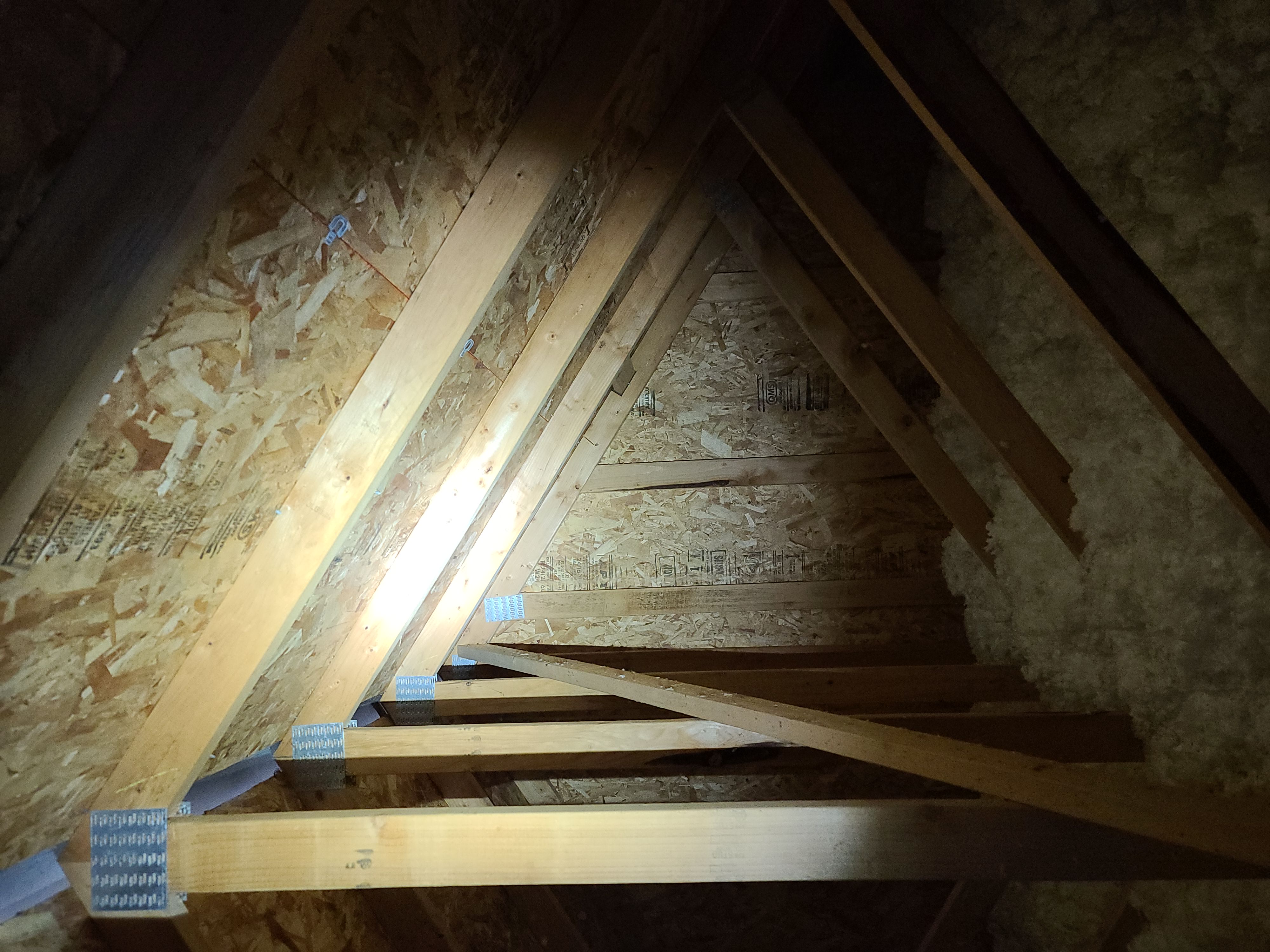
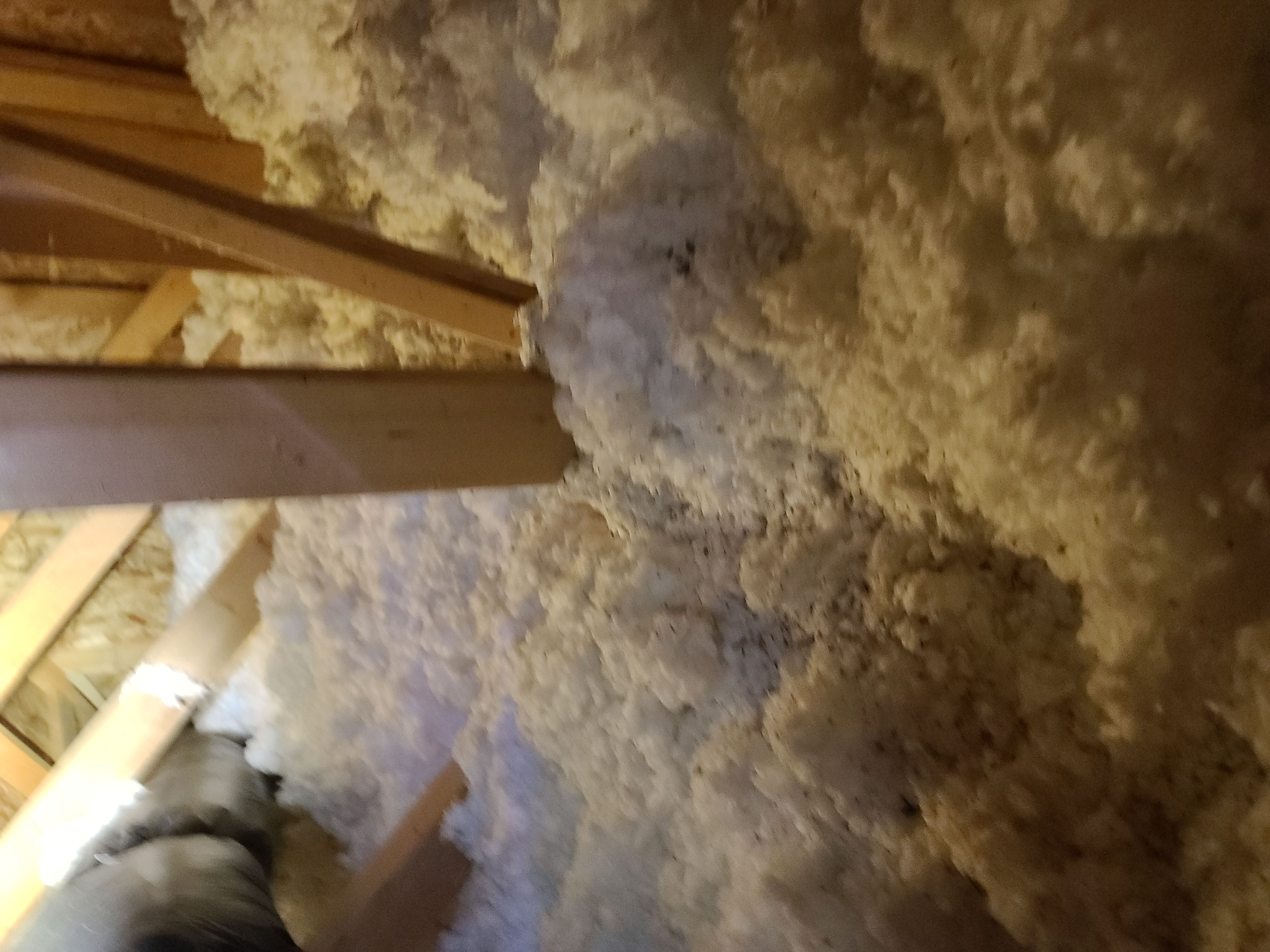
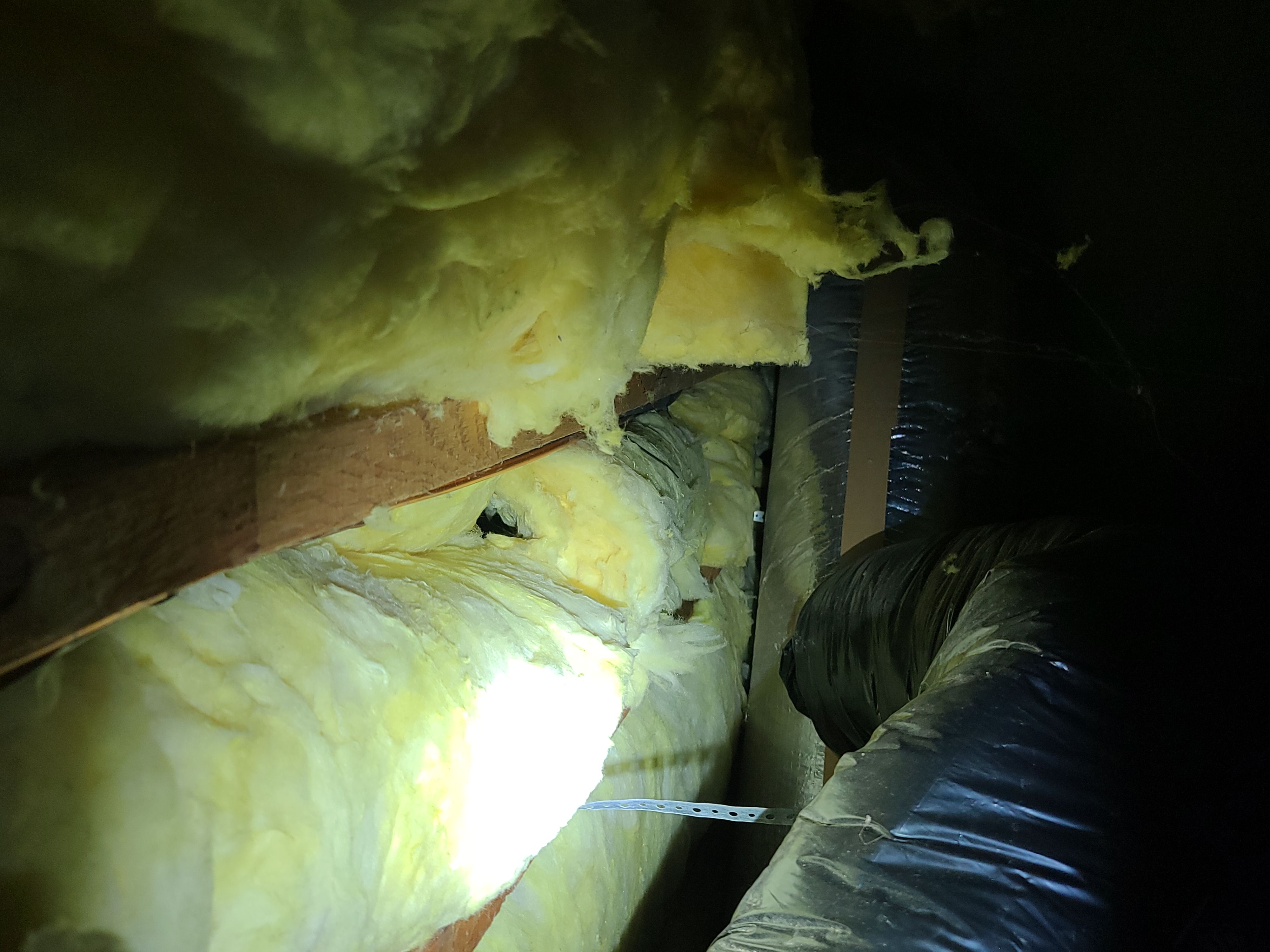
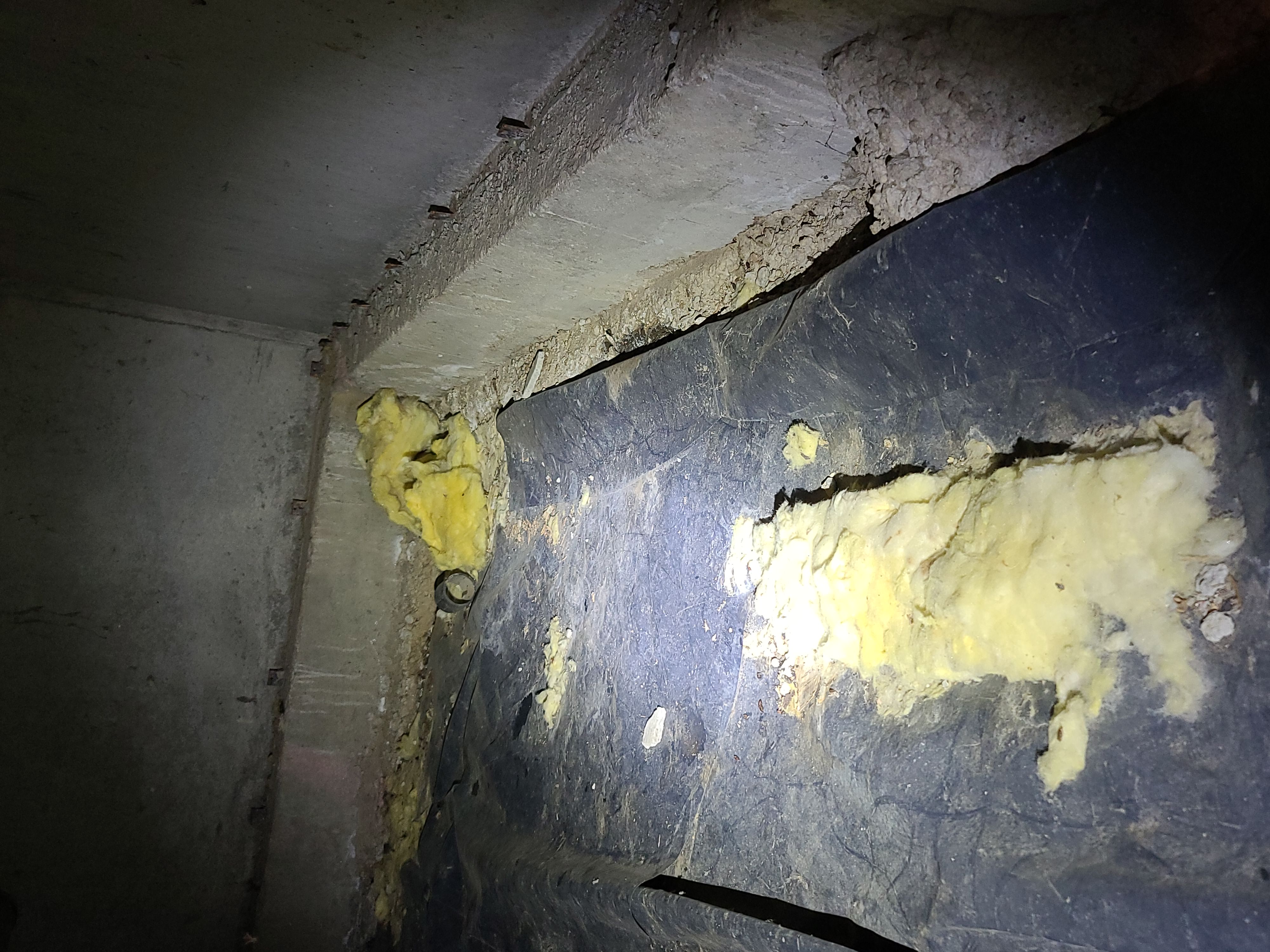
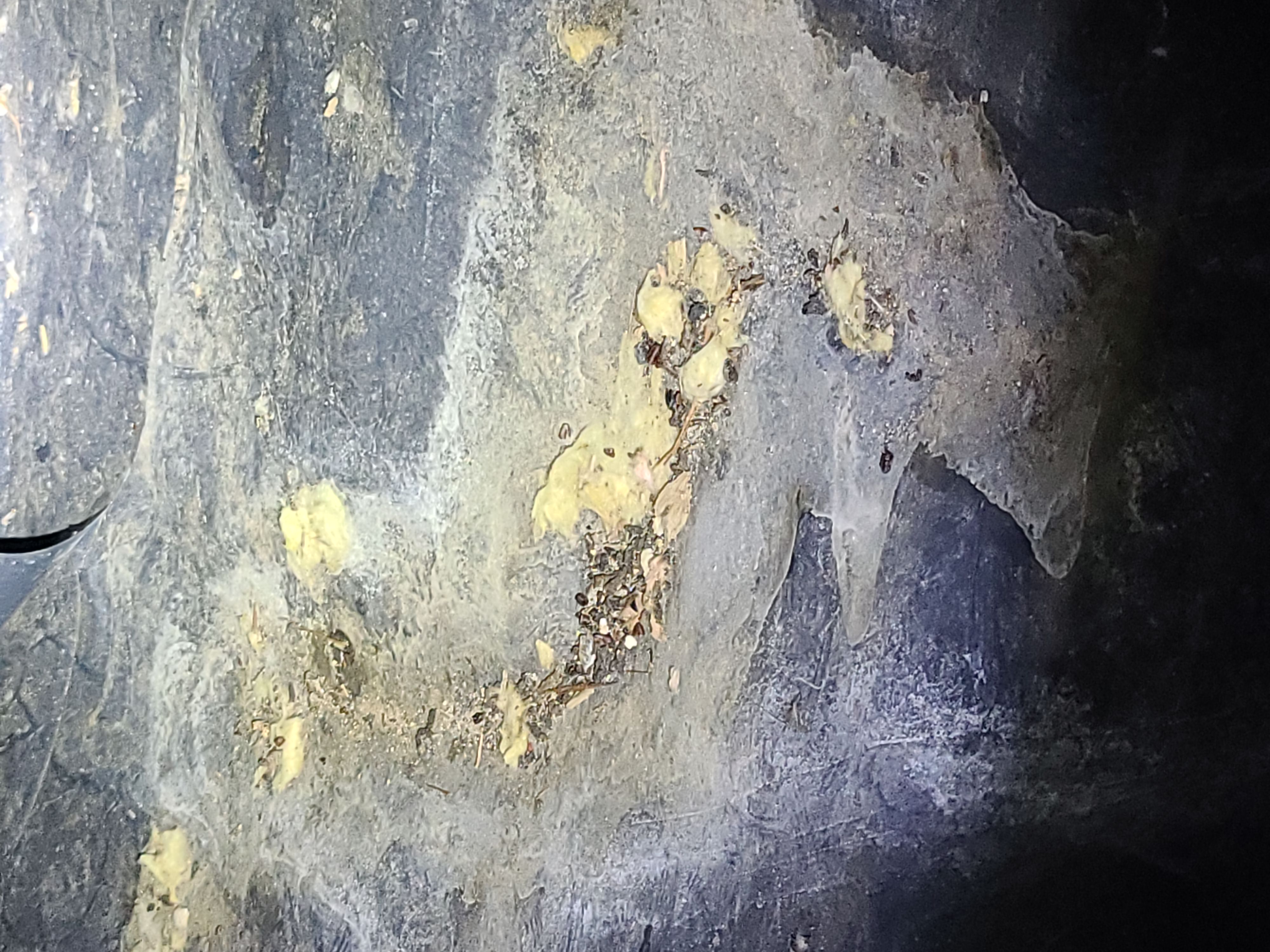
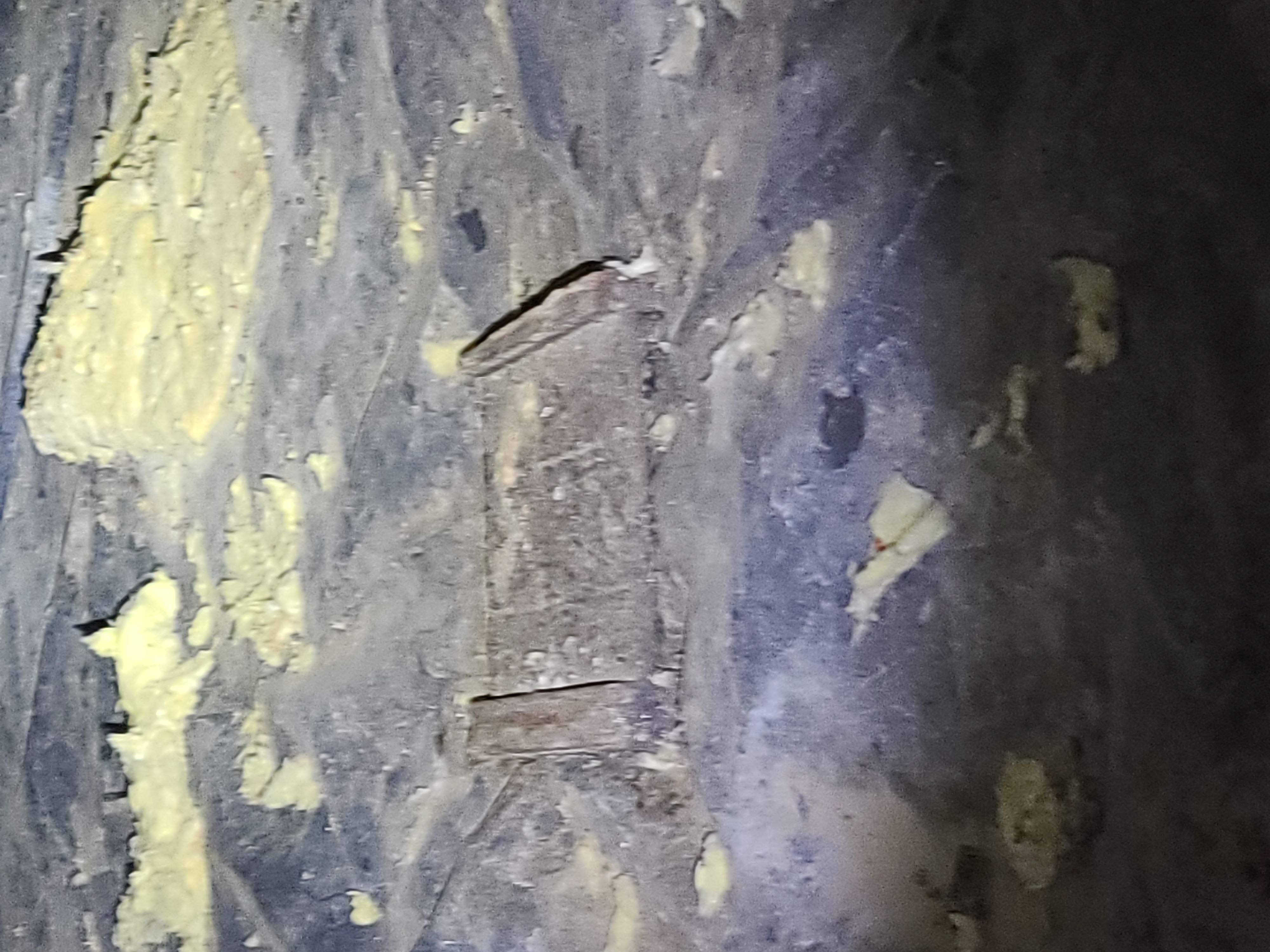
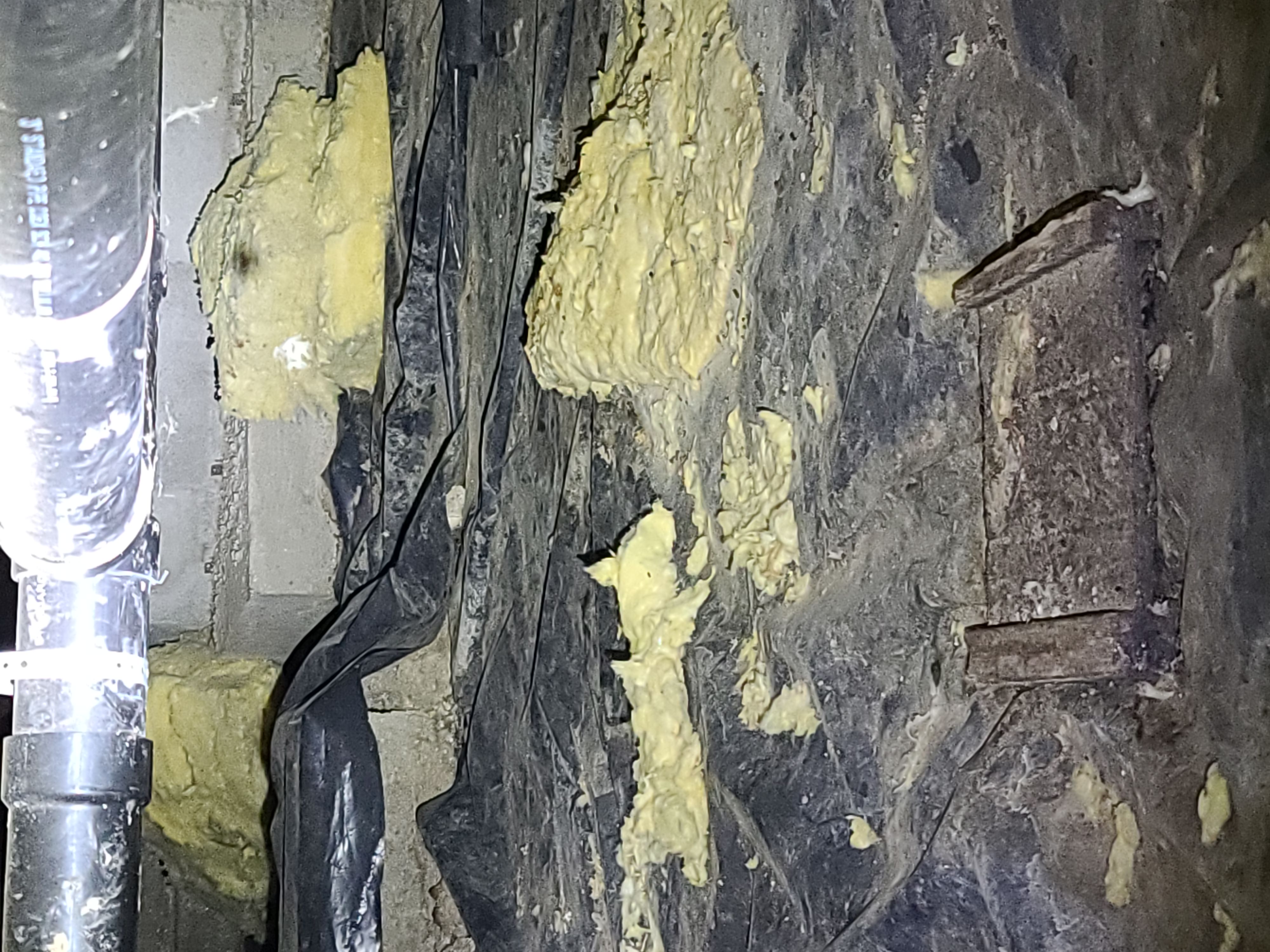
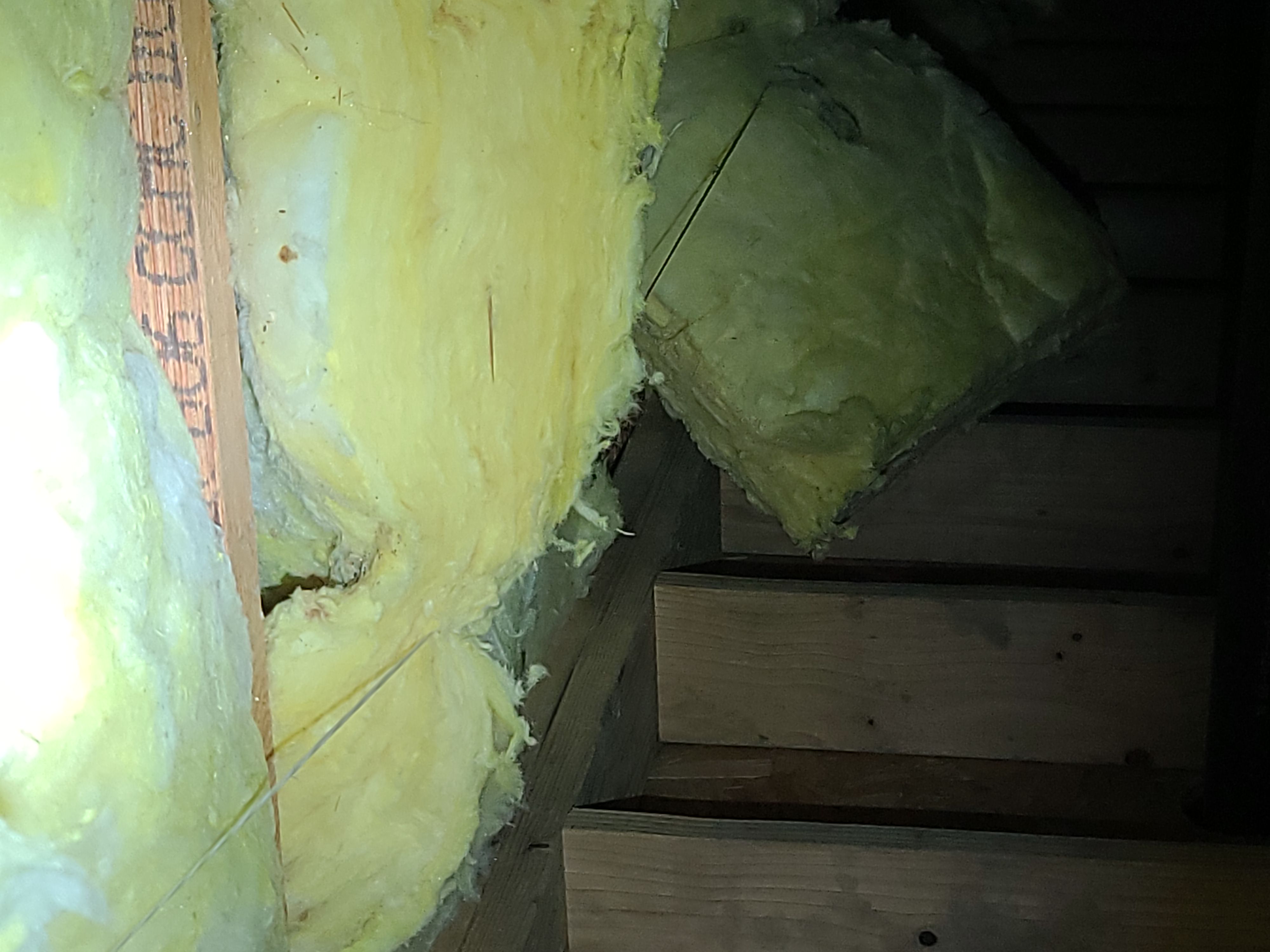
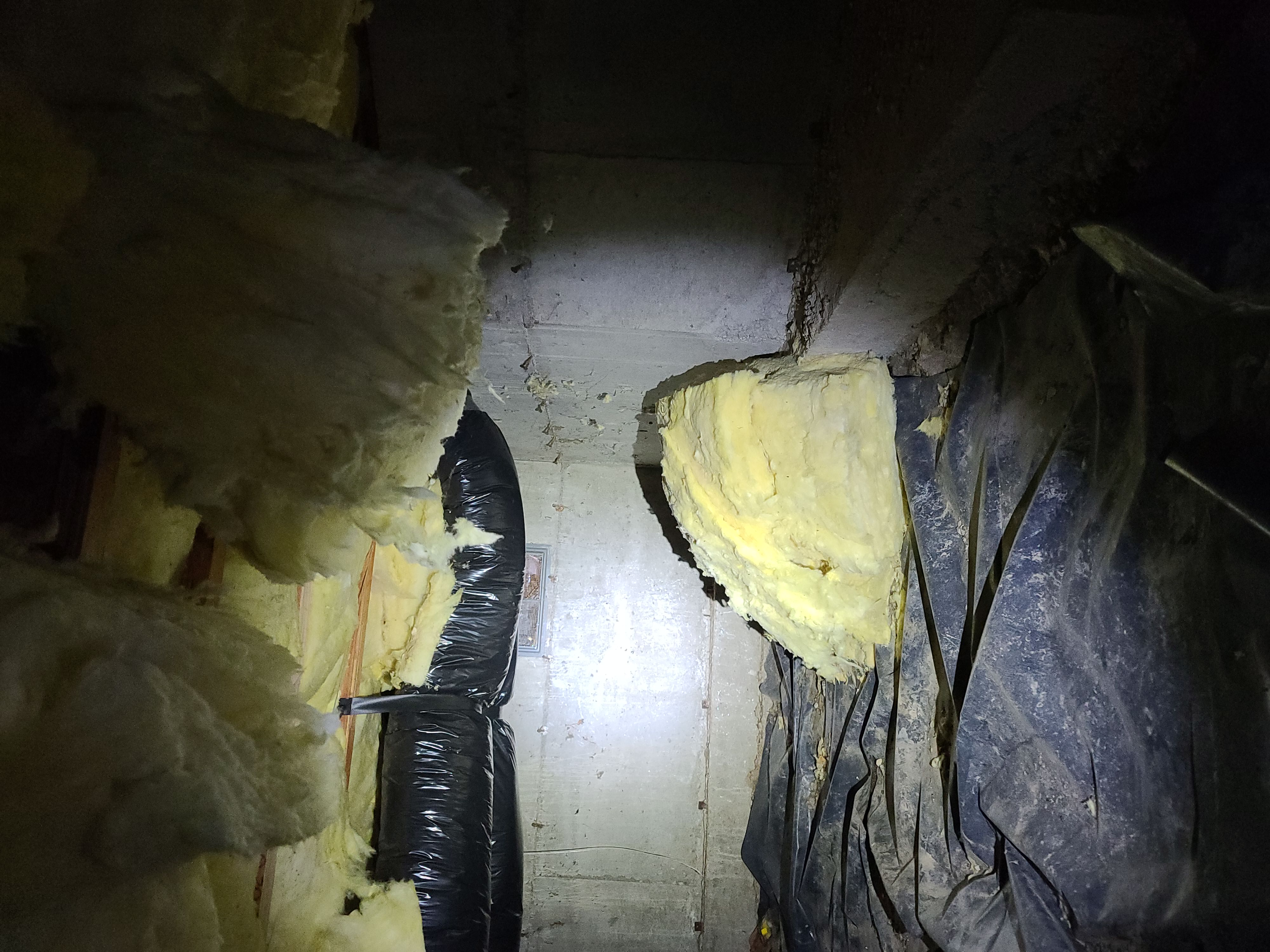
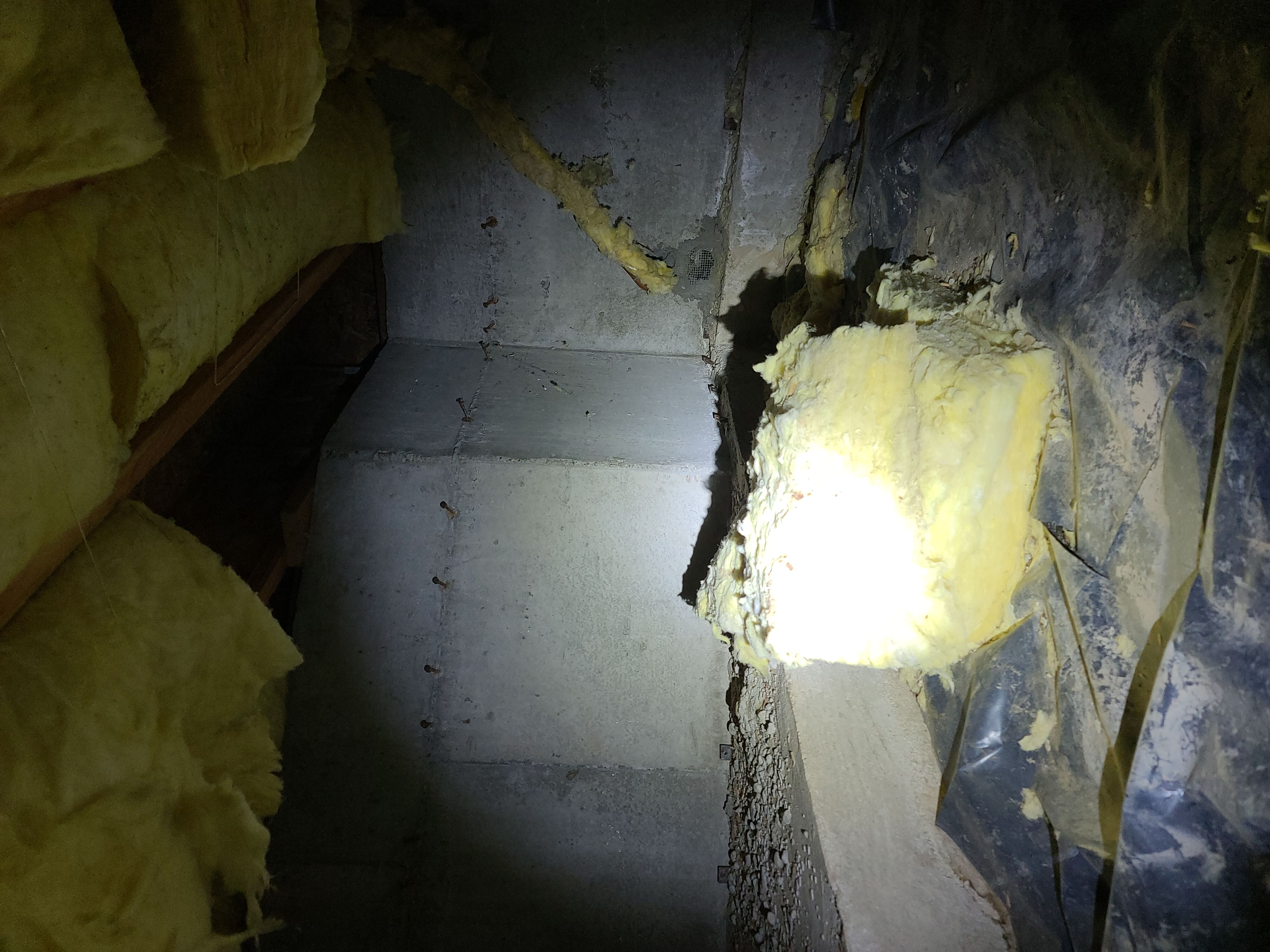


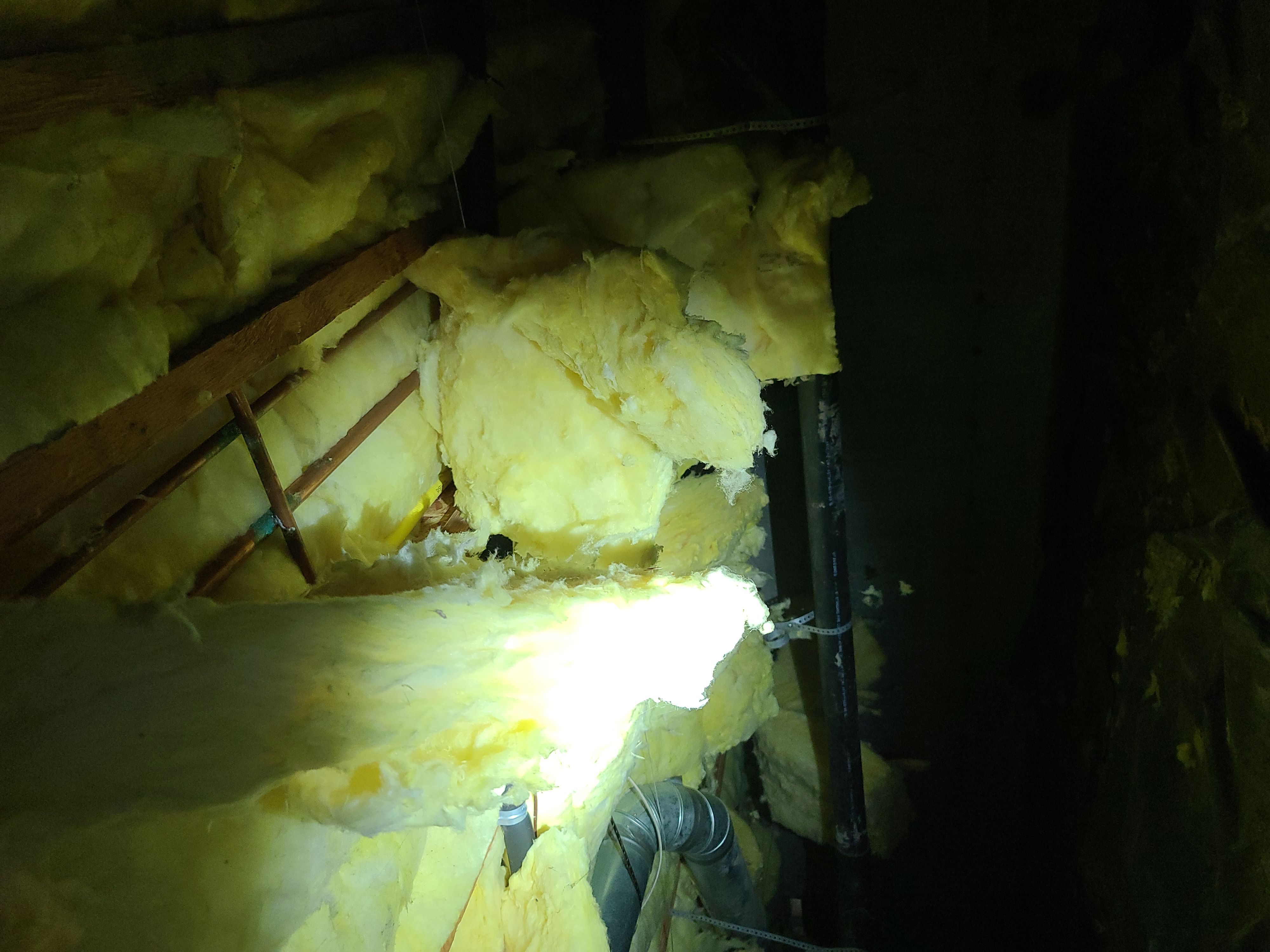
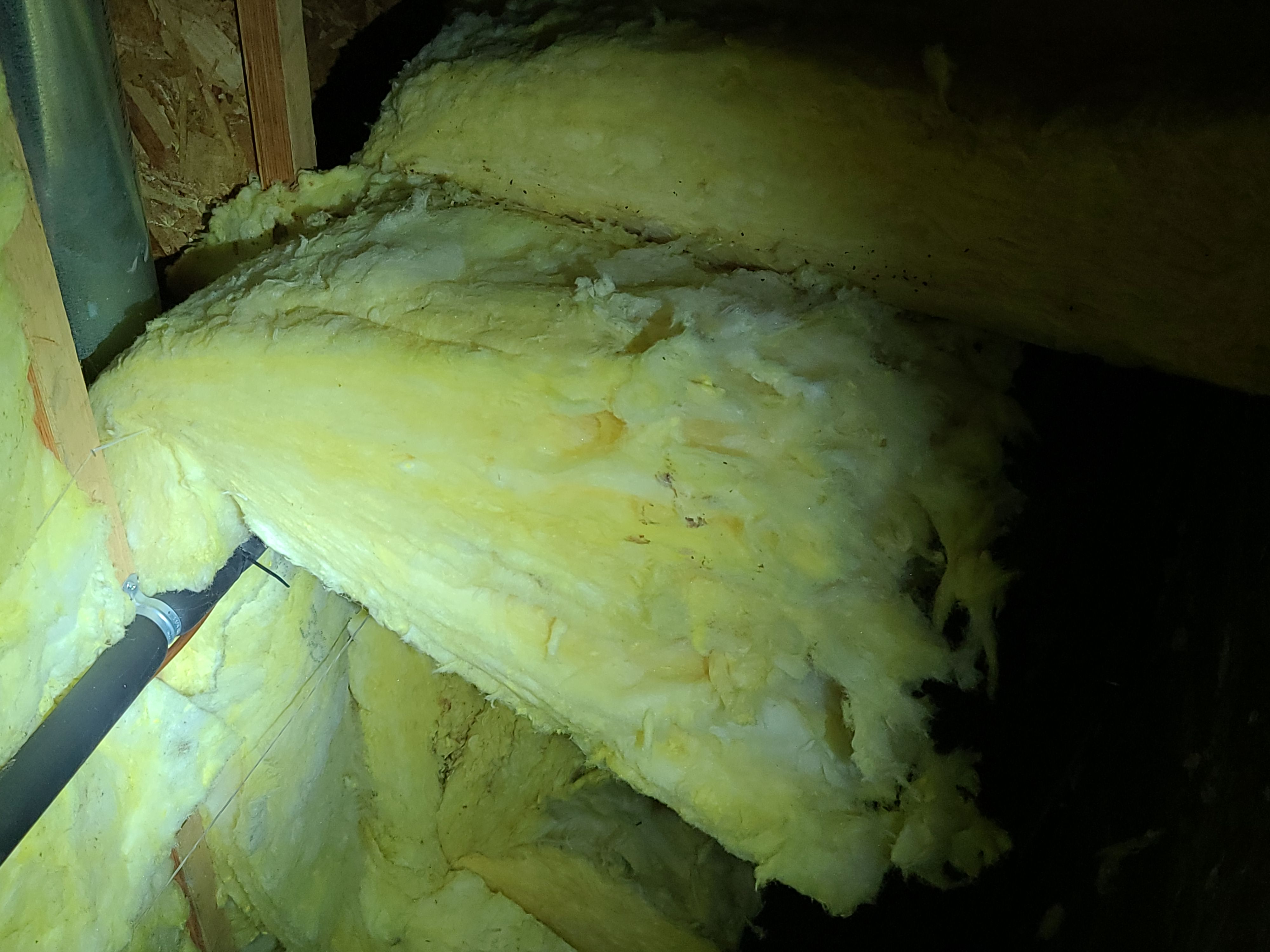
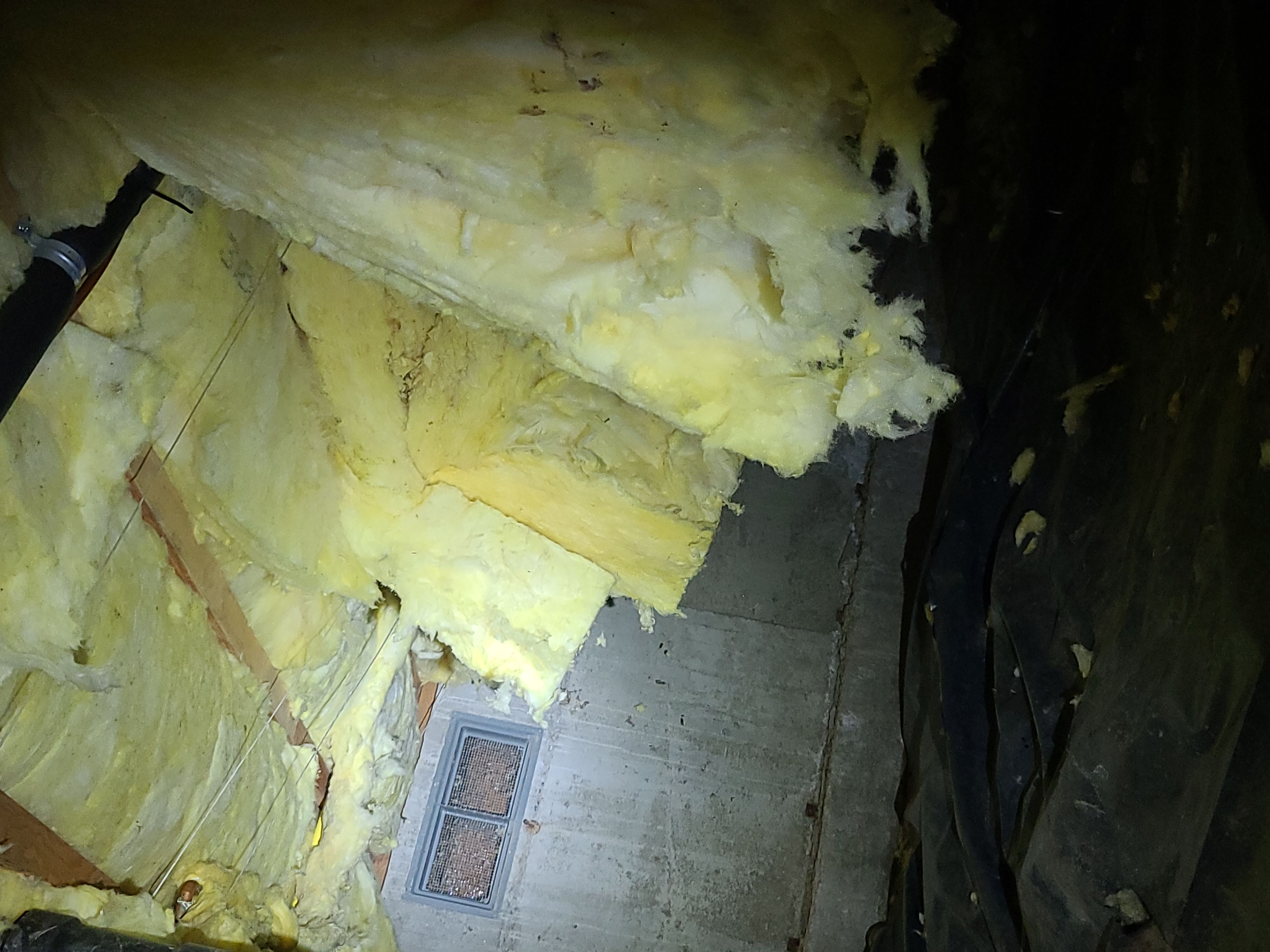

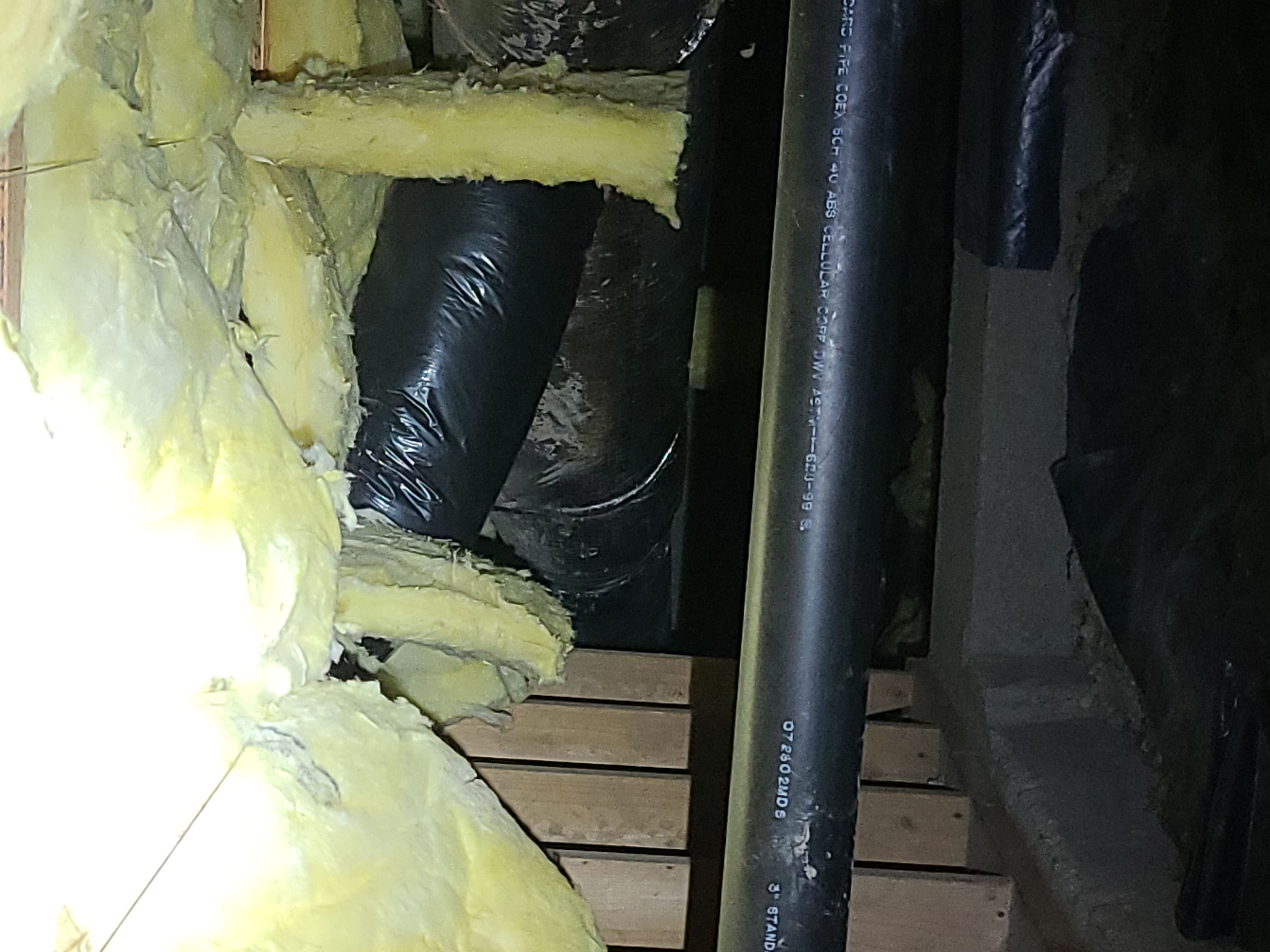

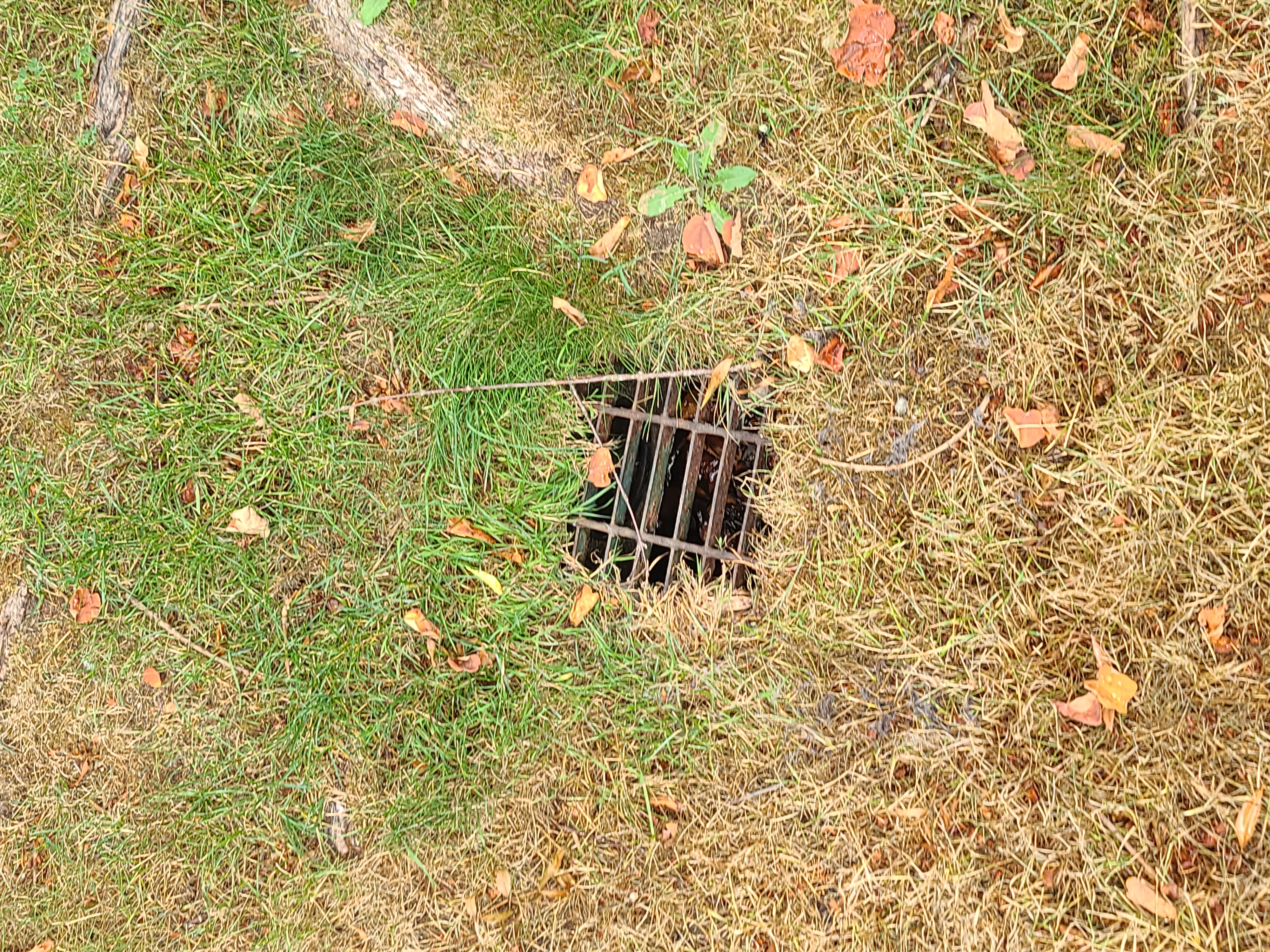

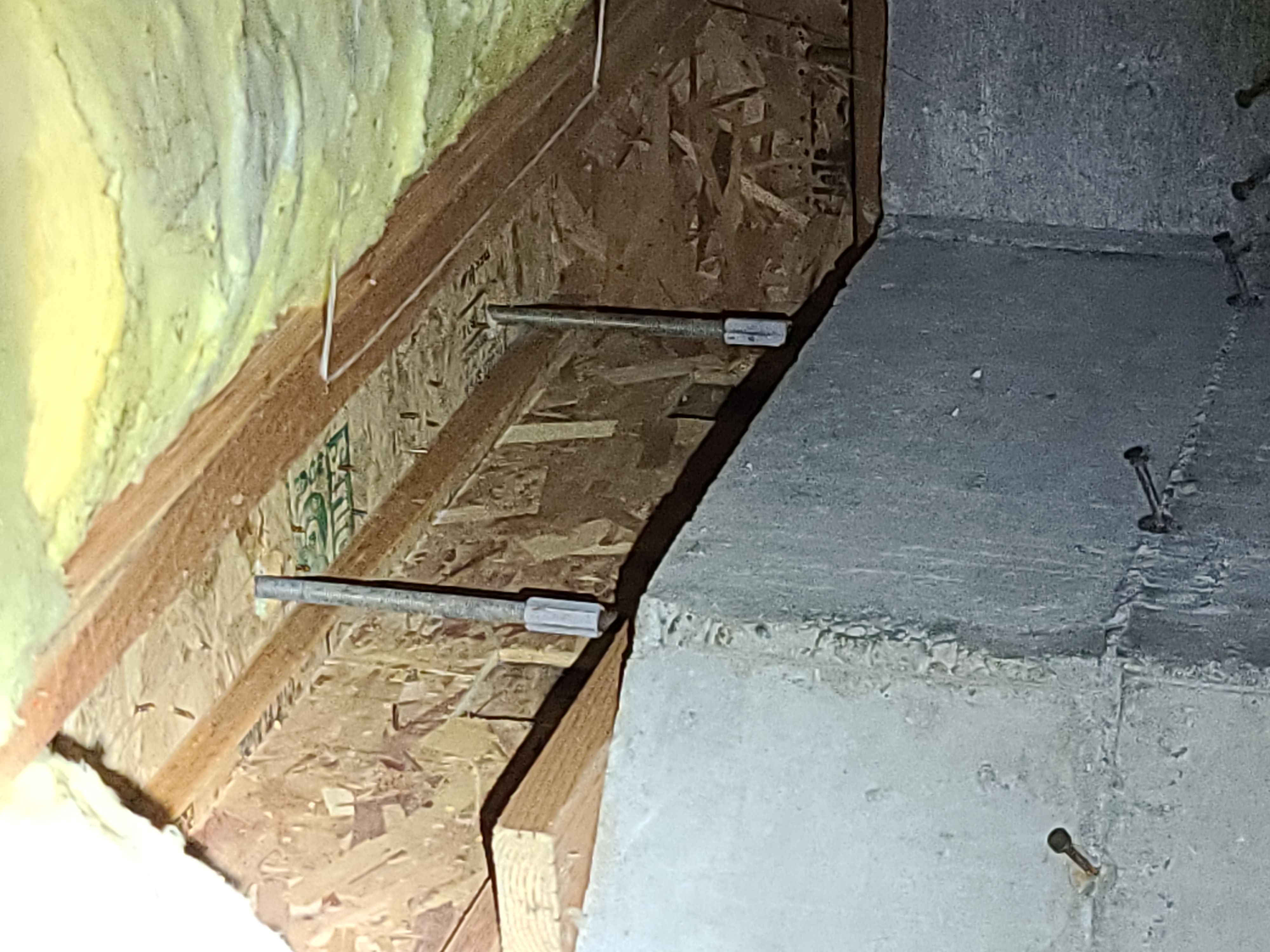
.jpg)